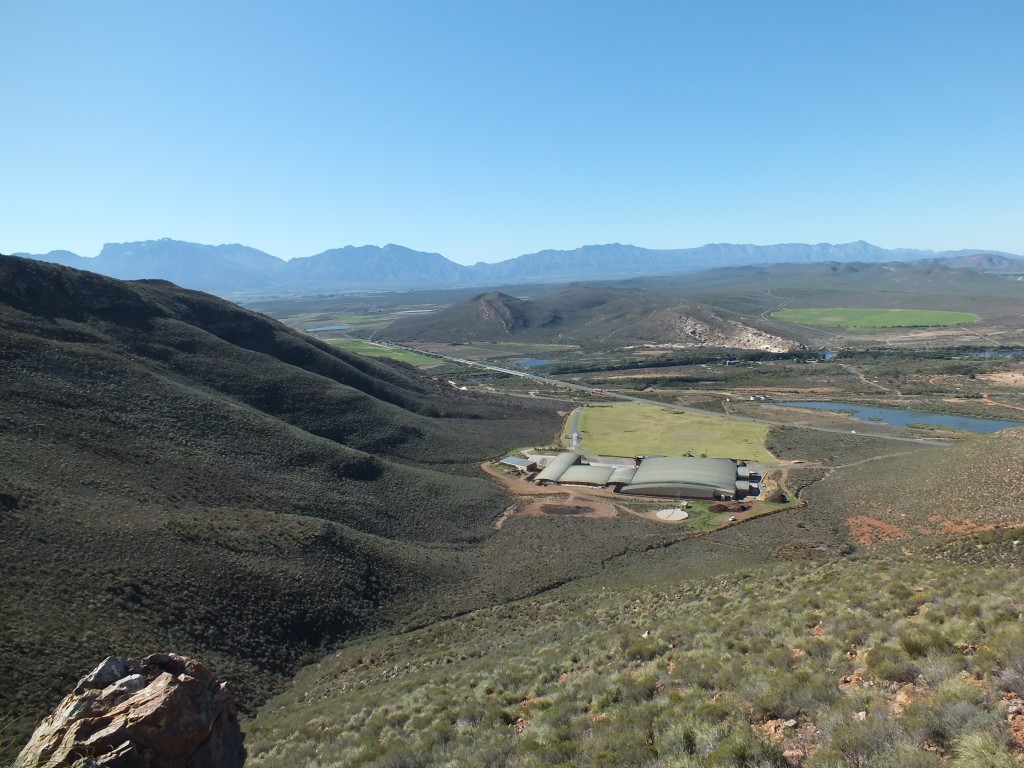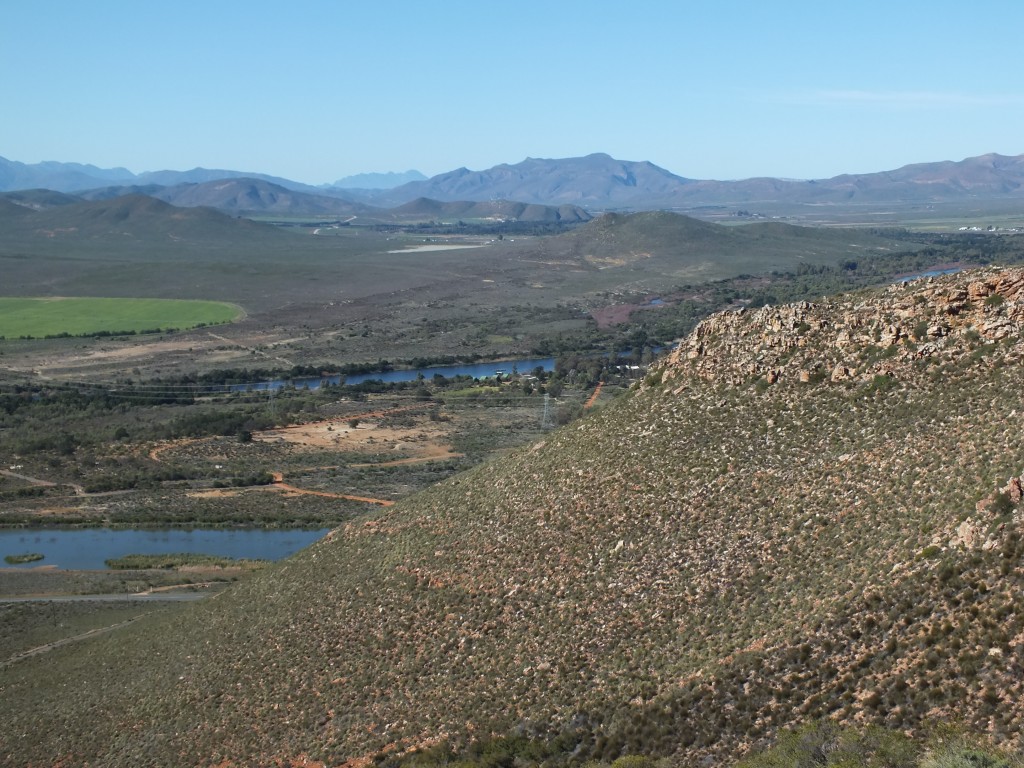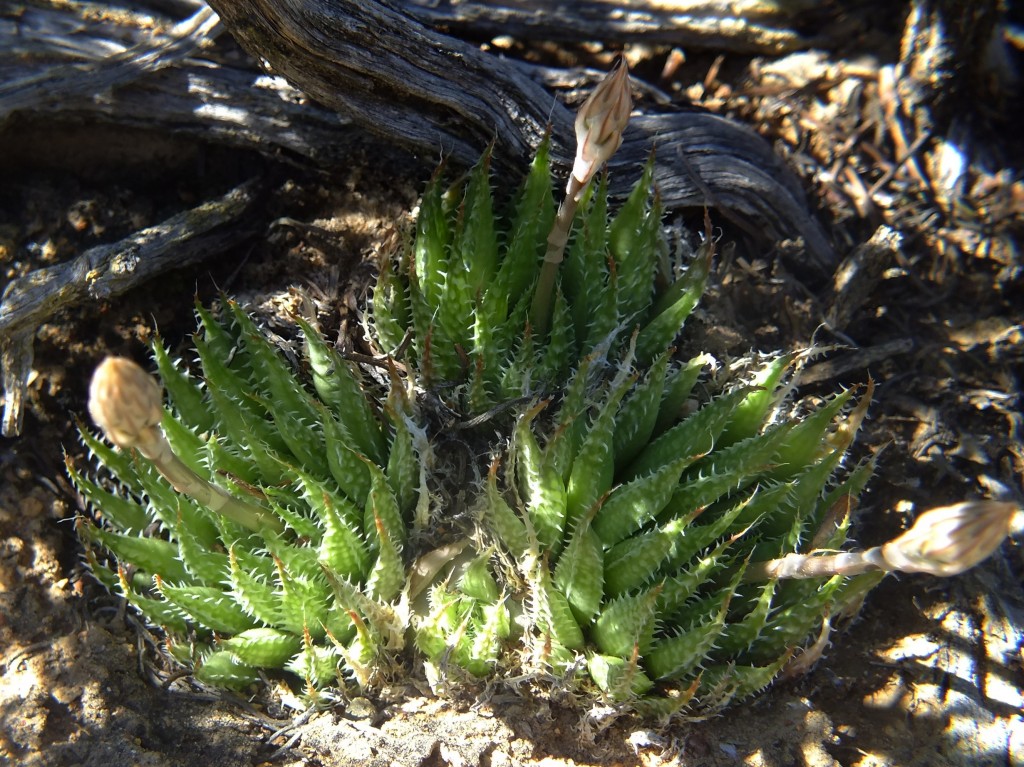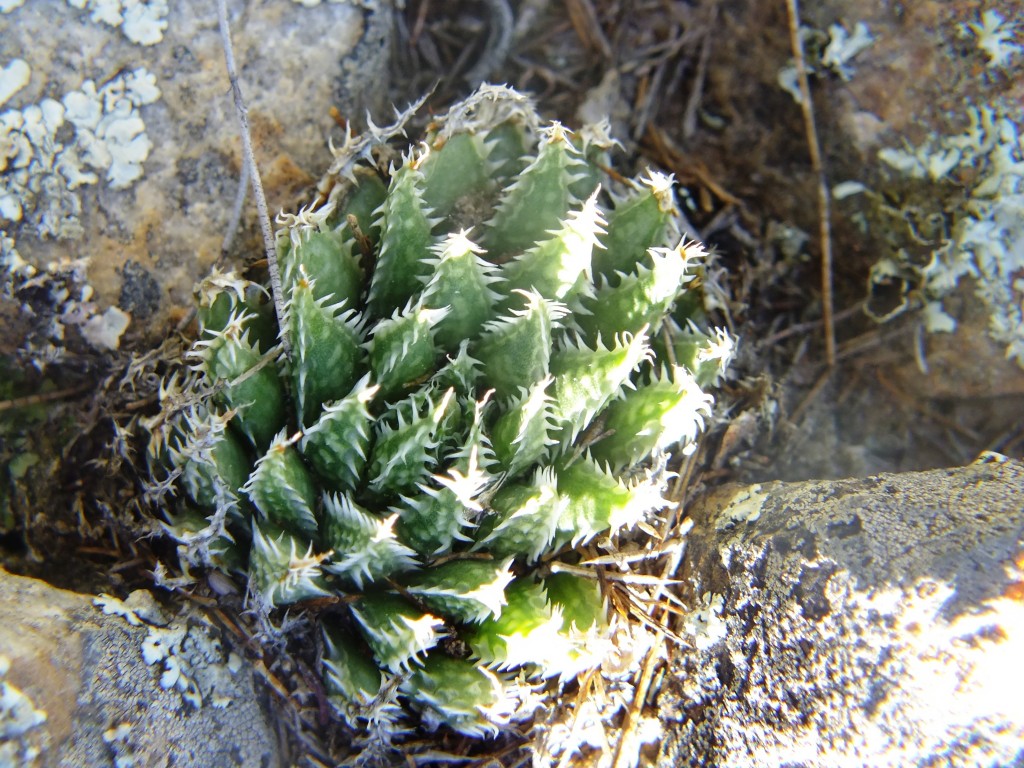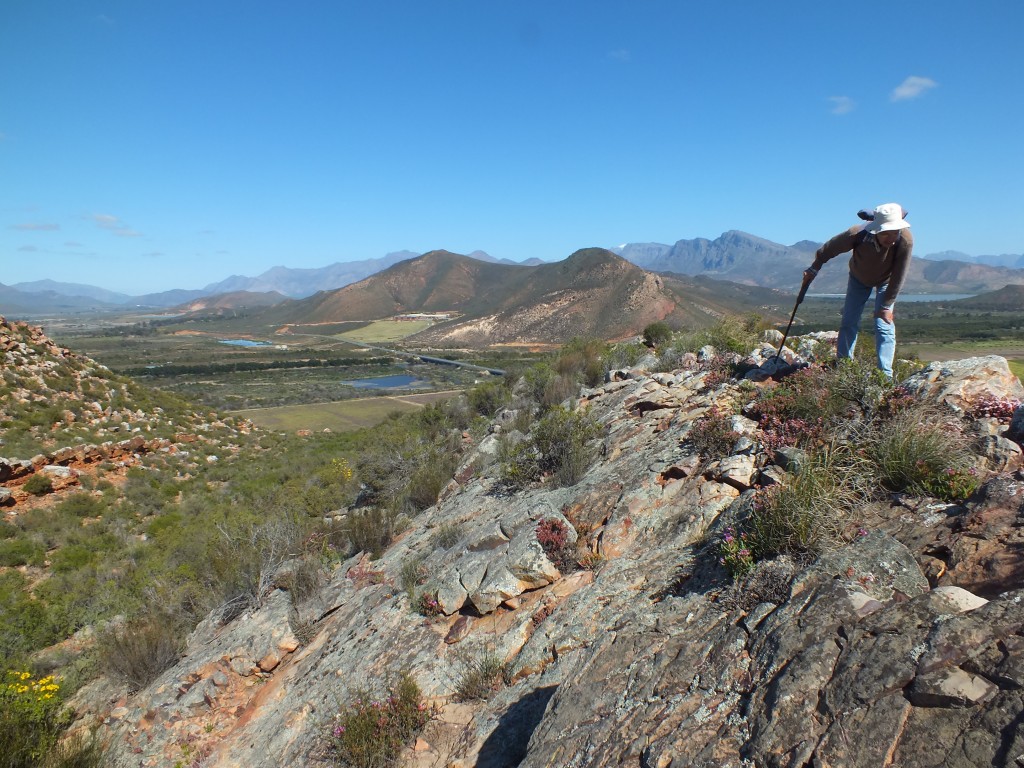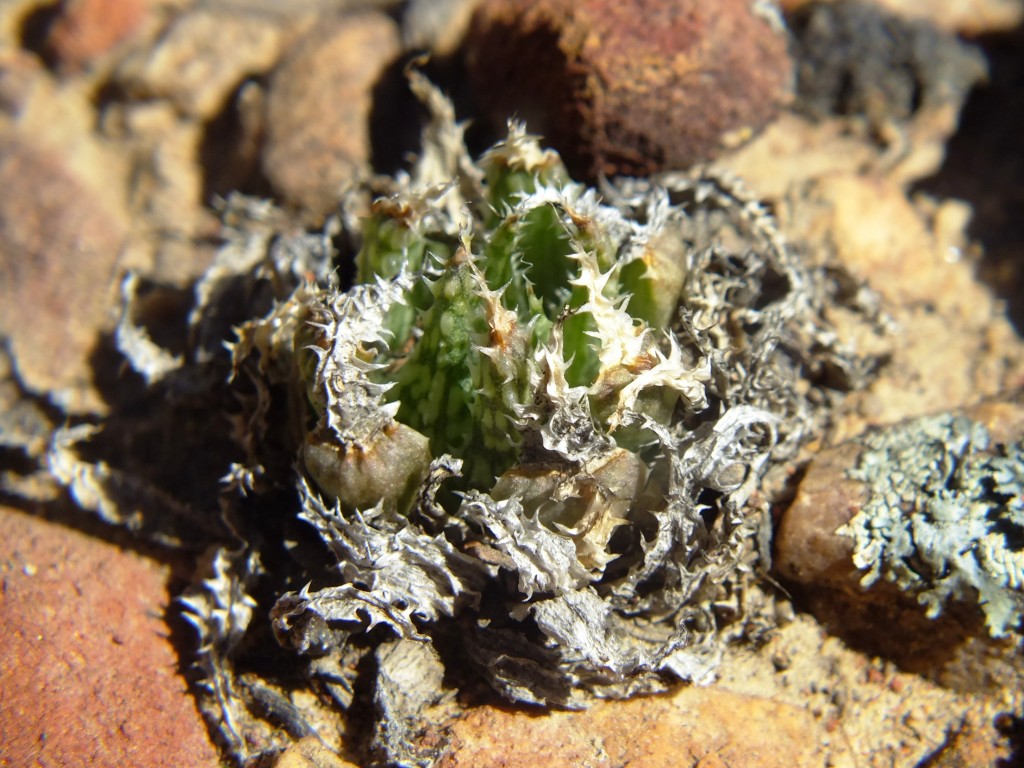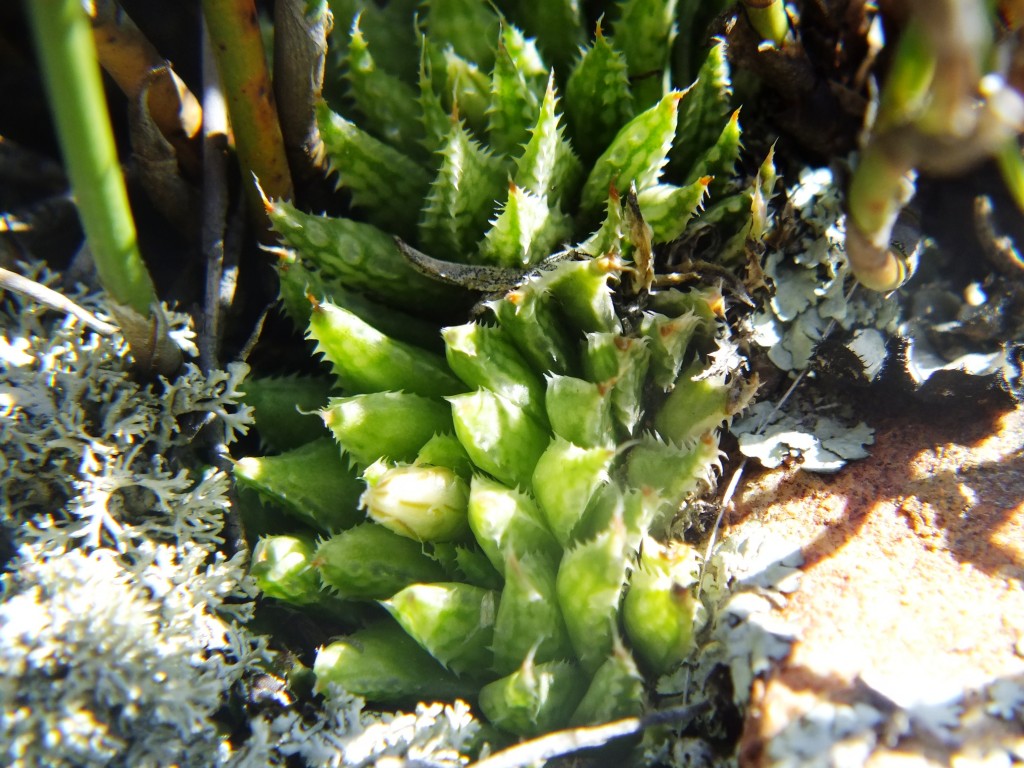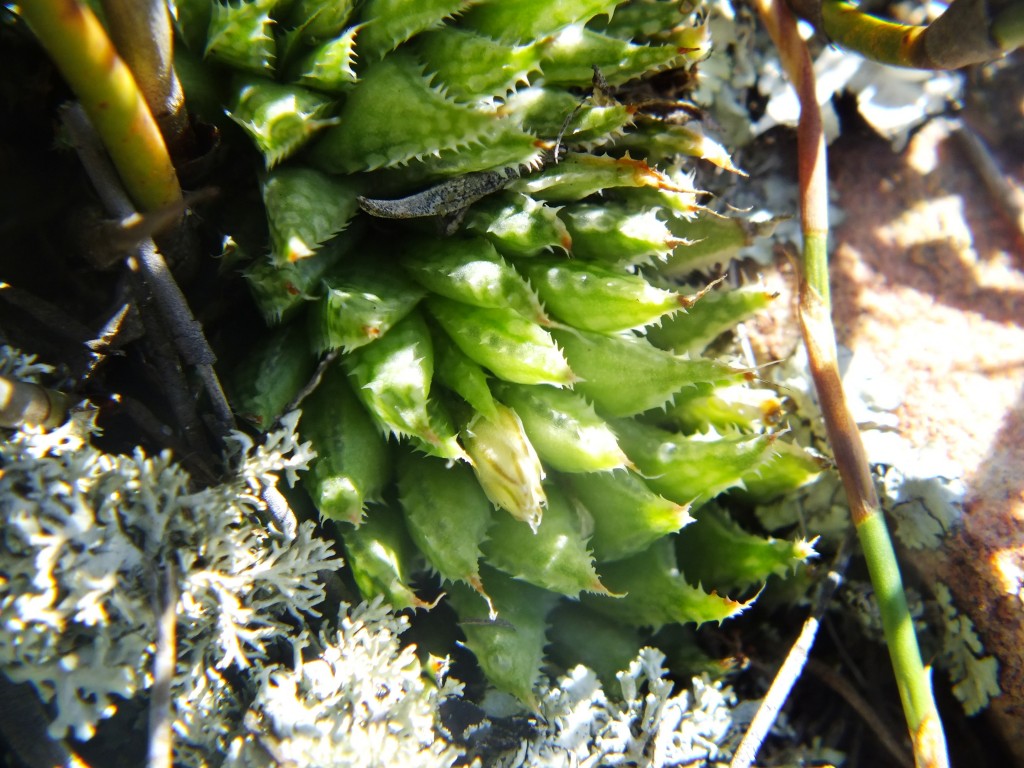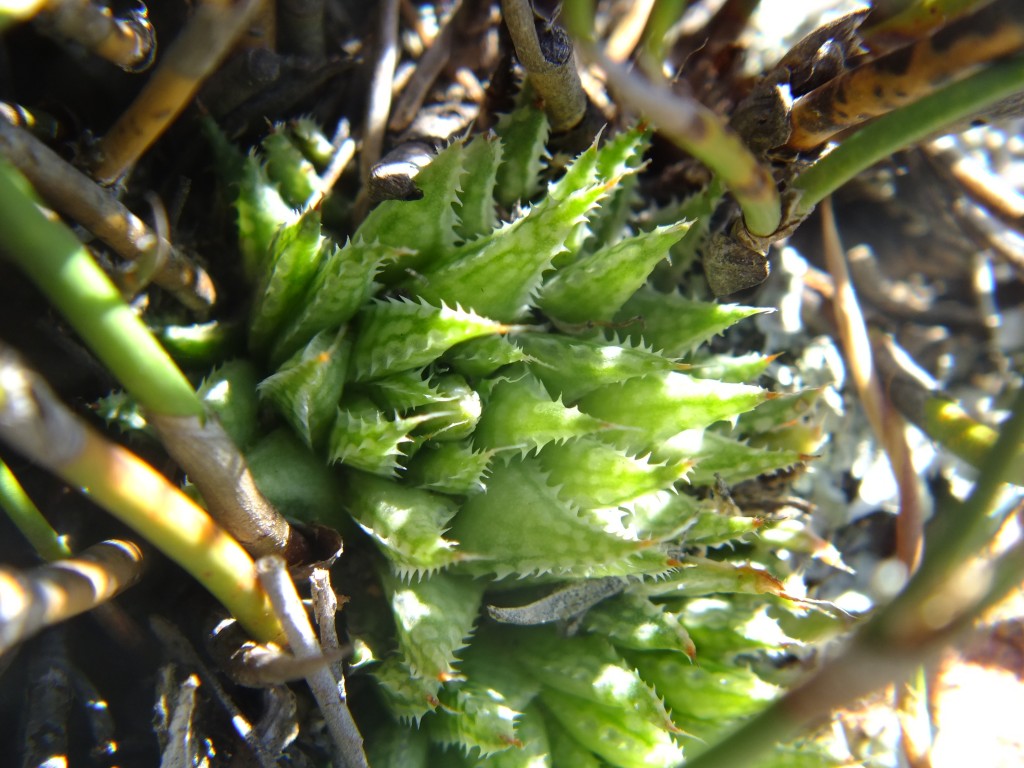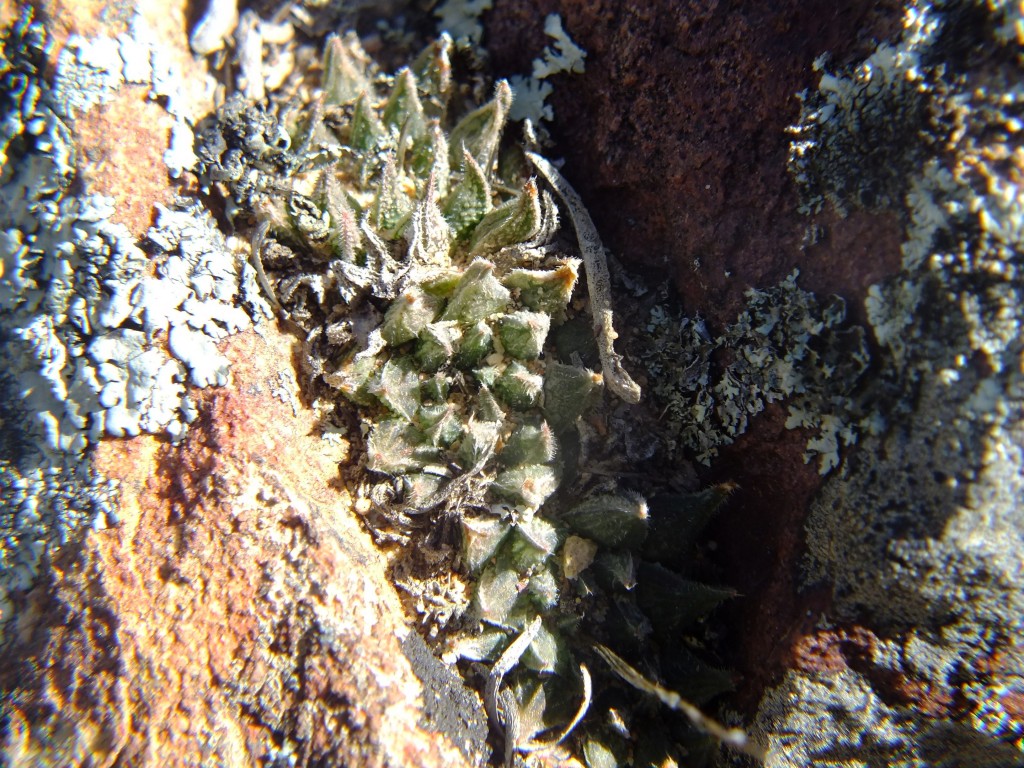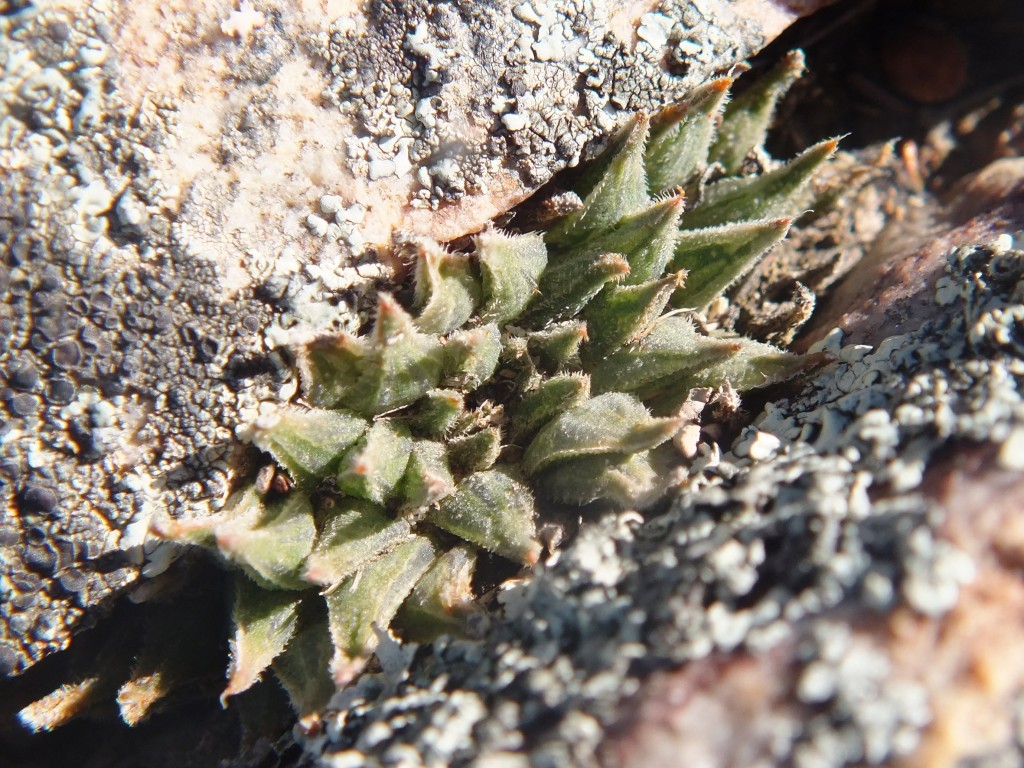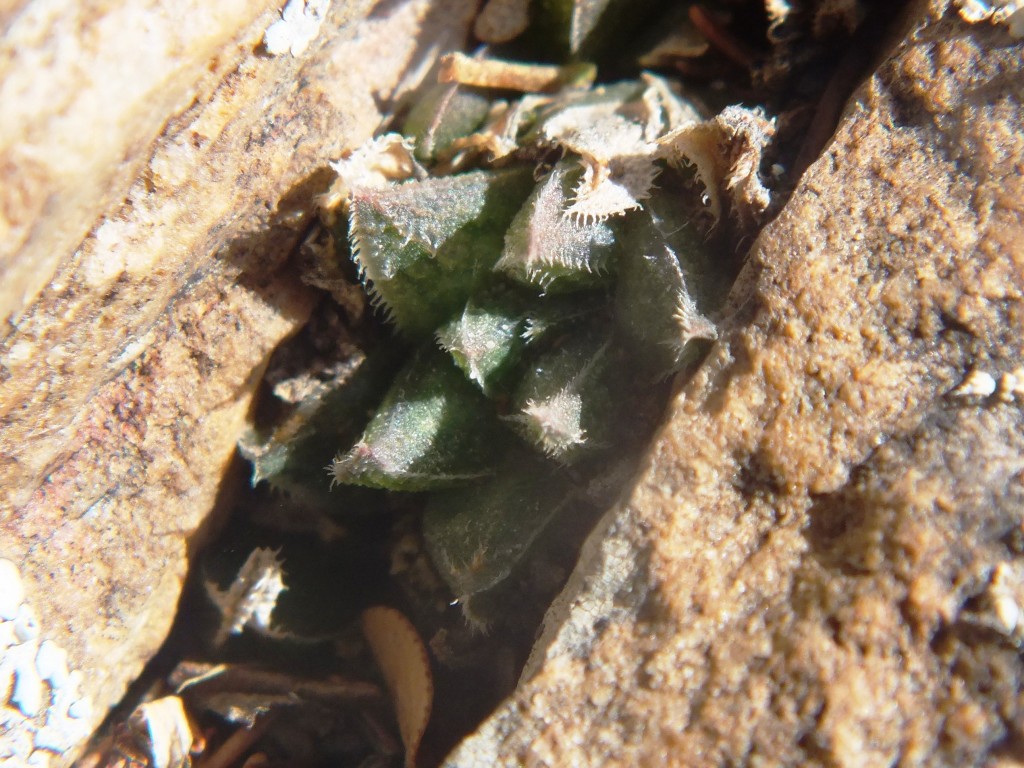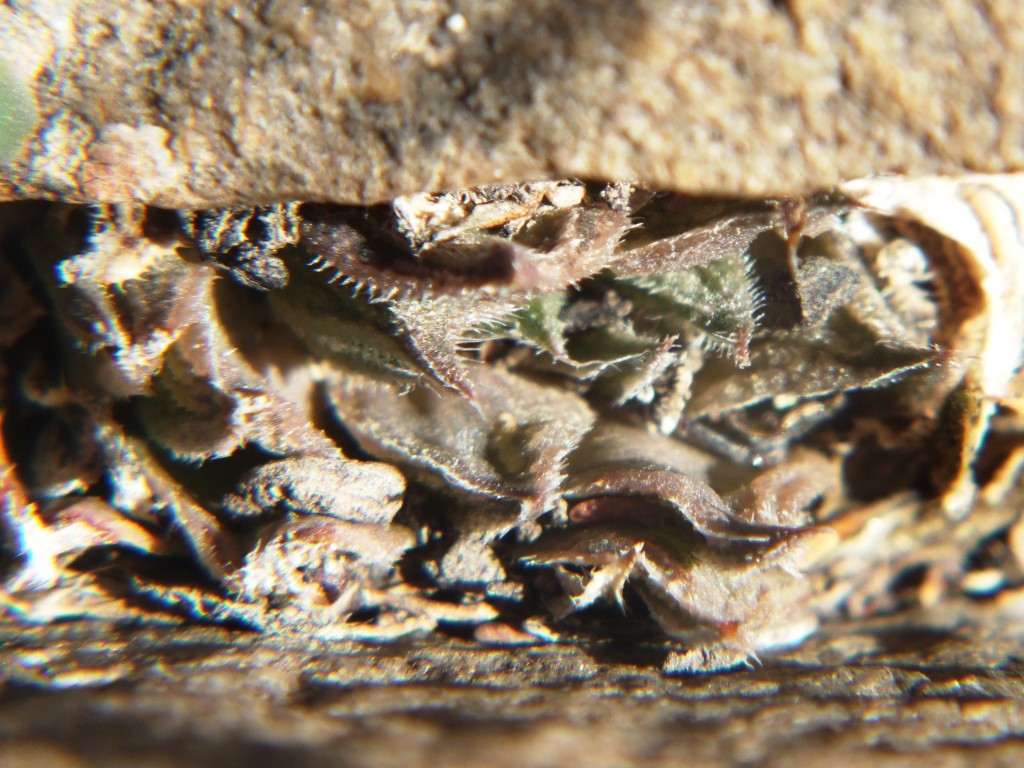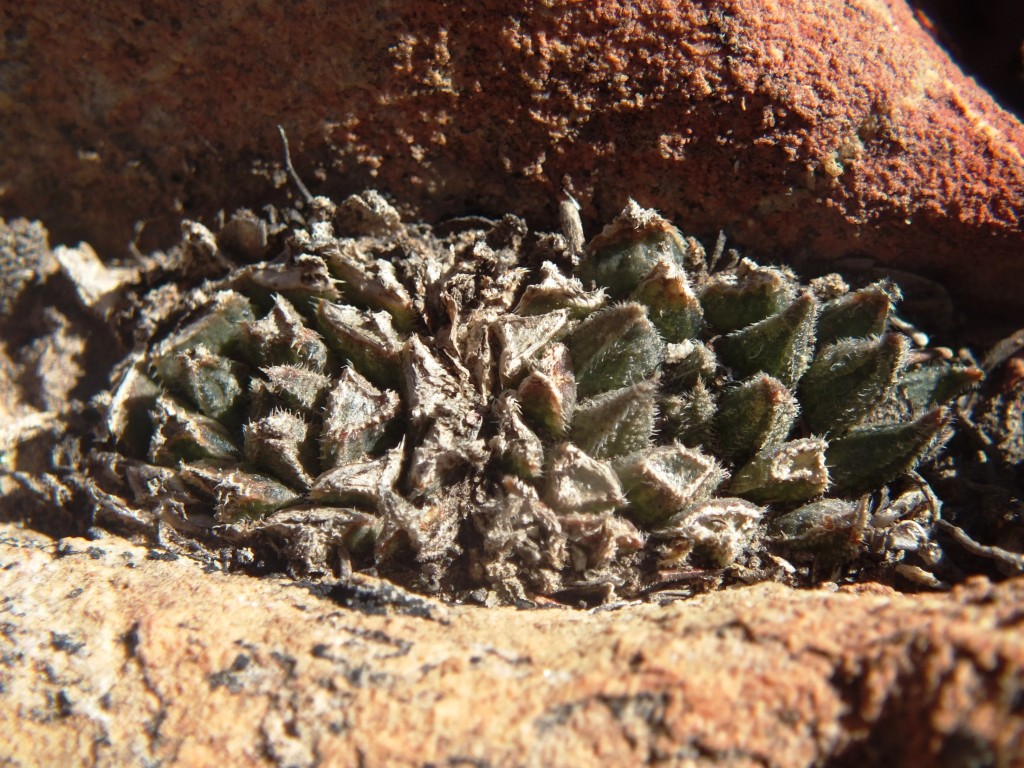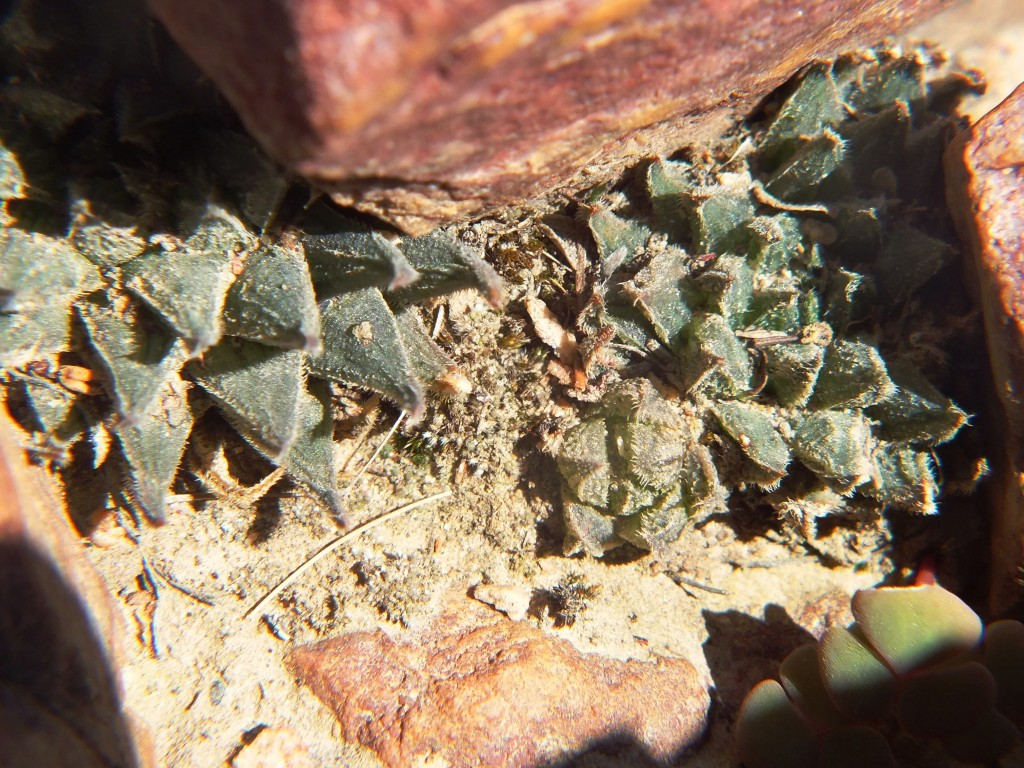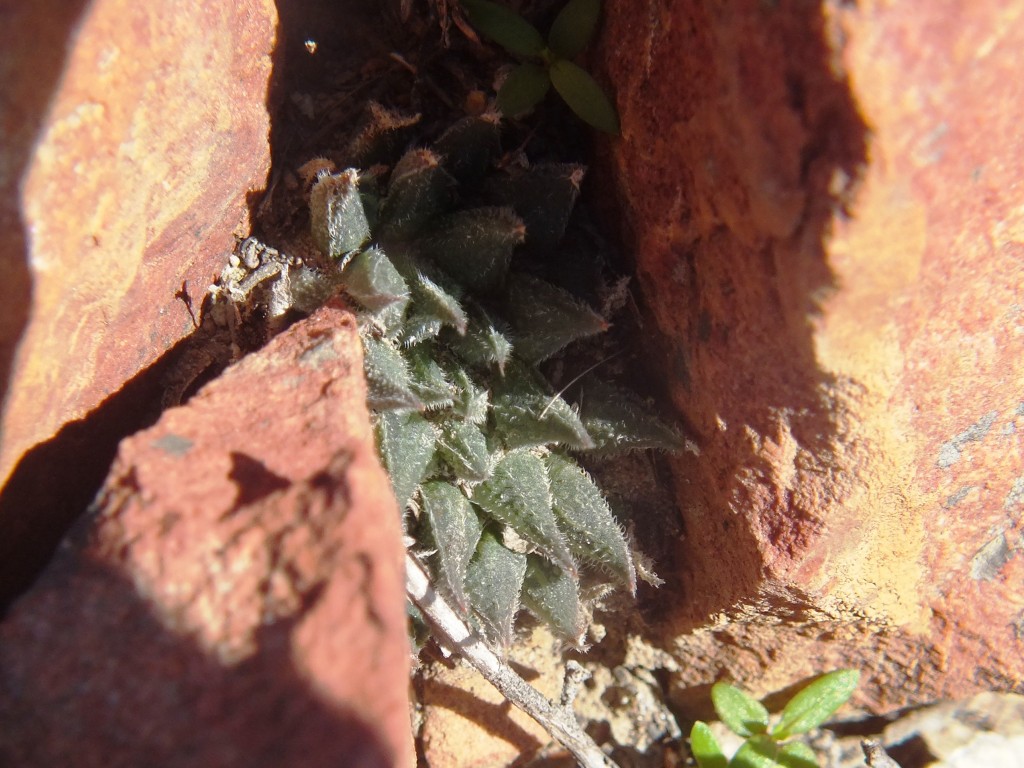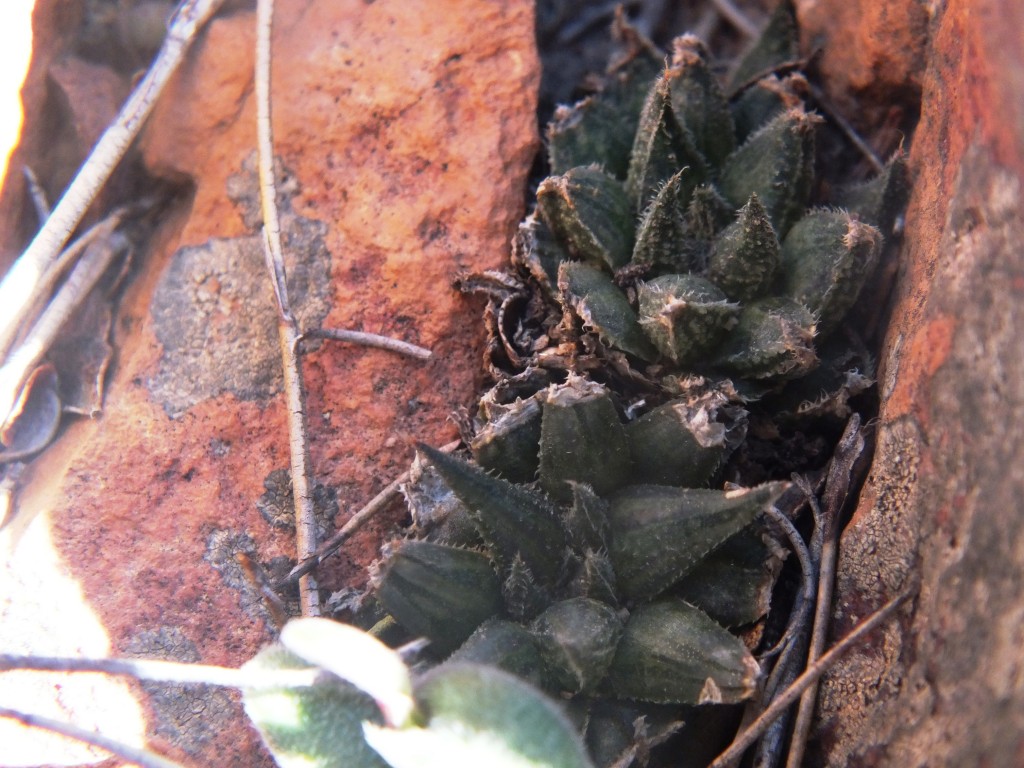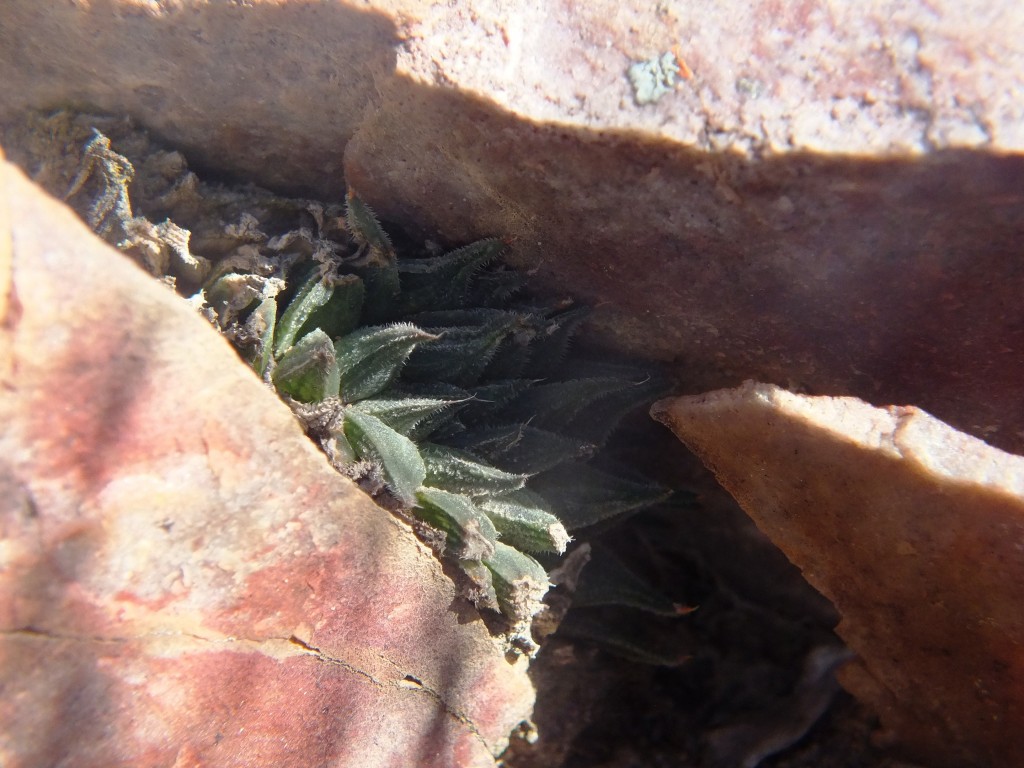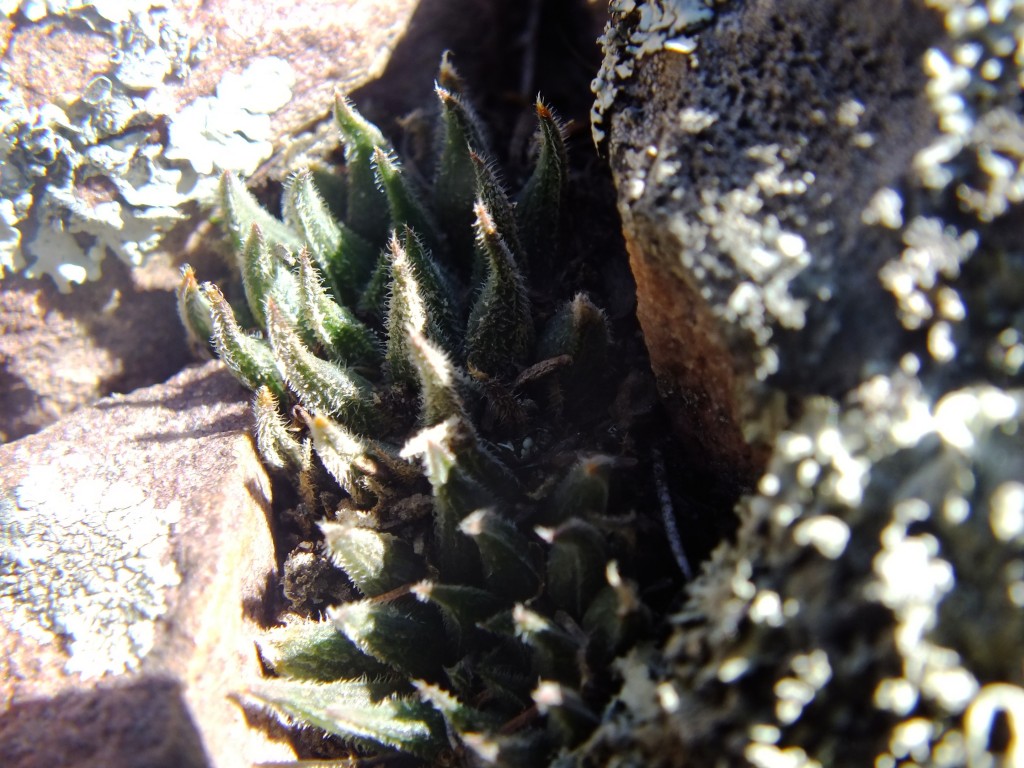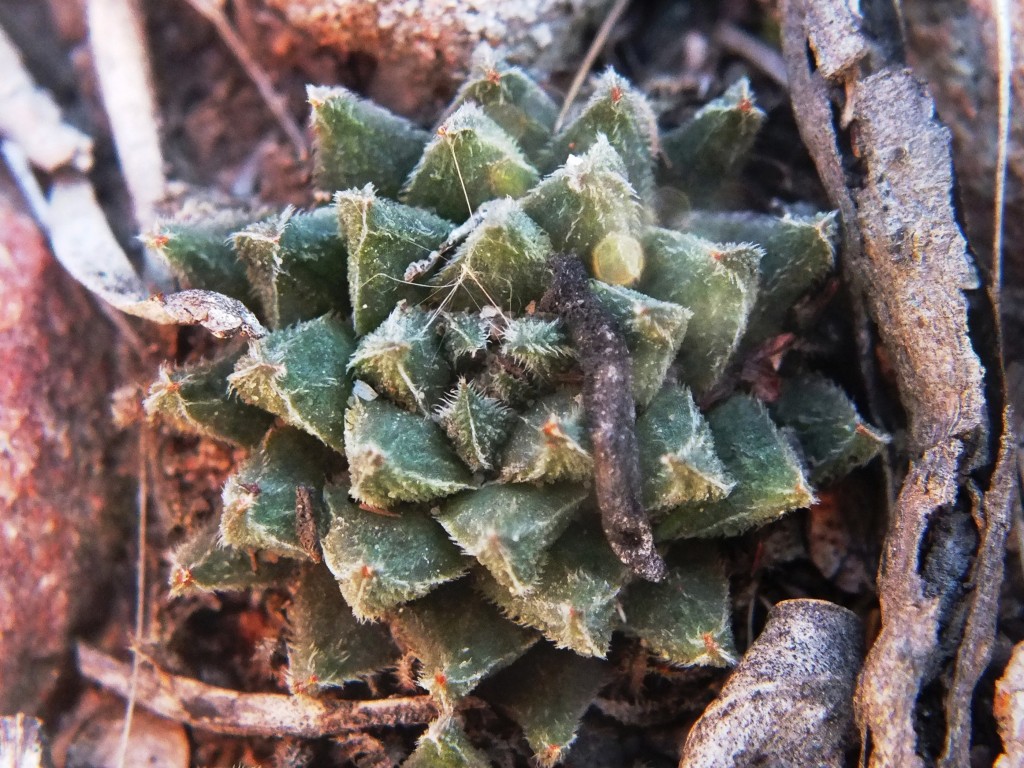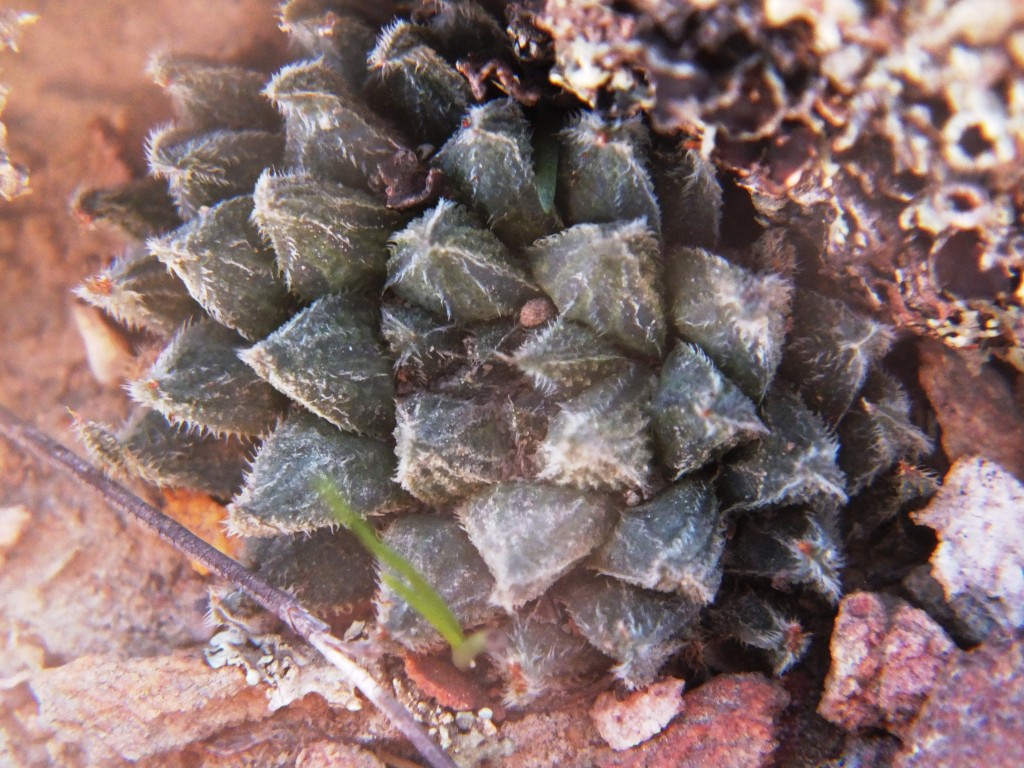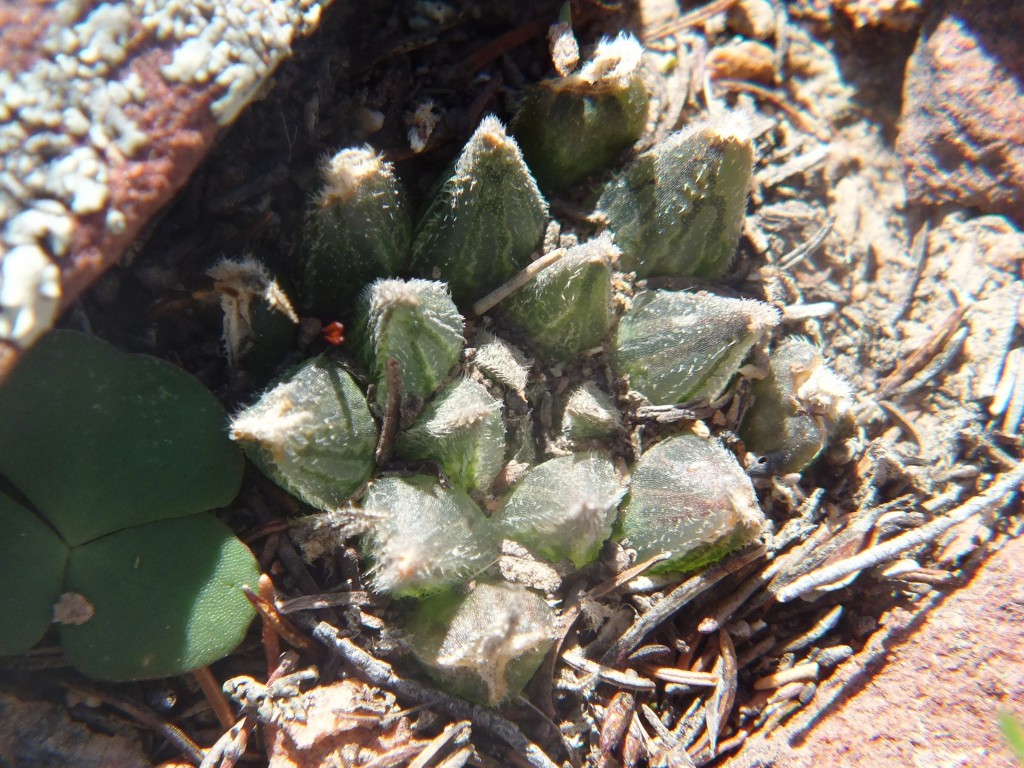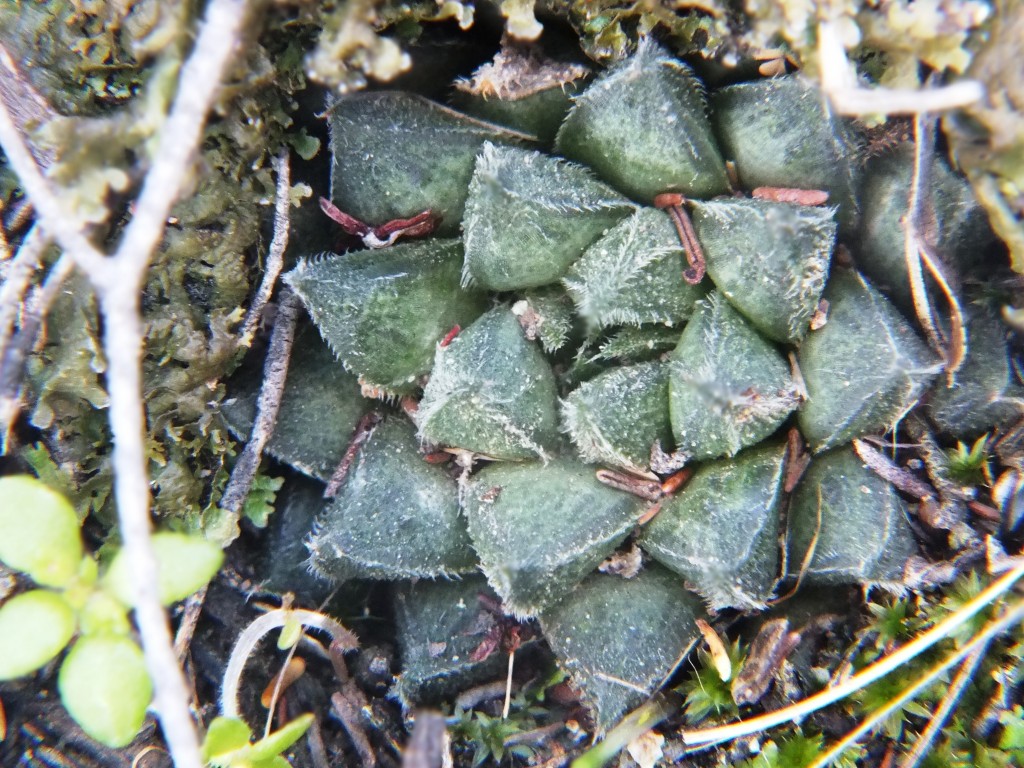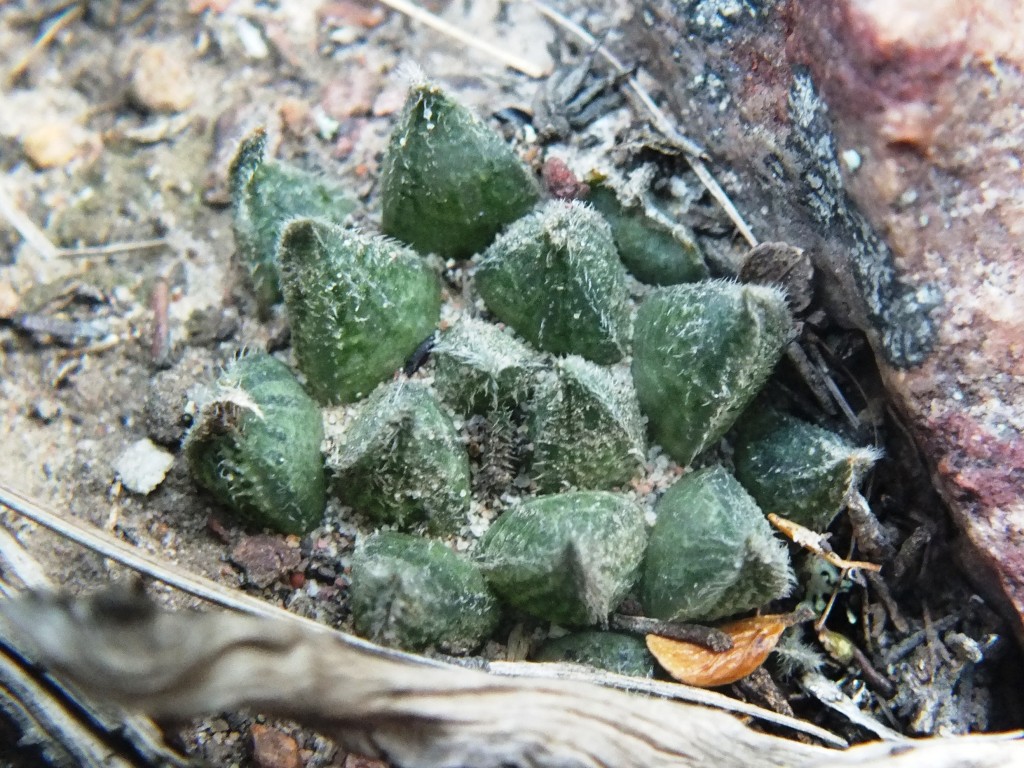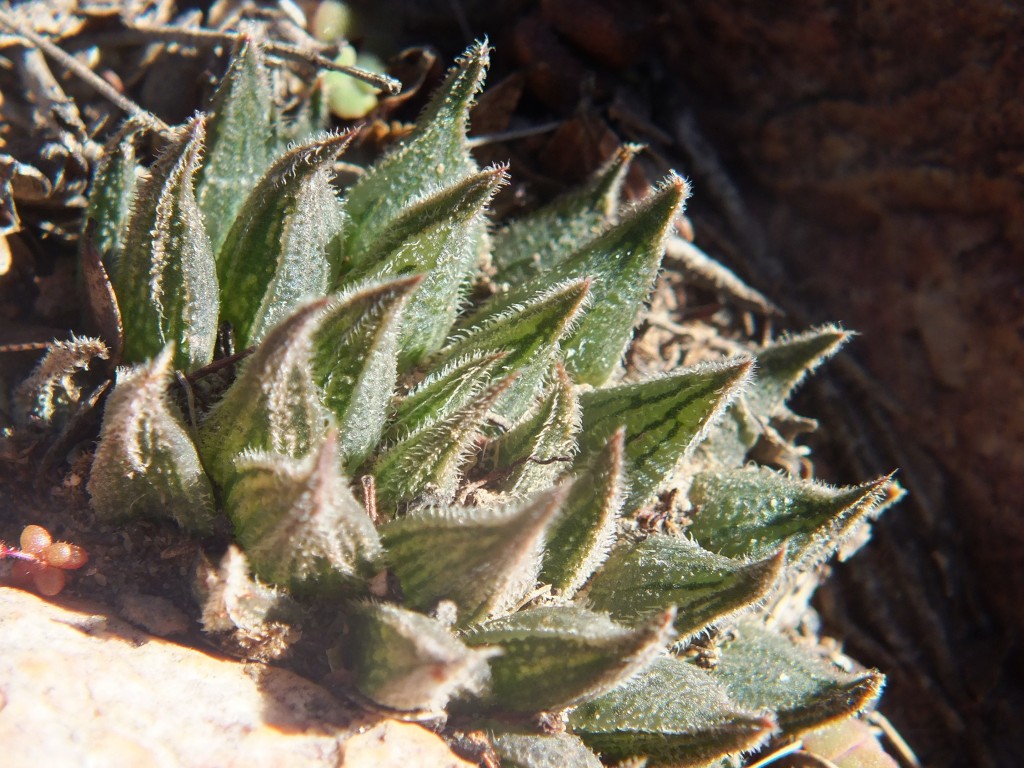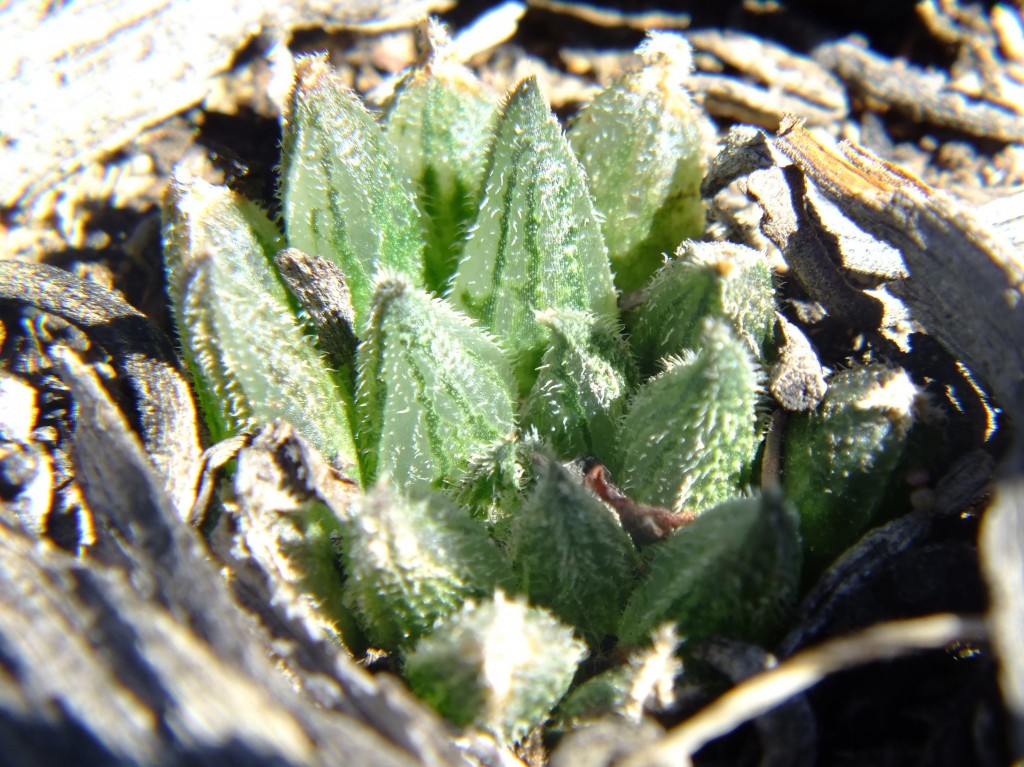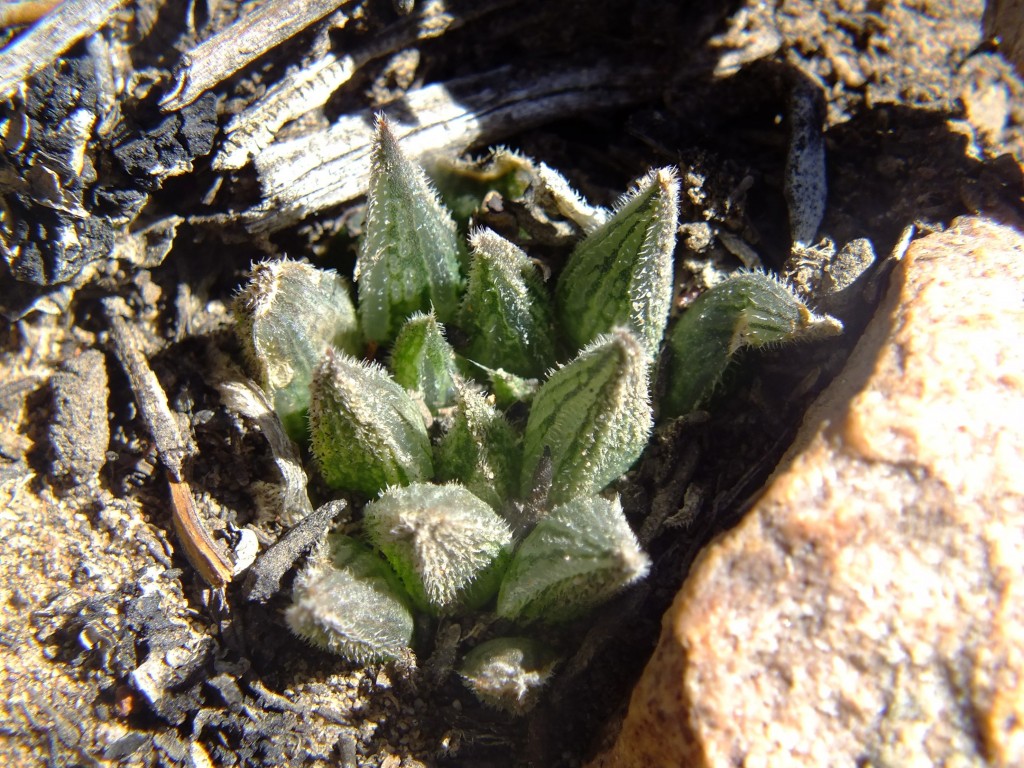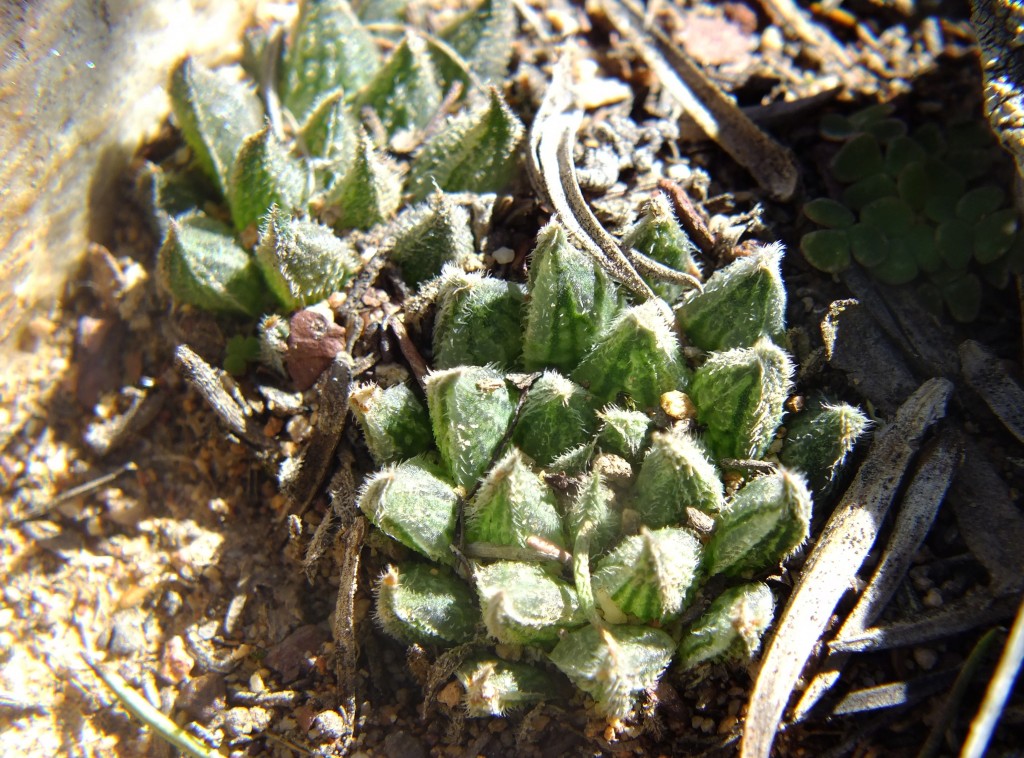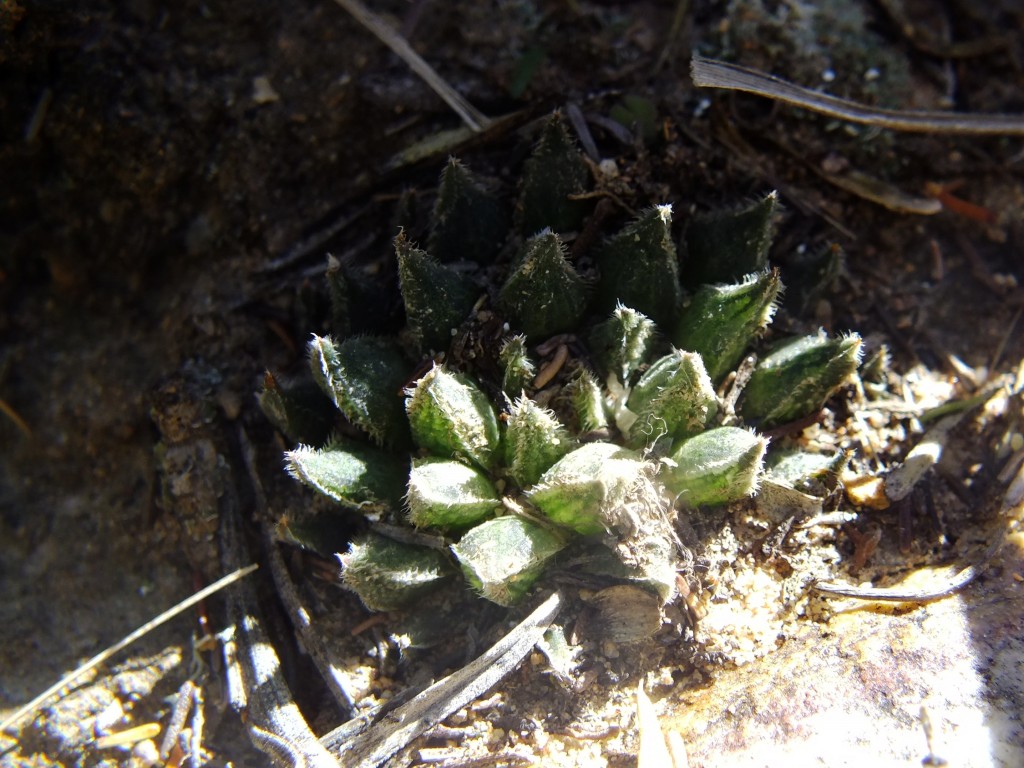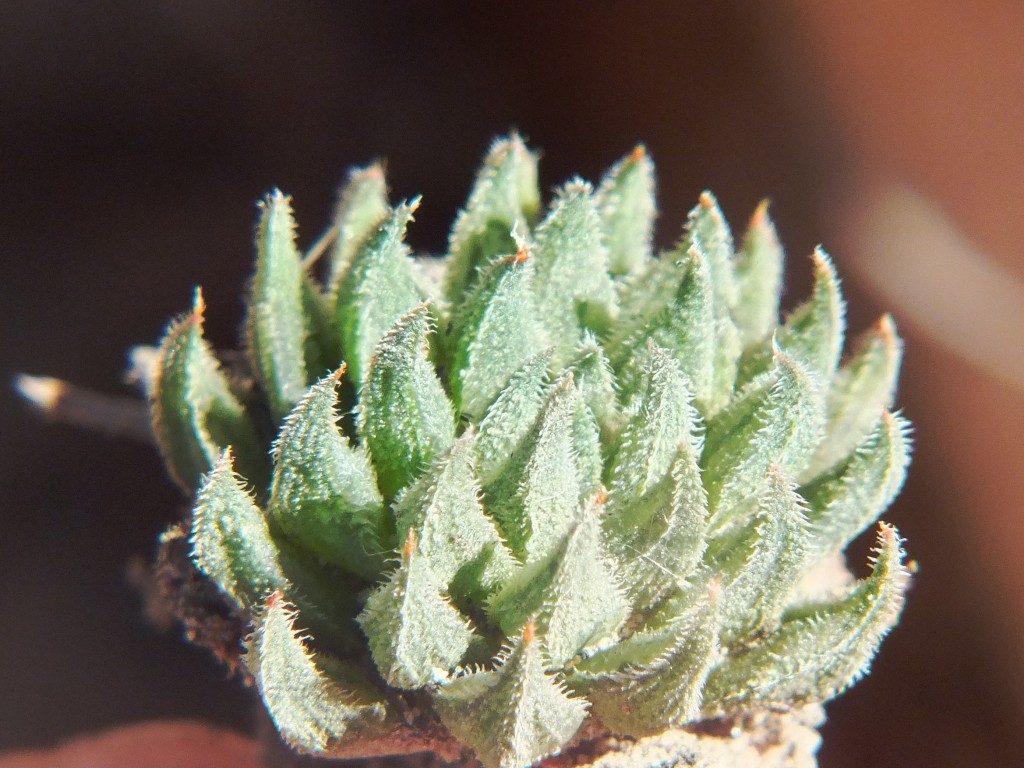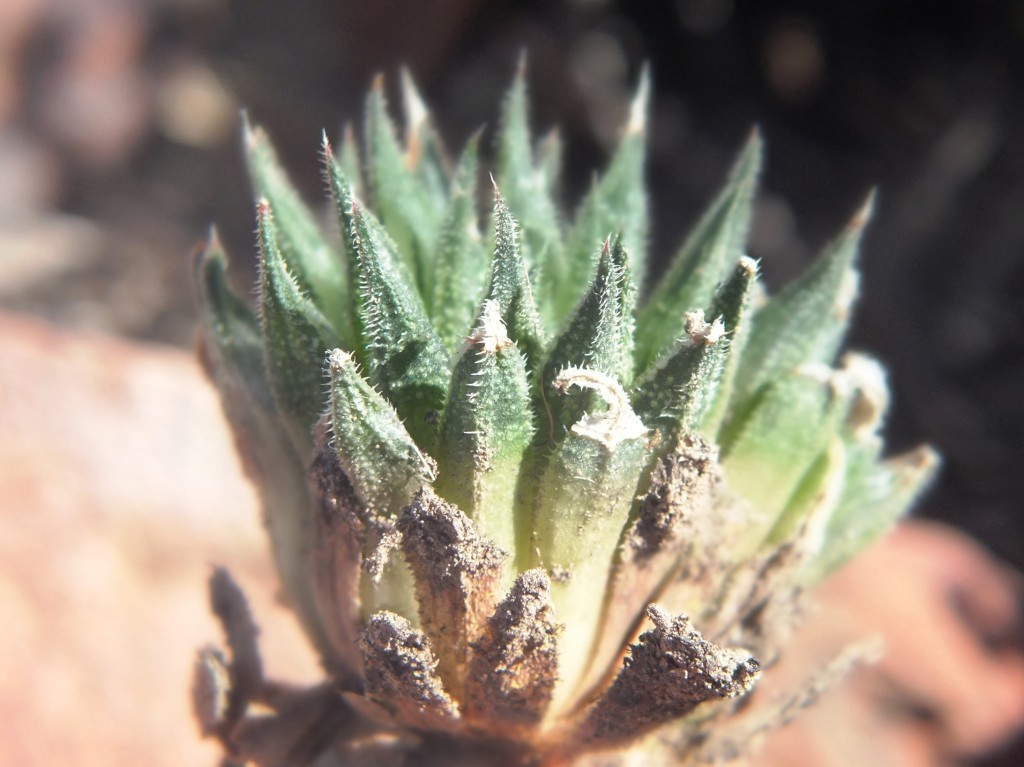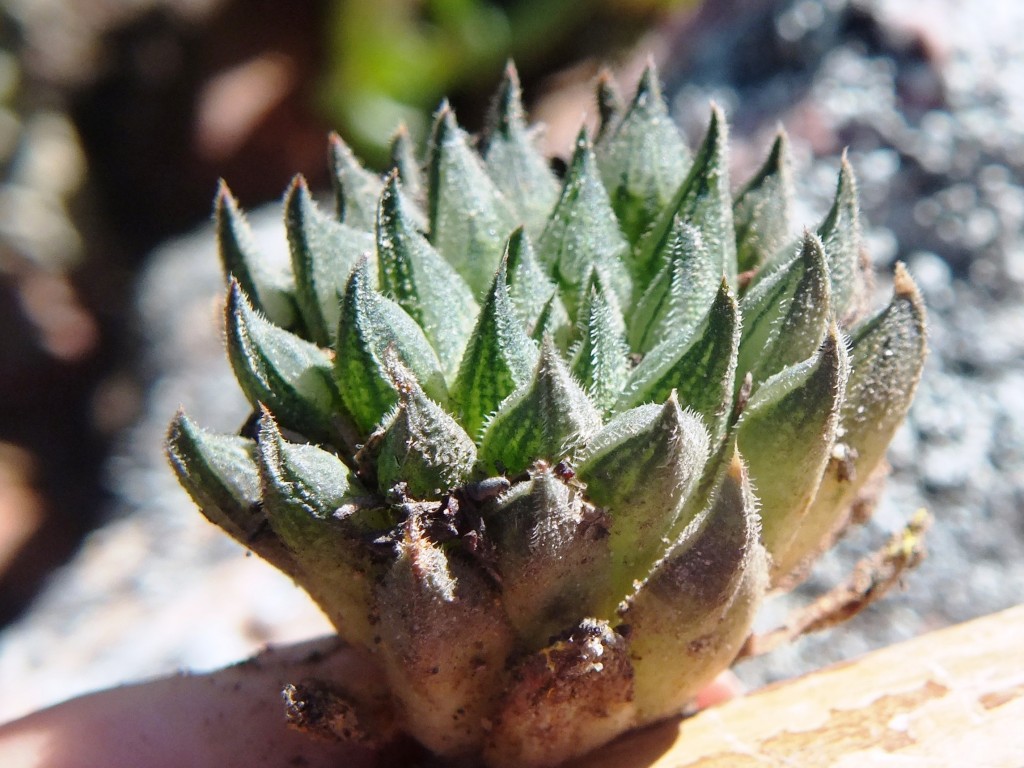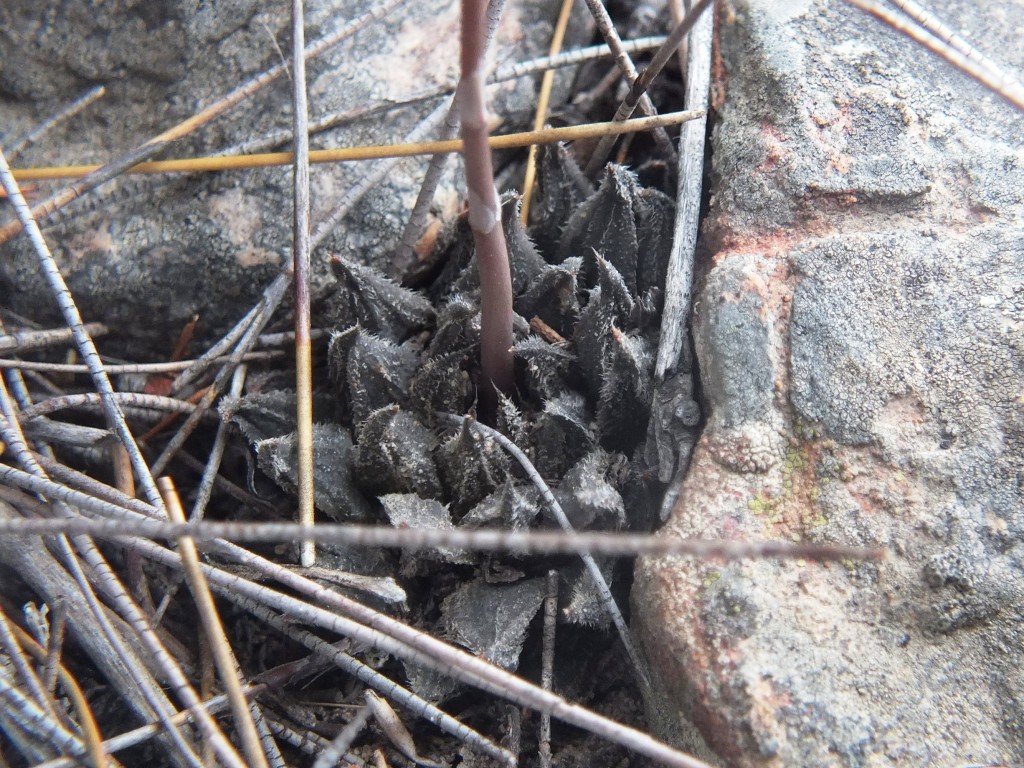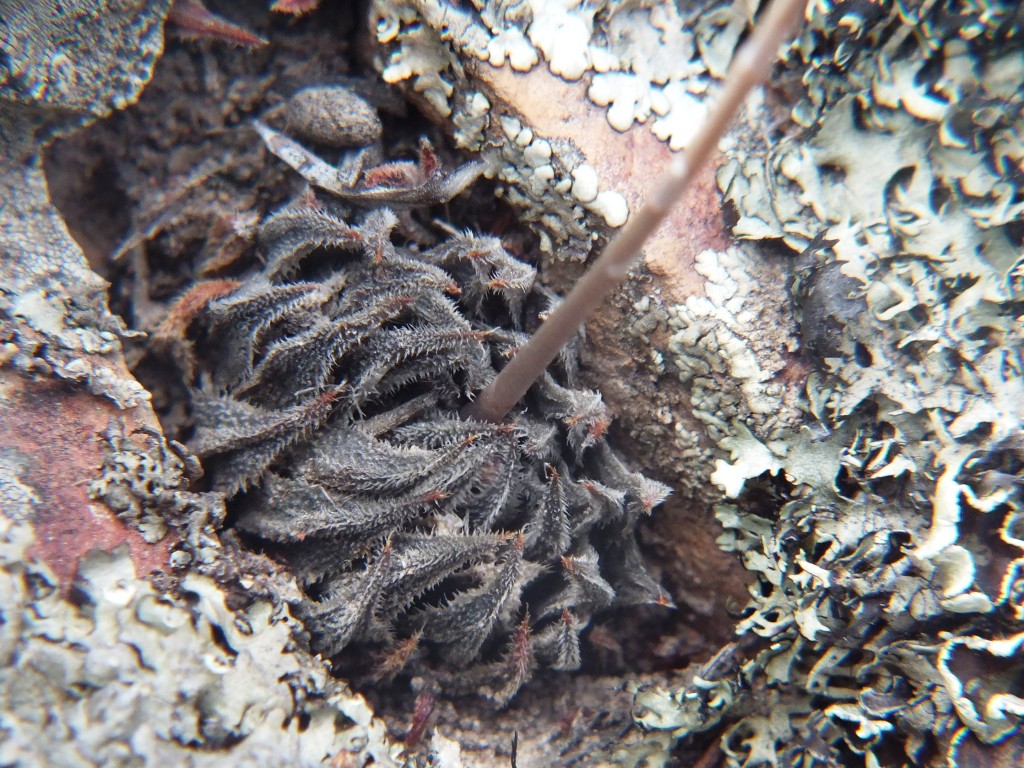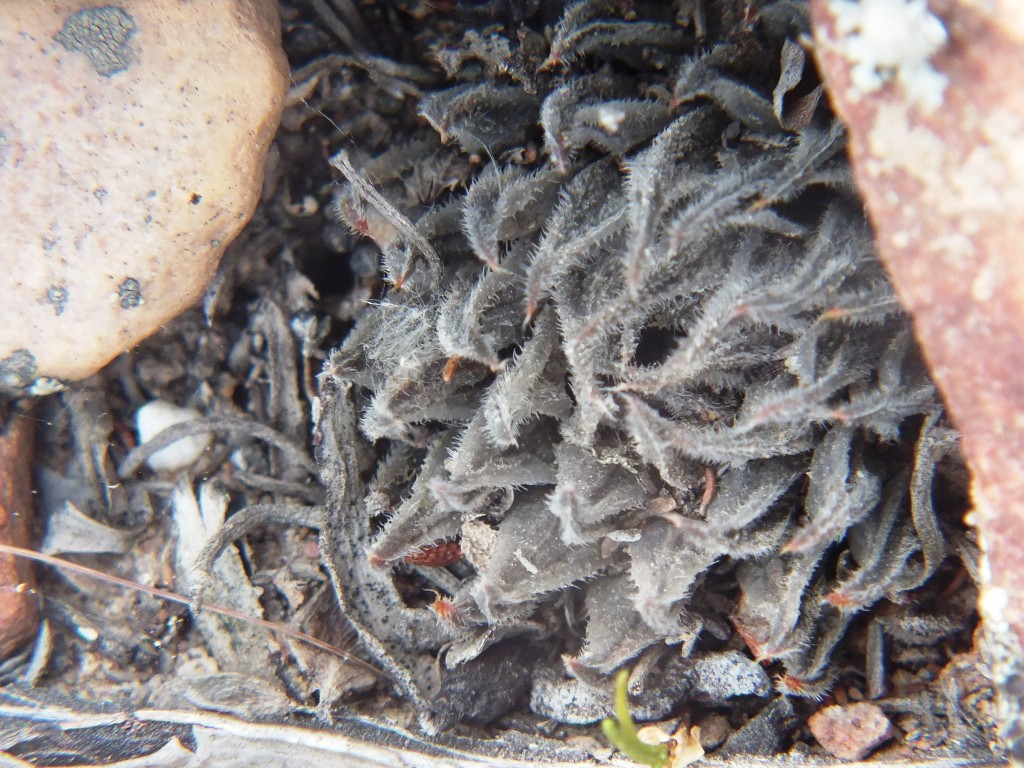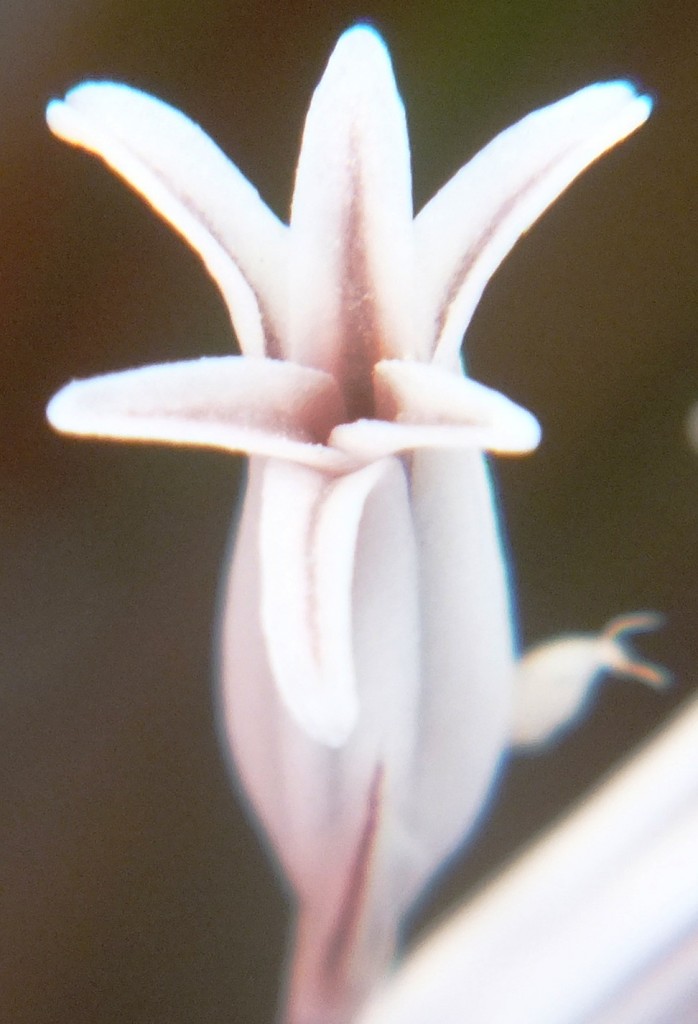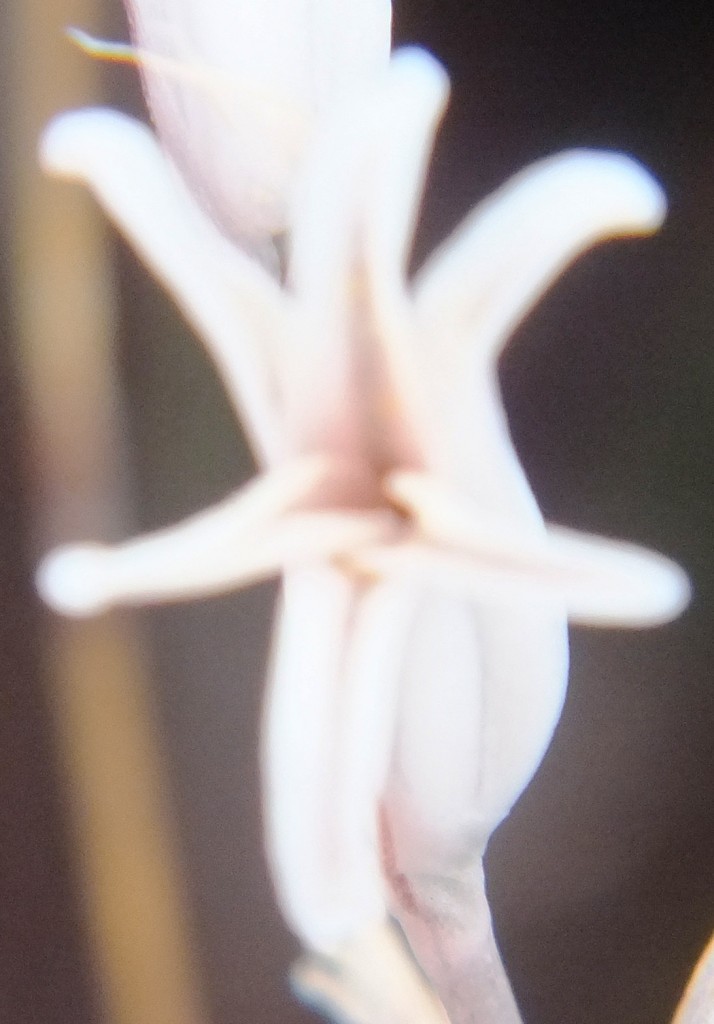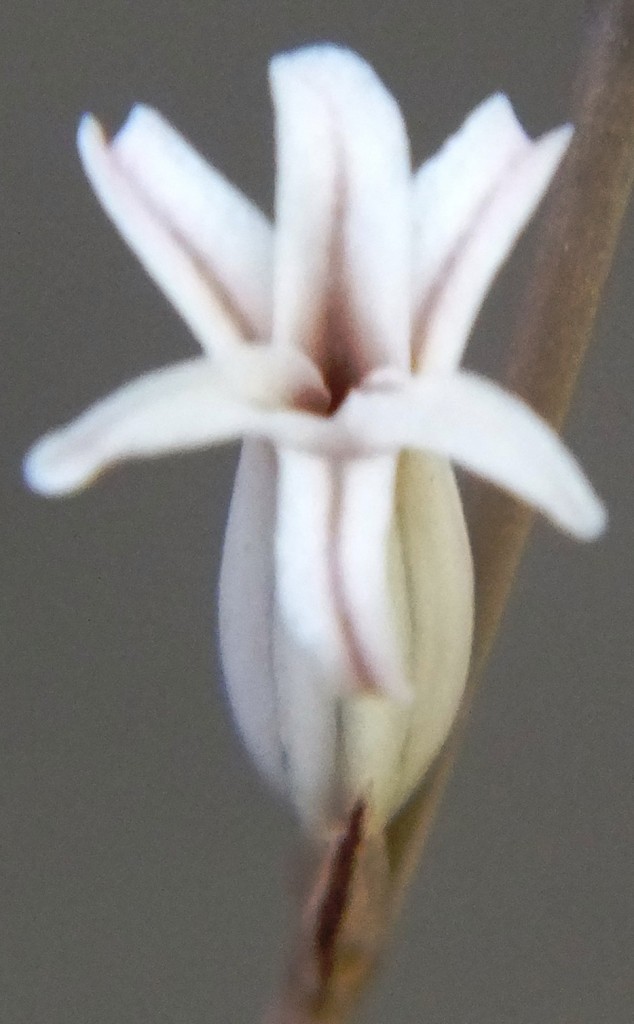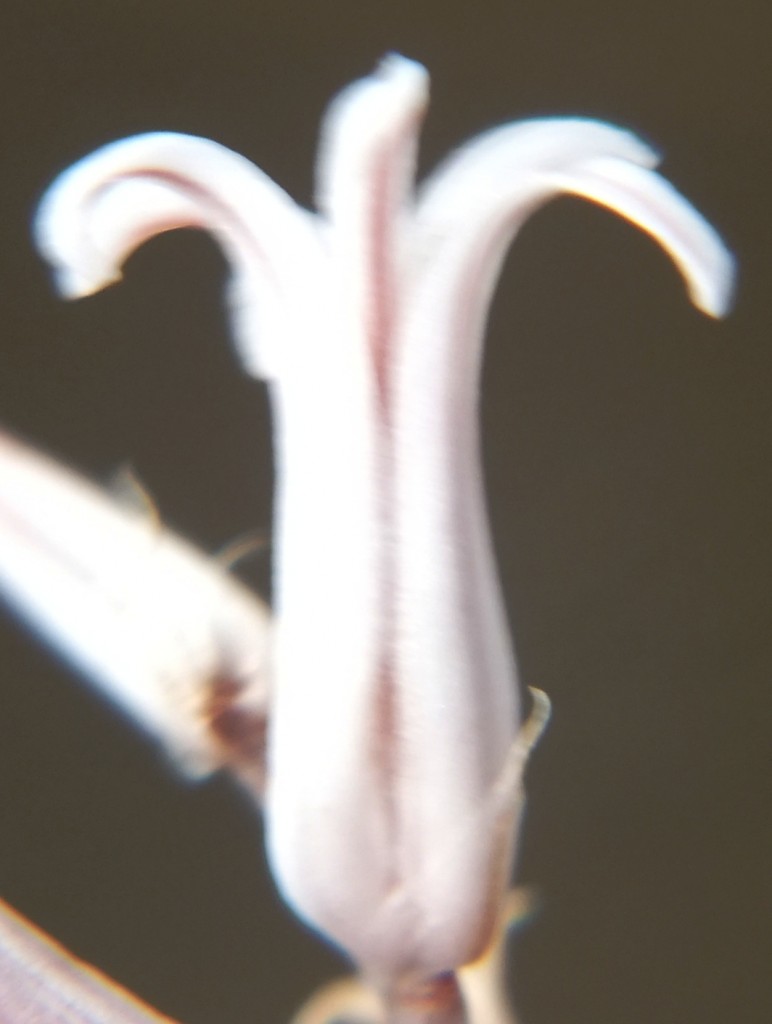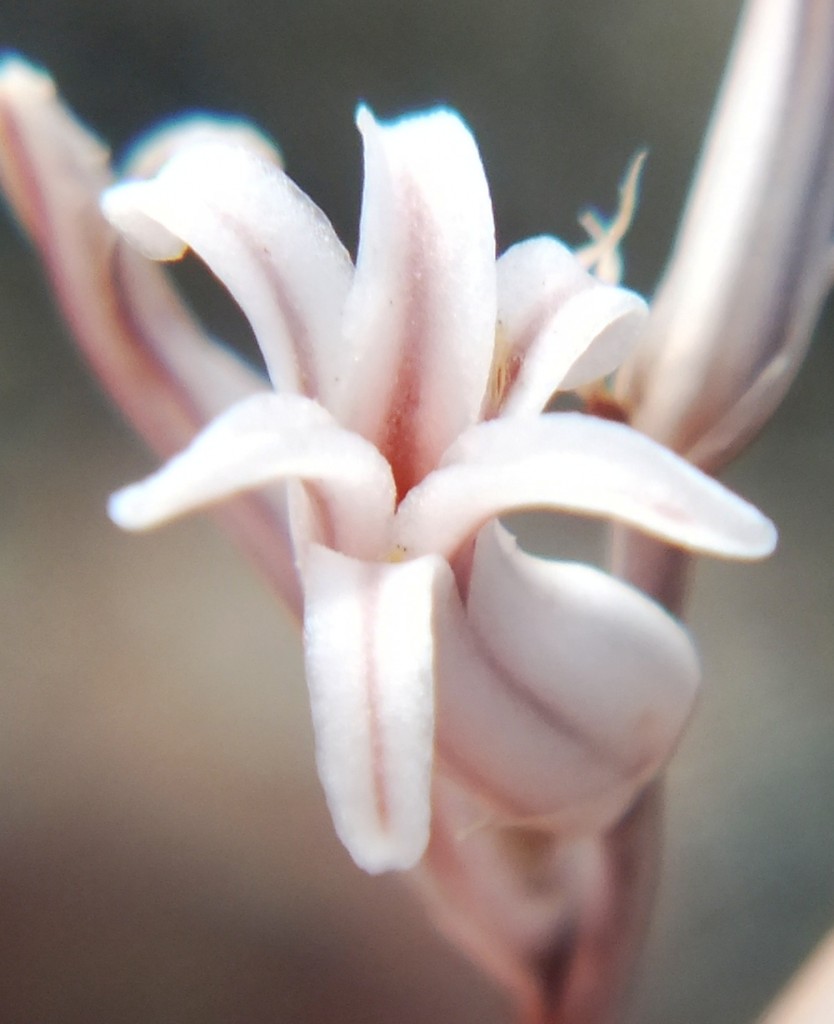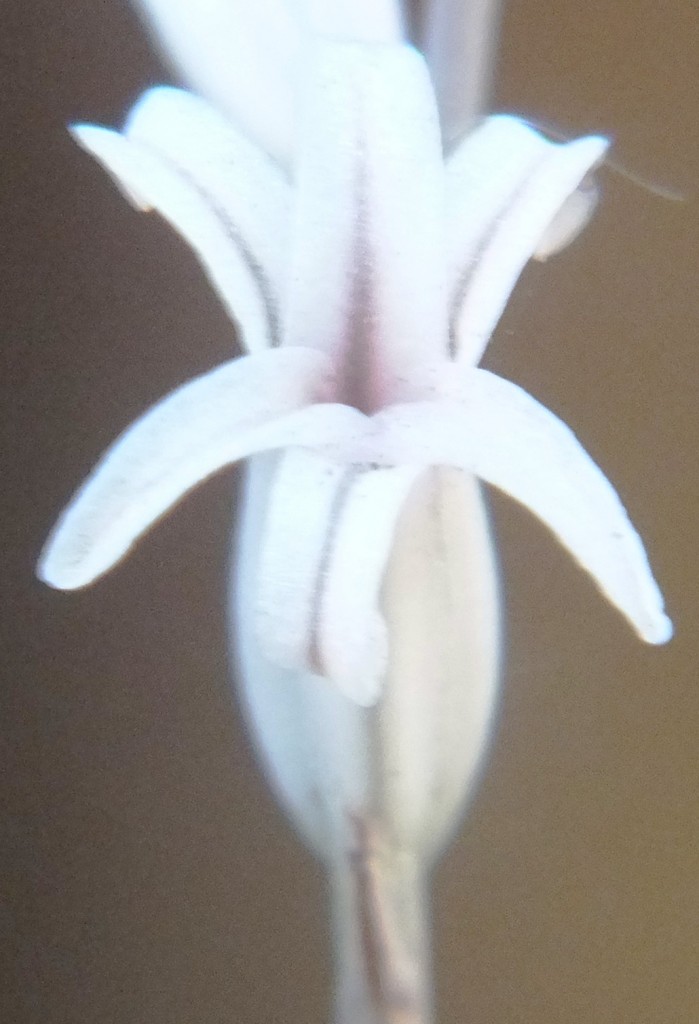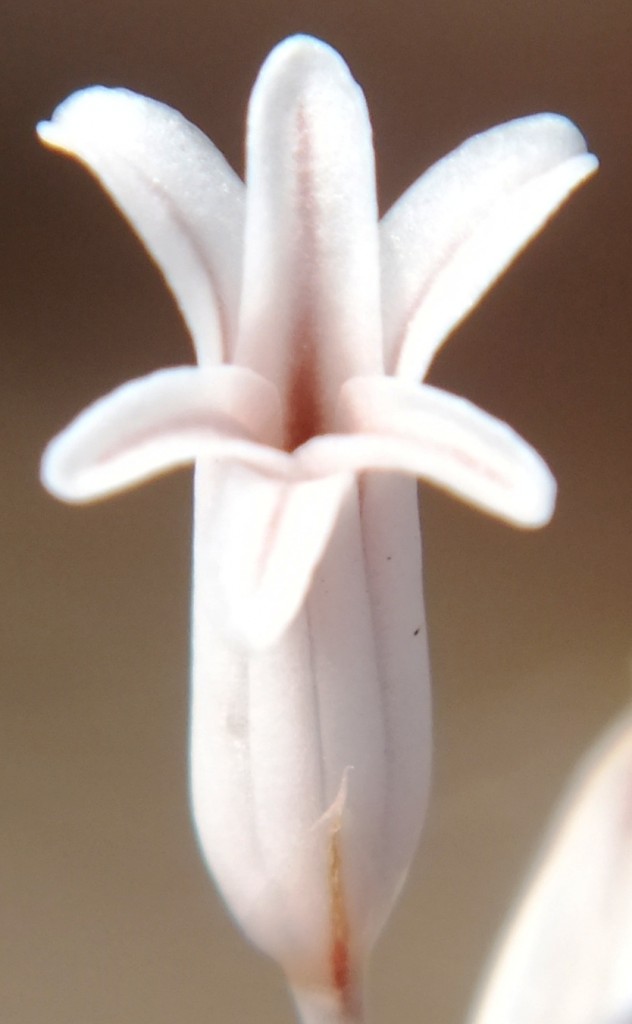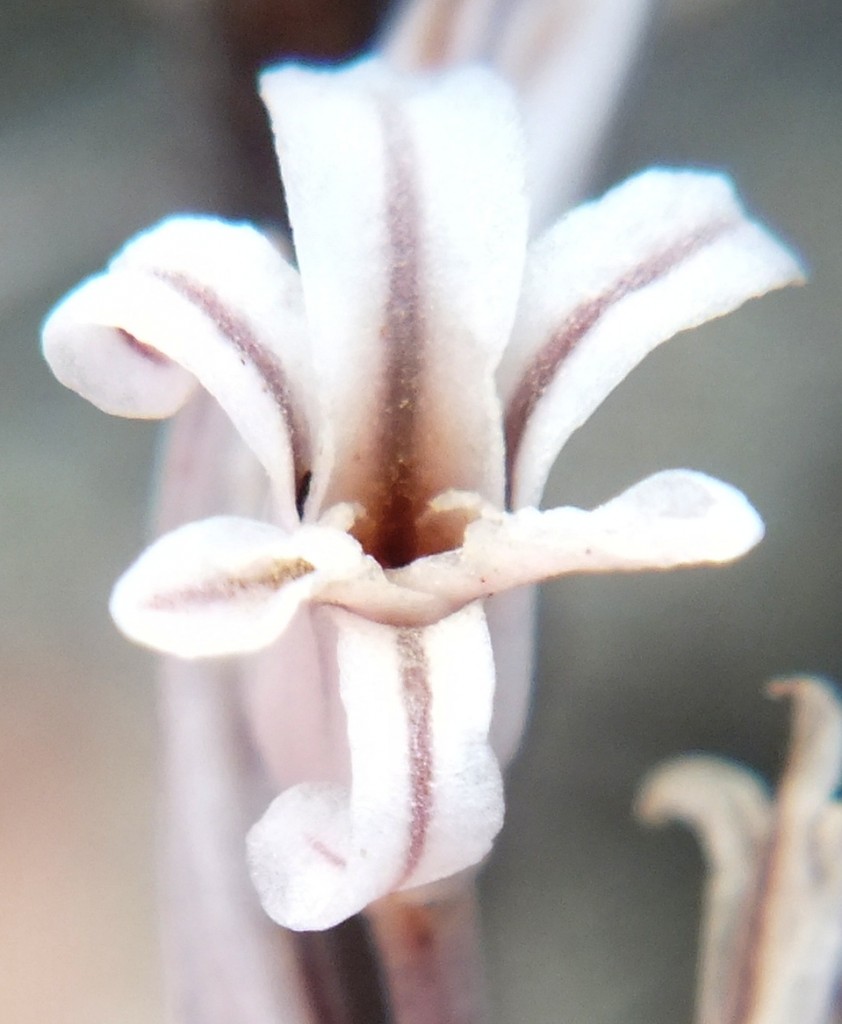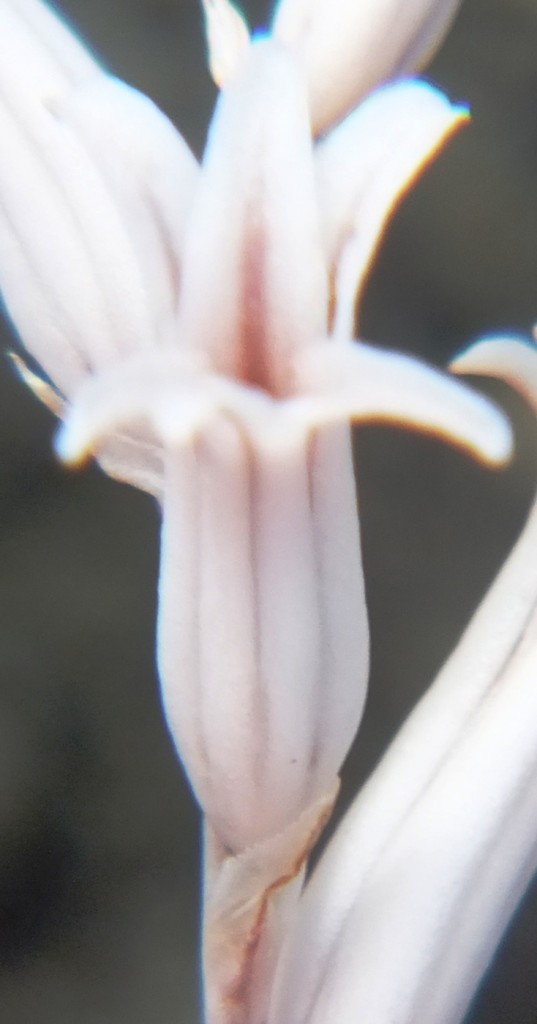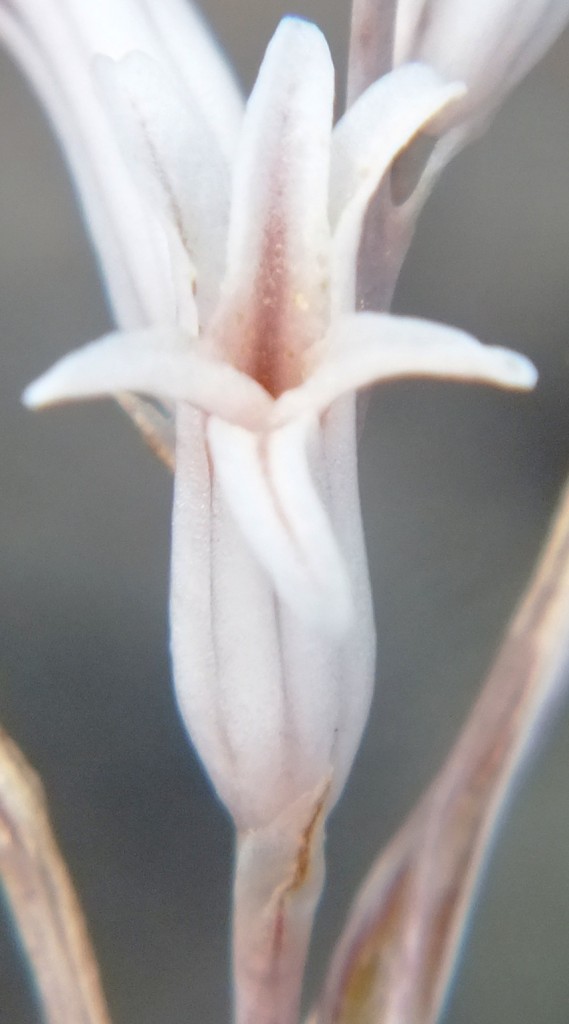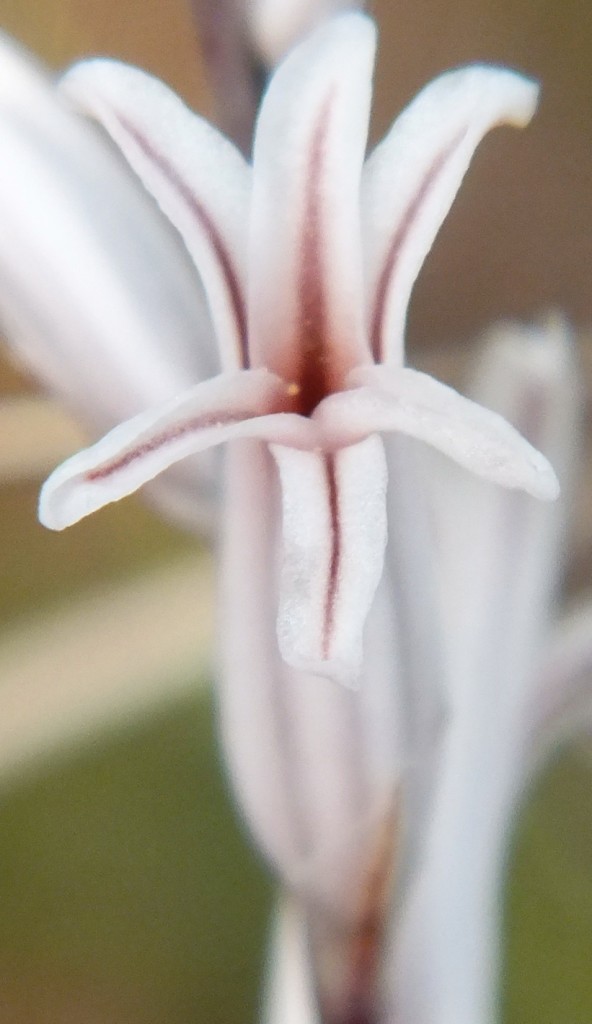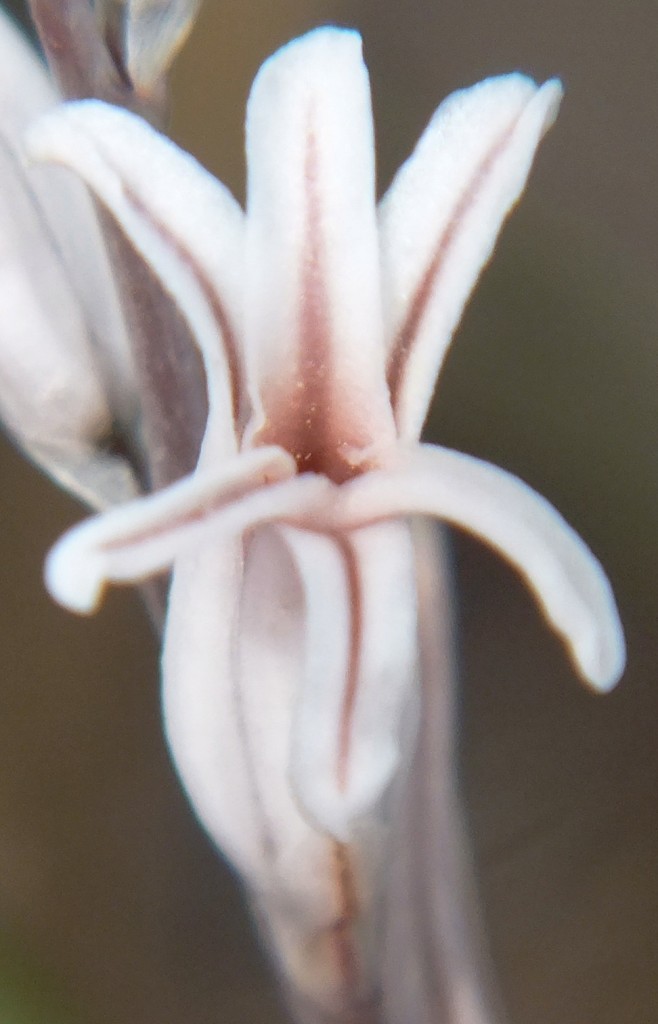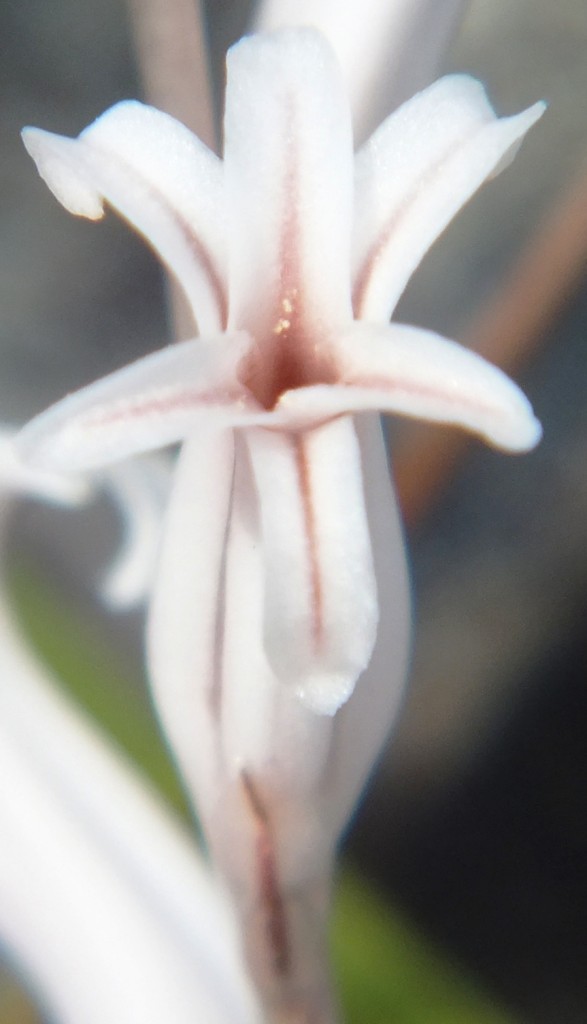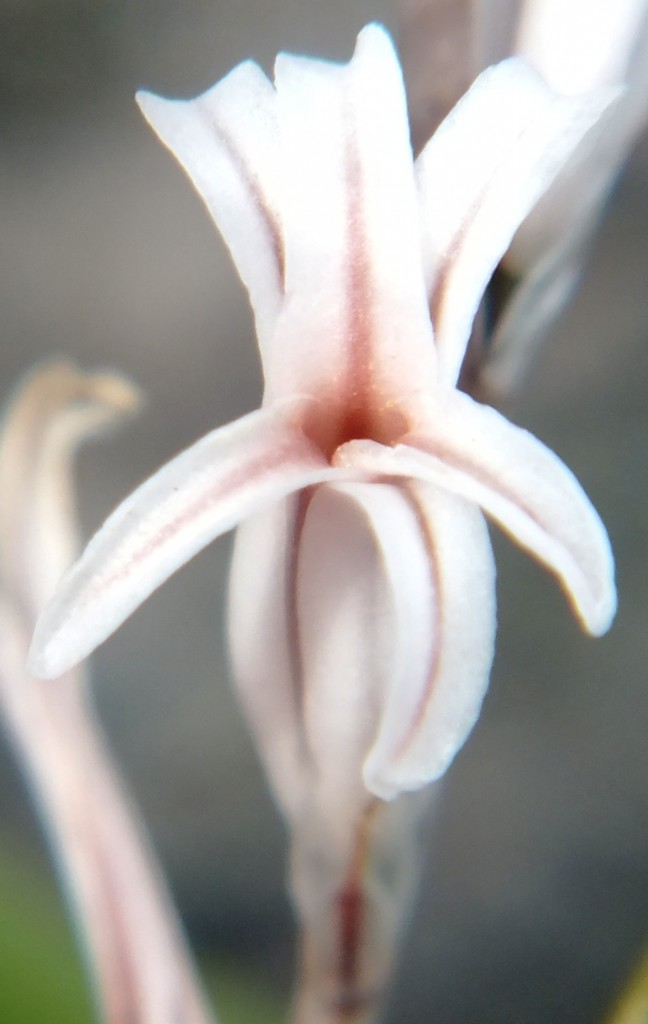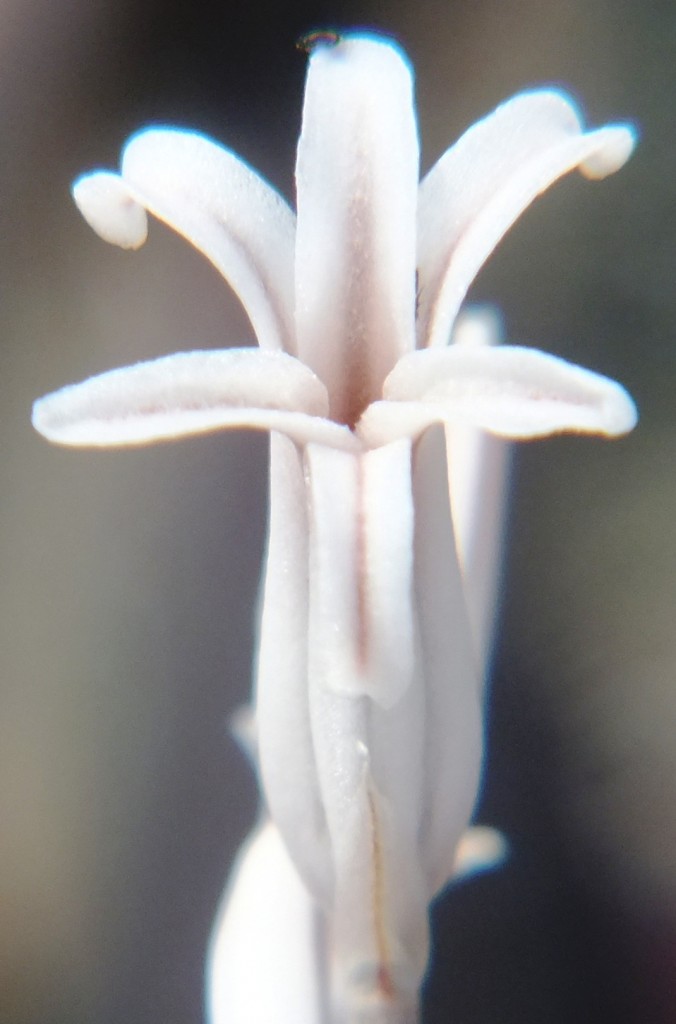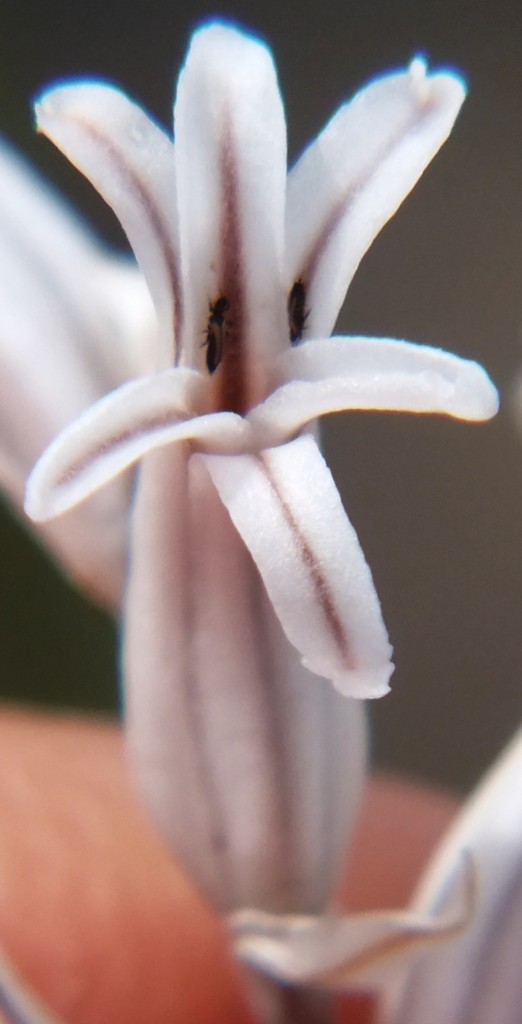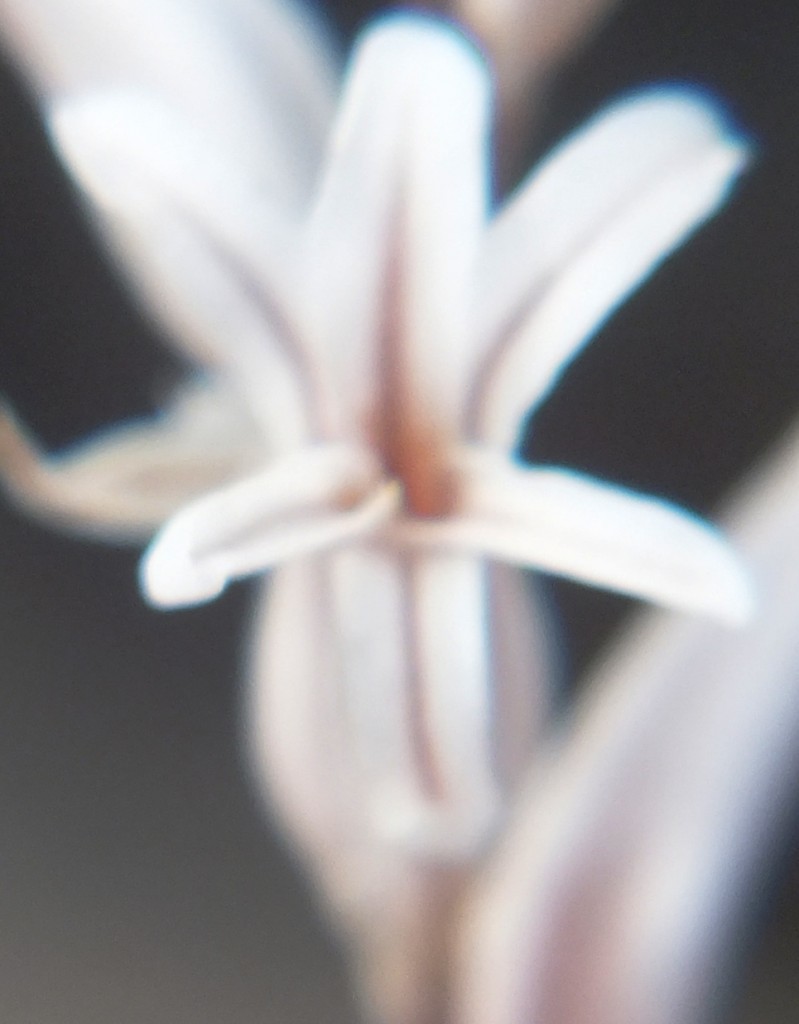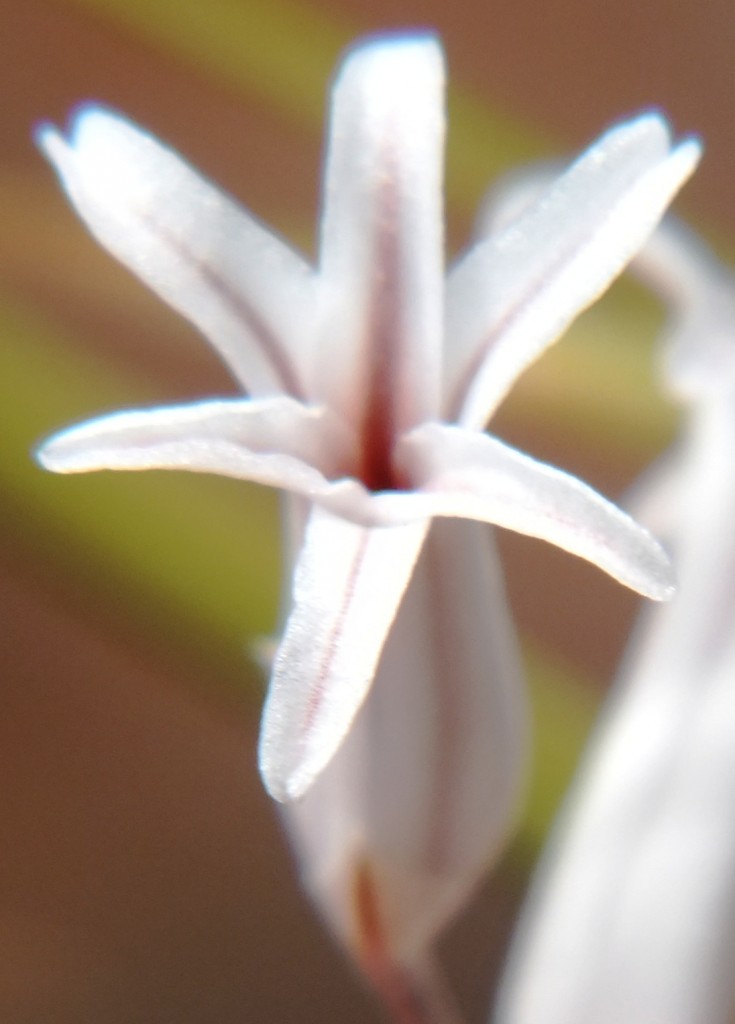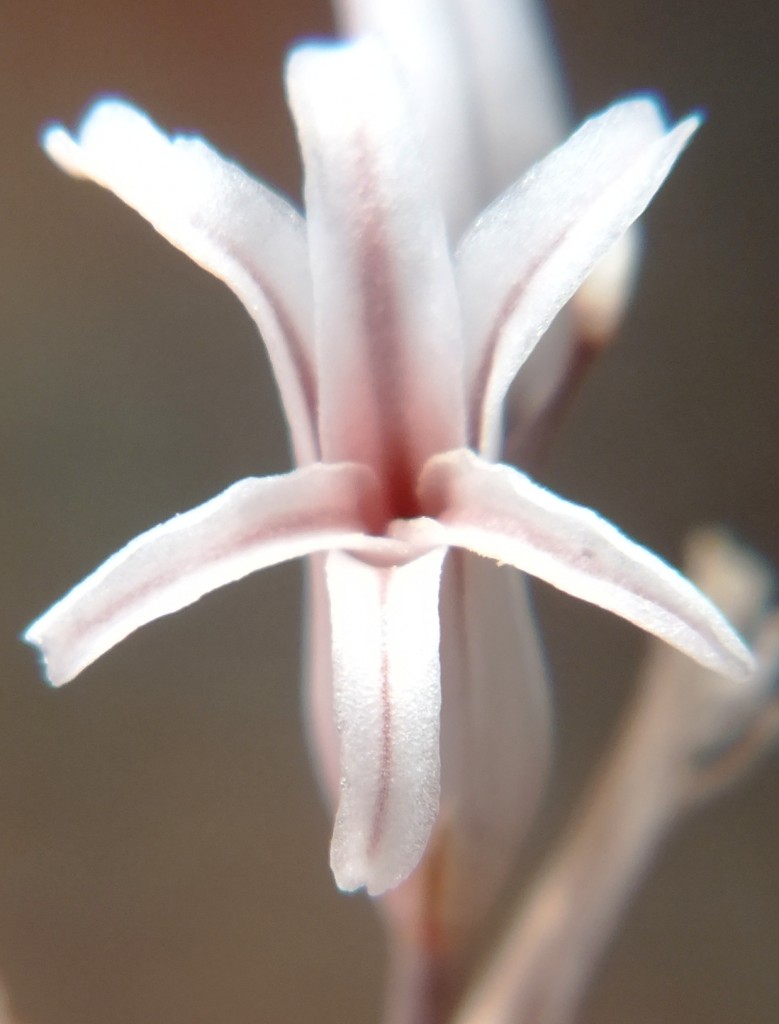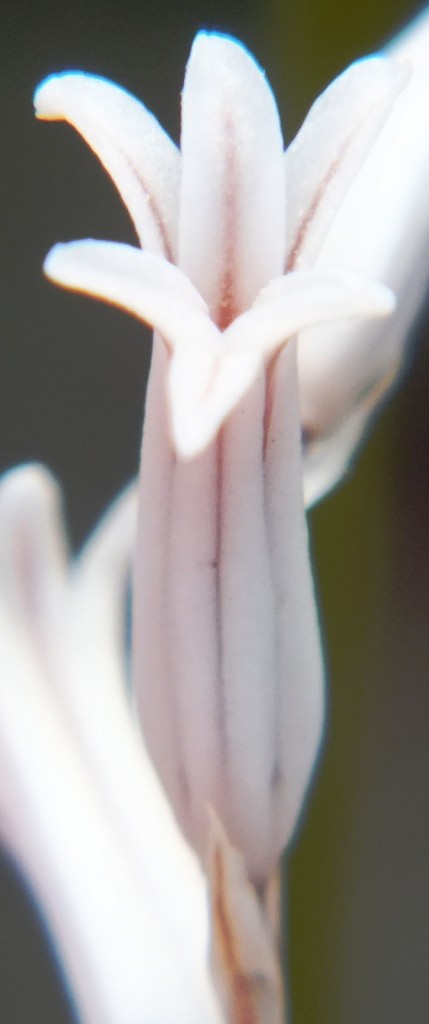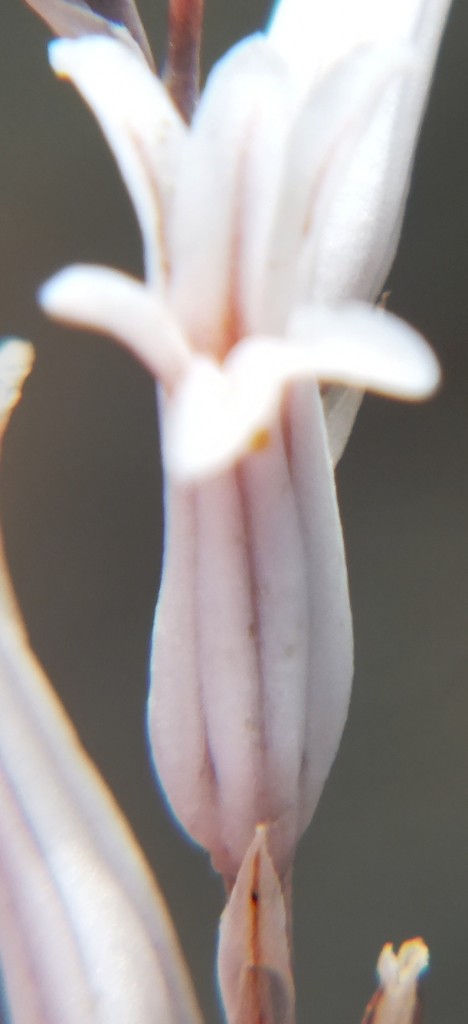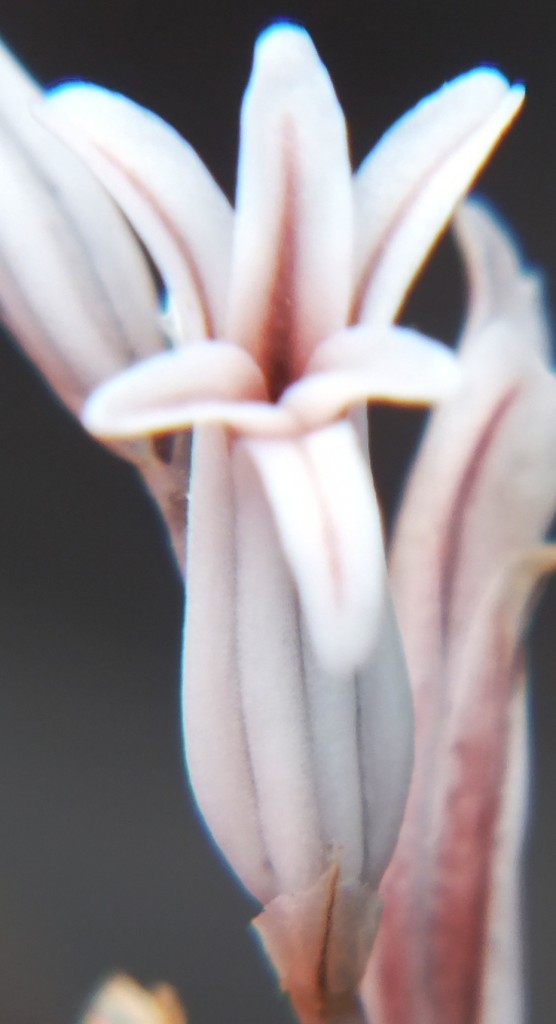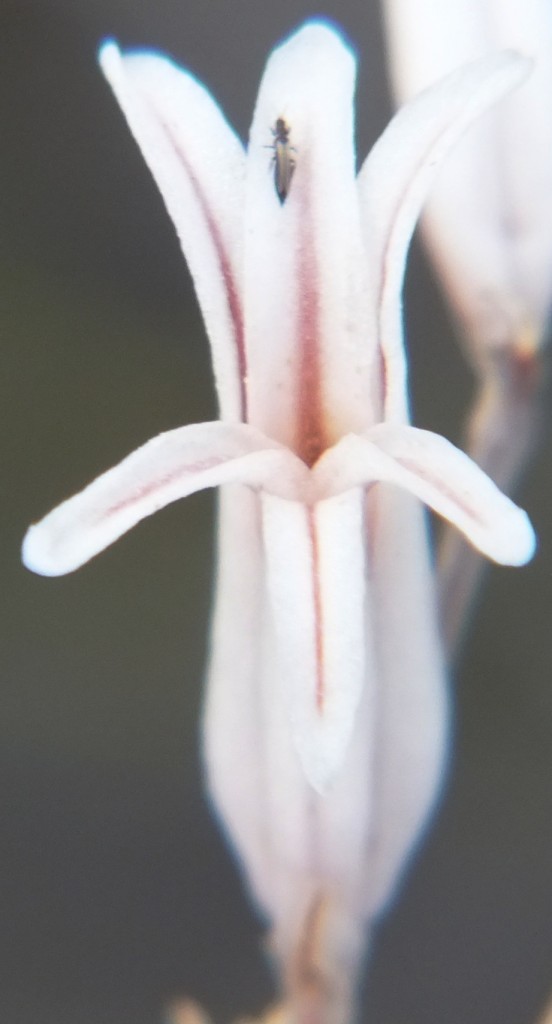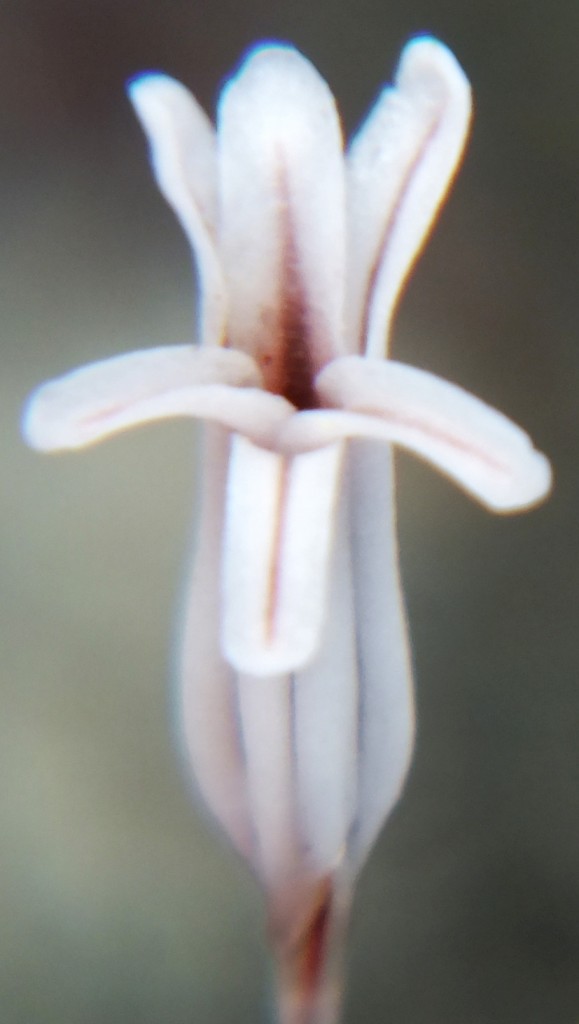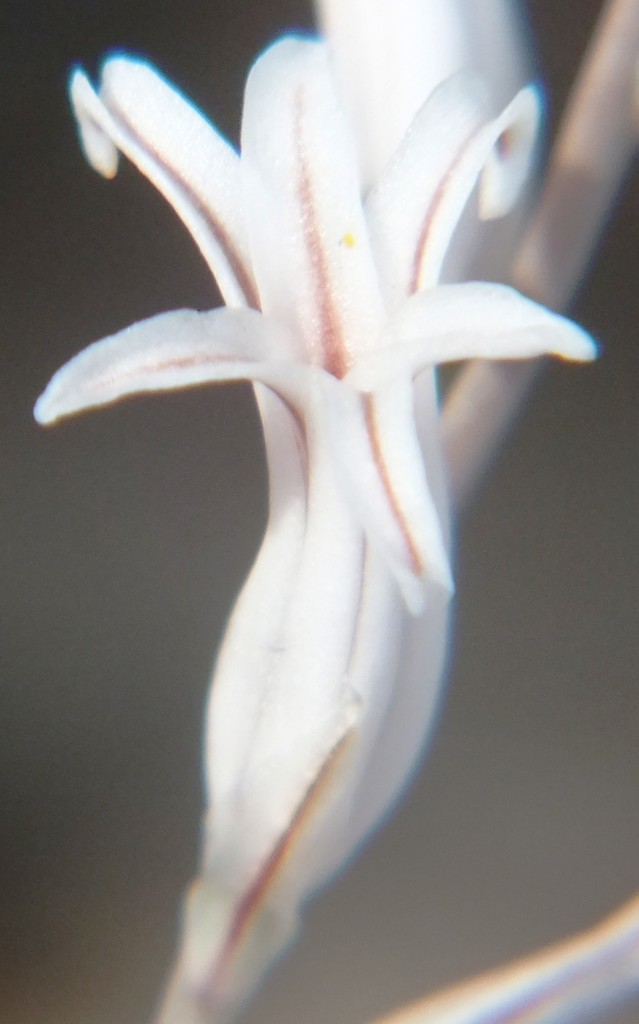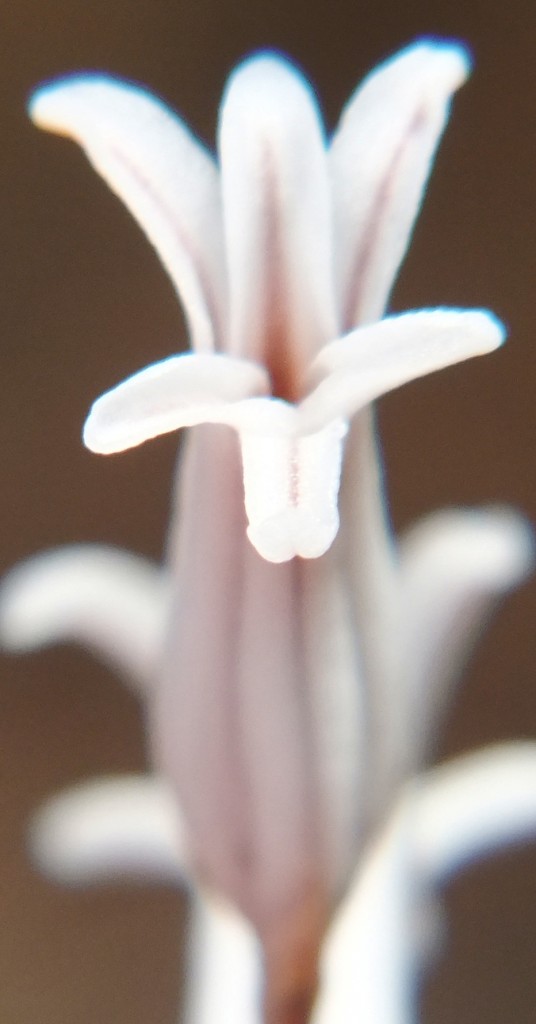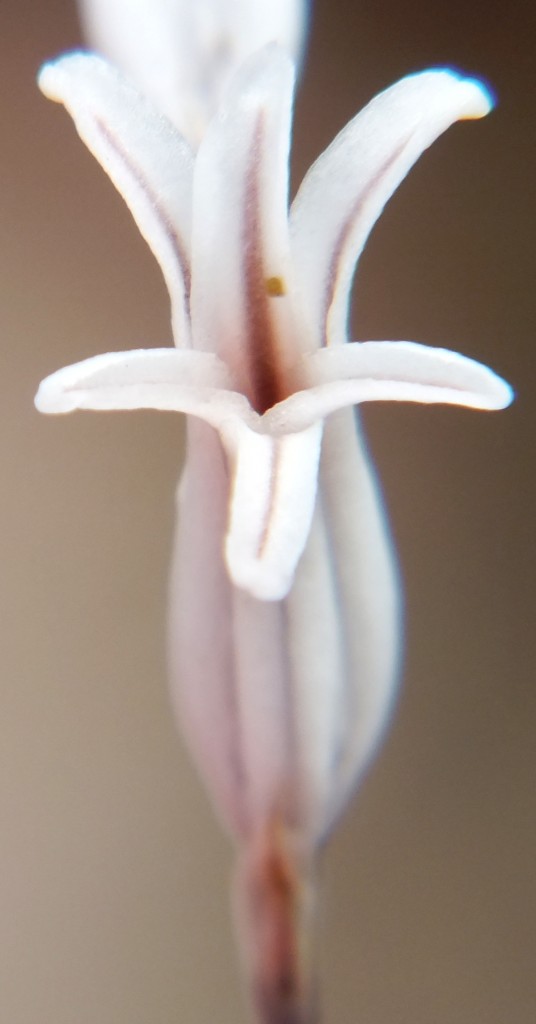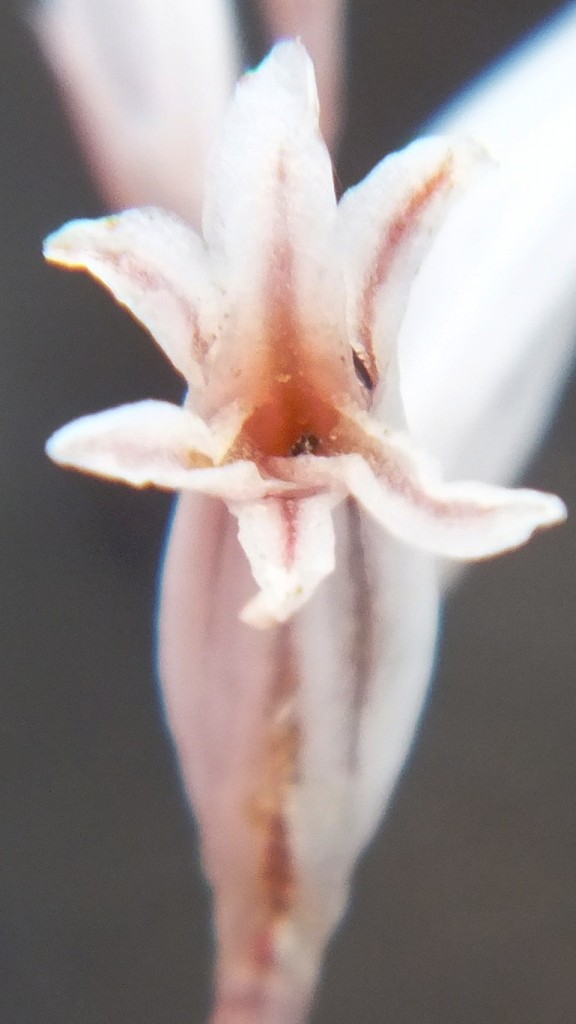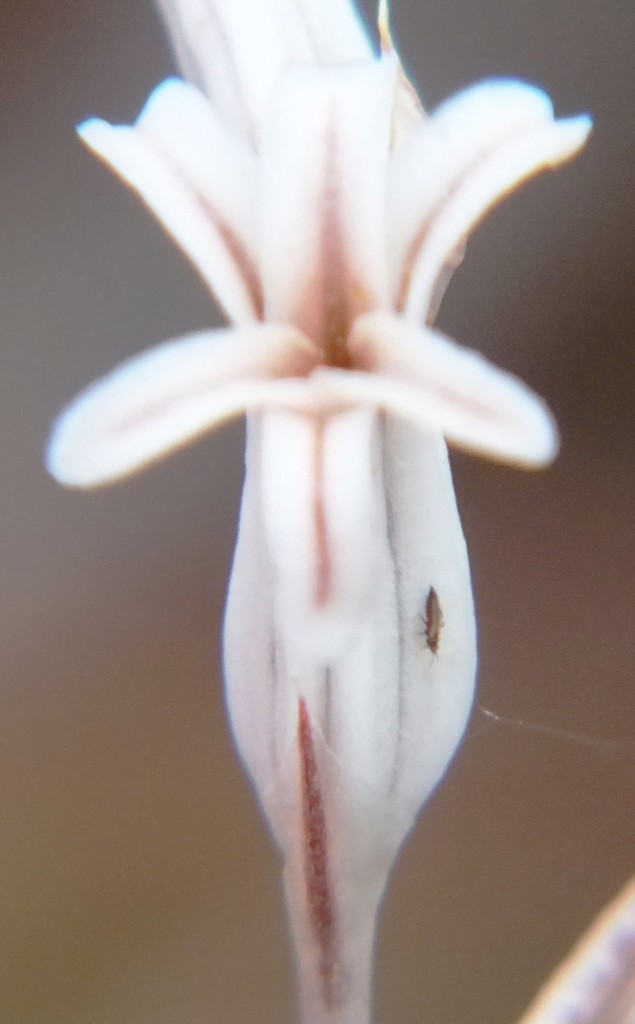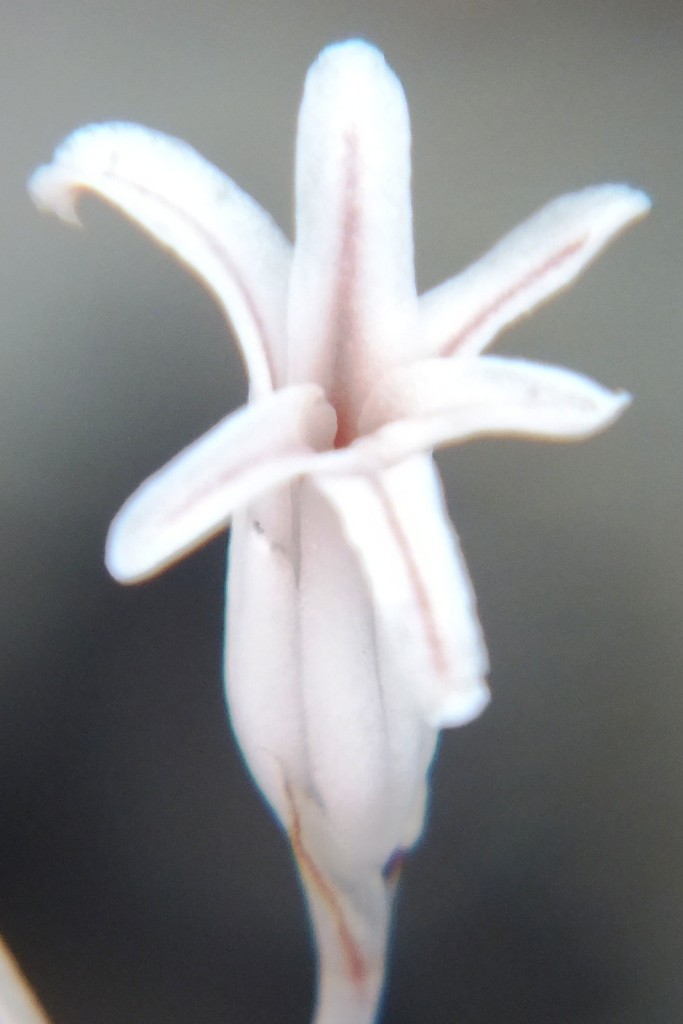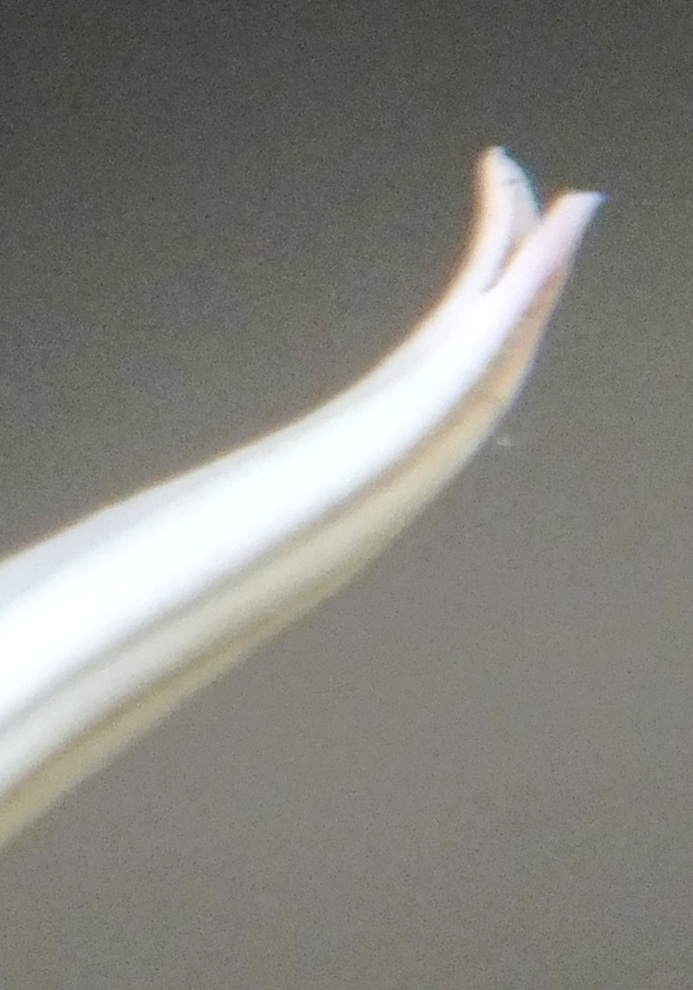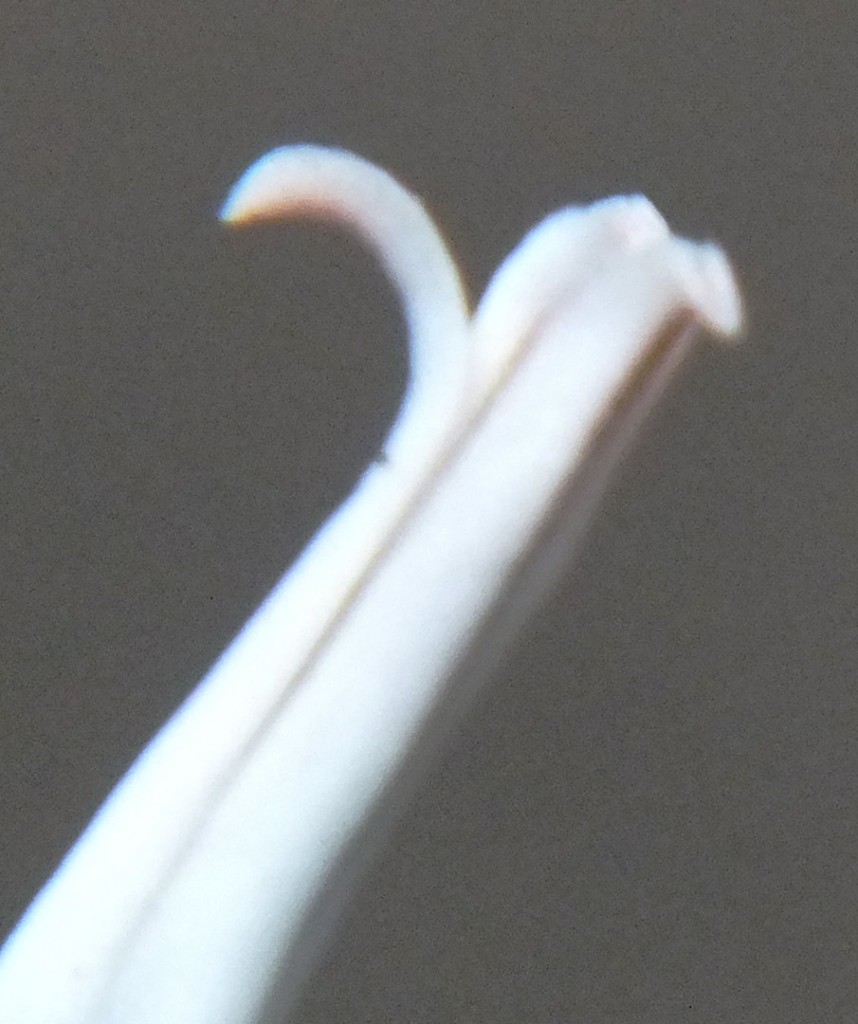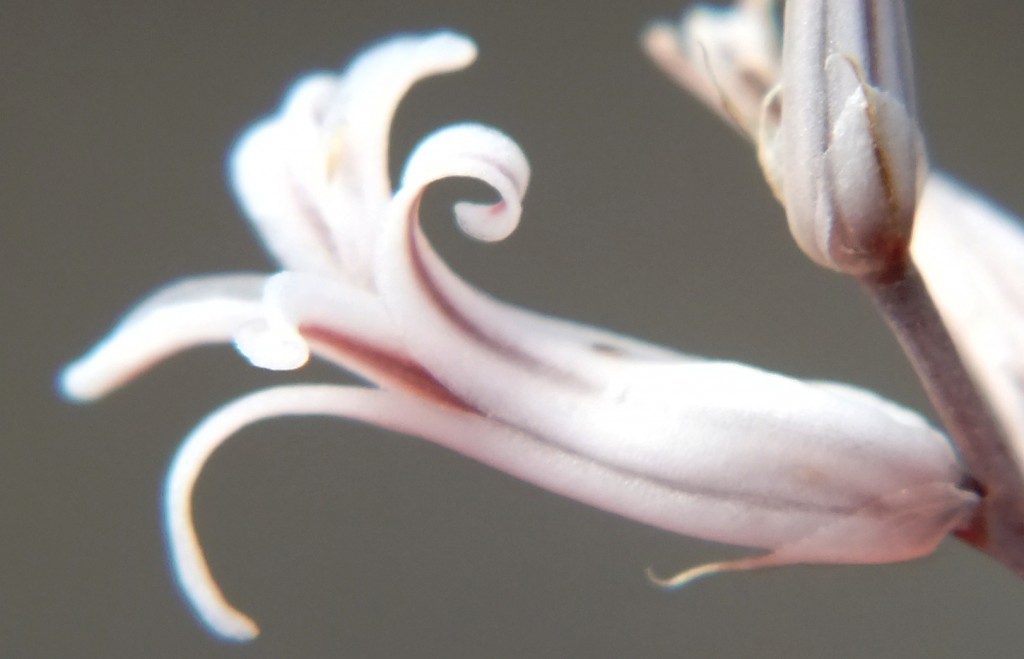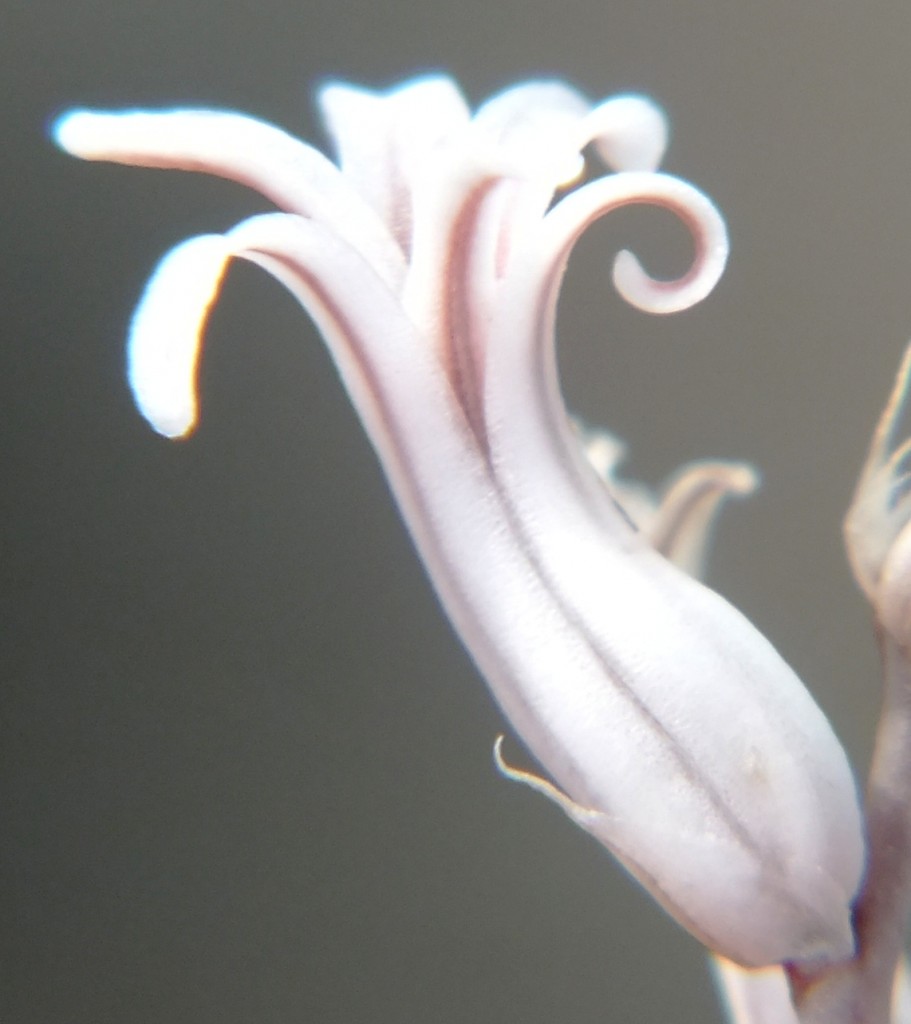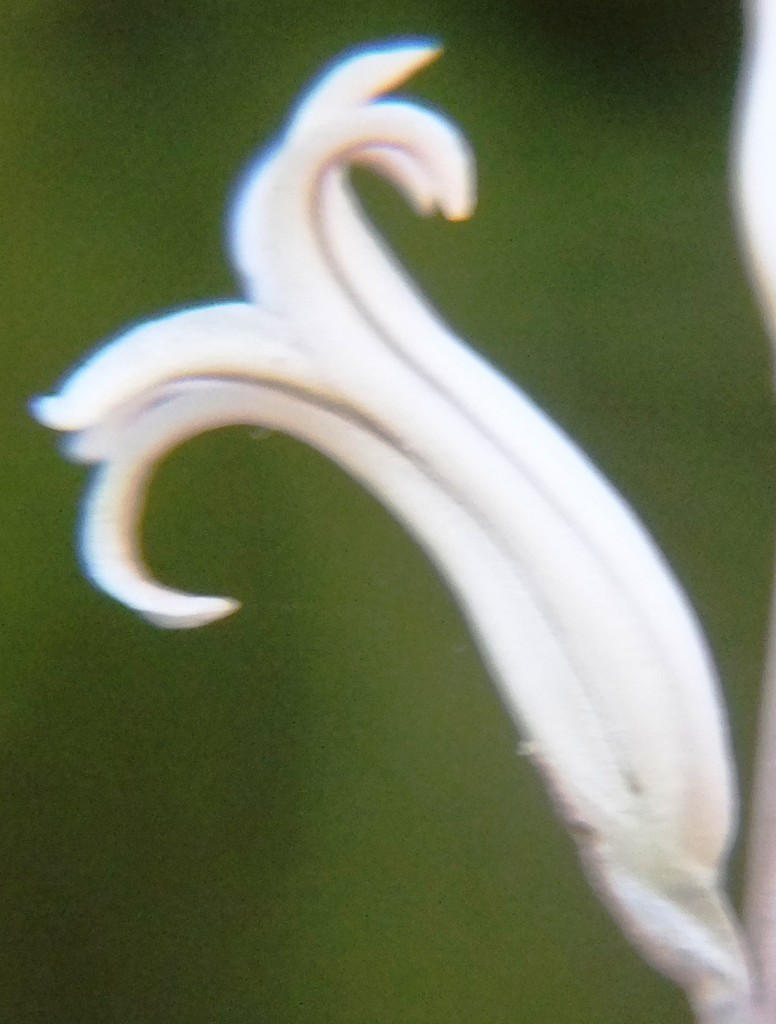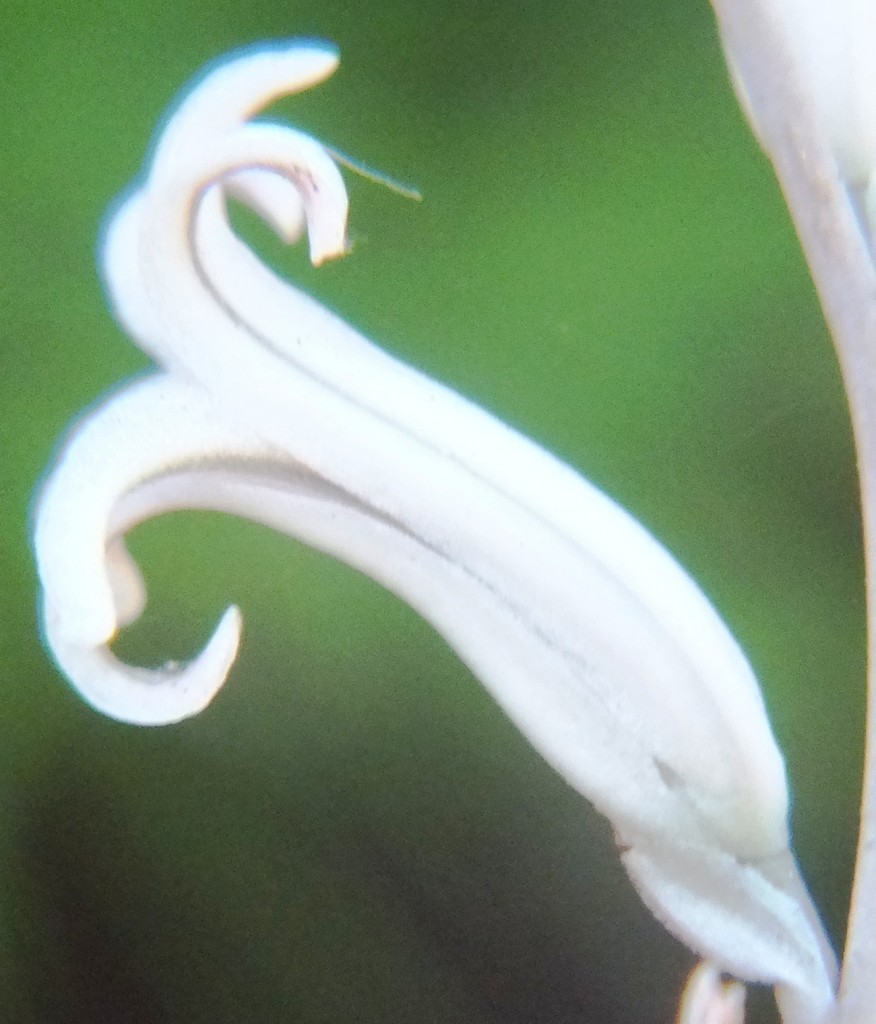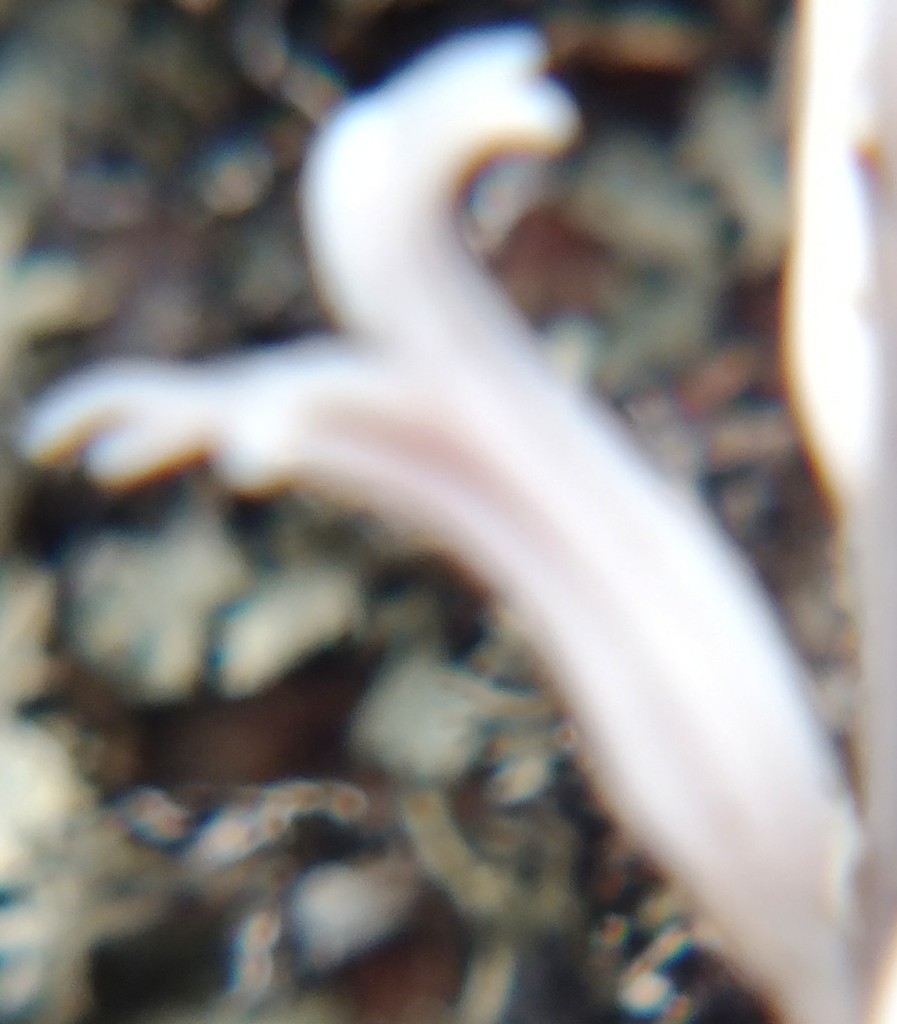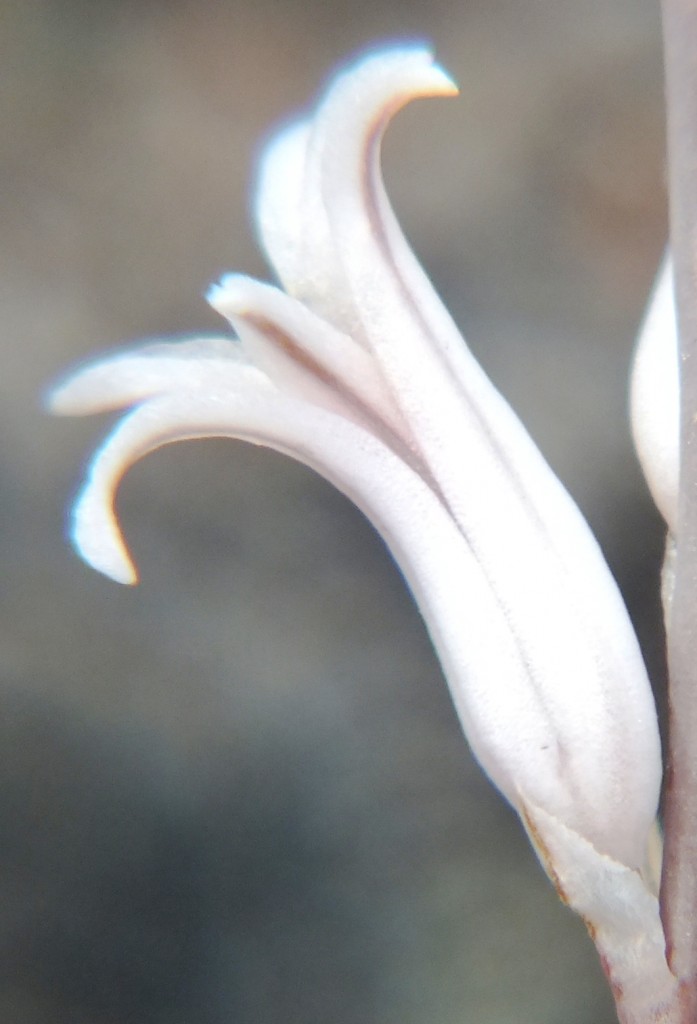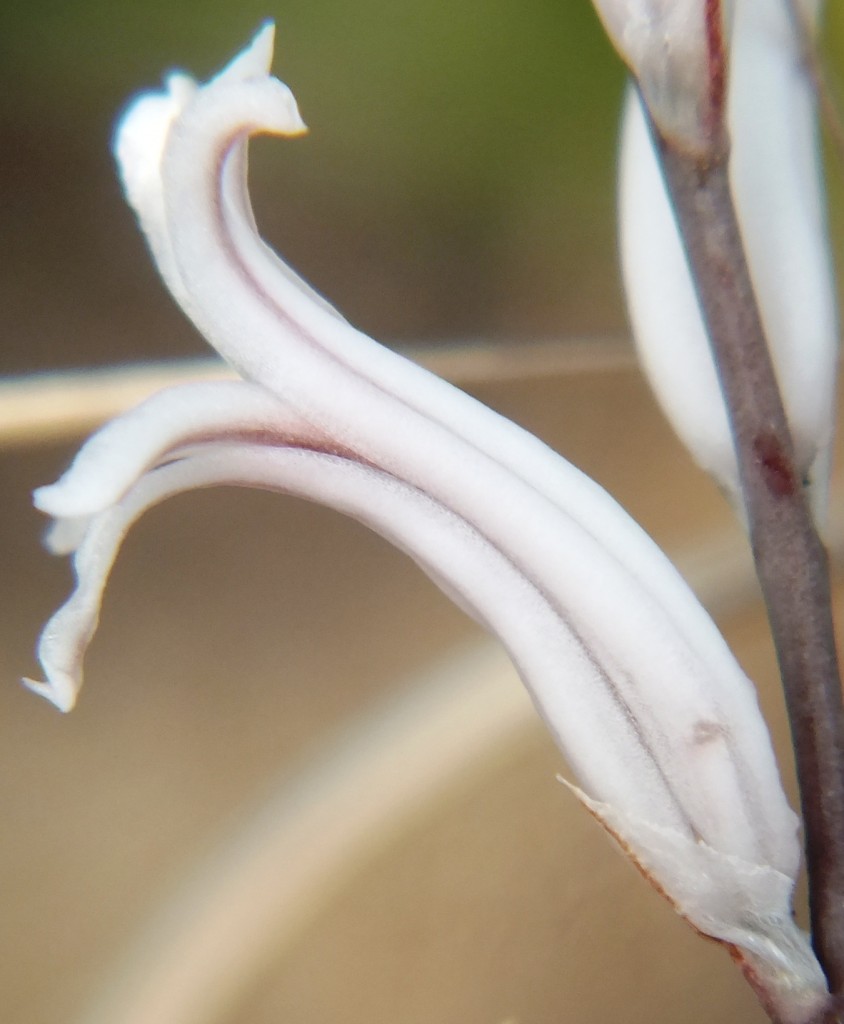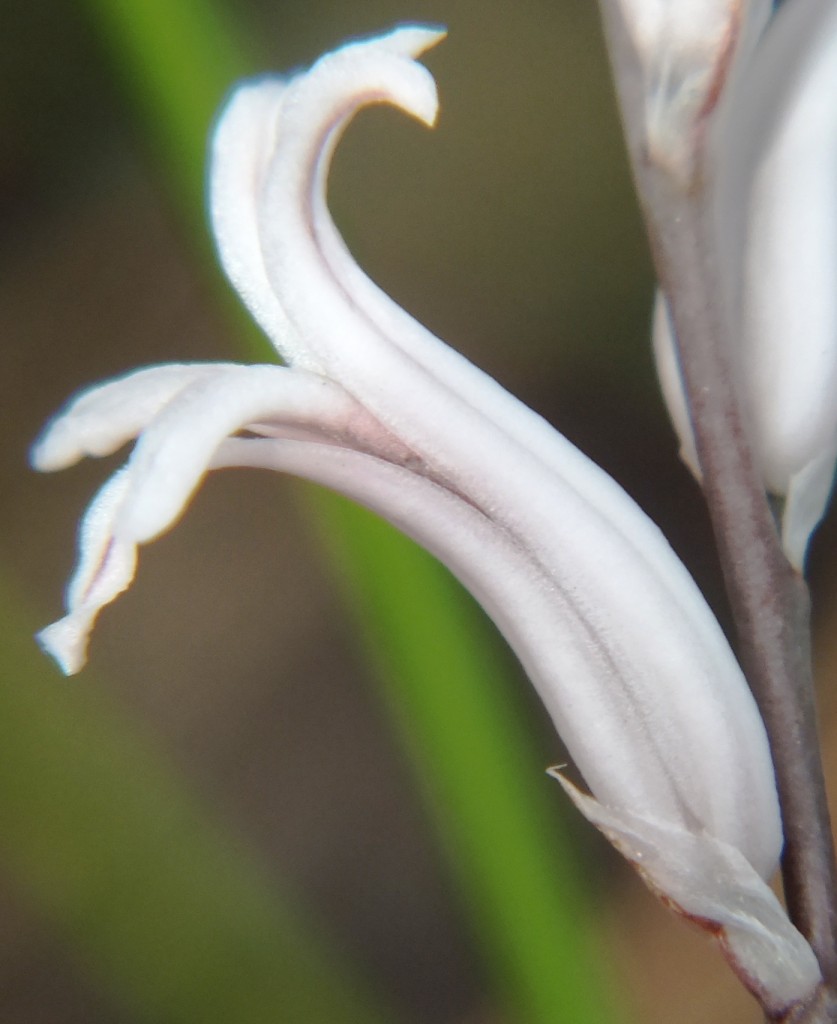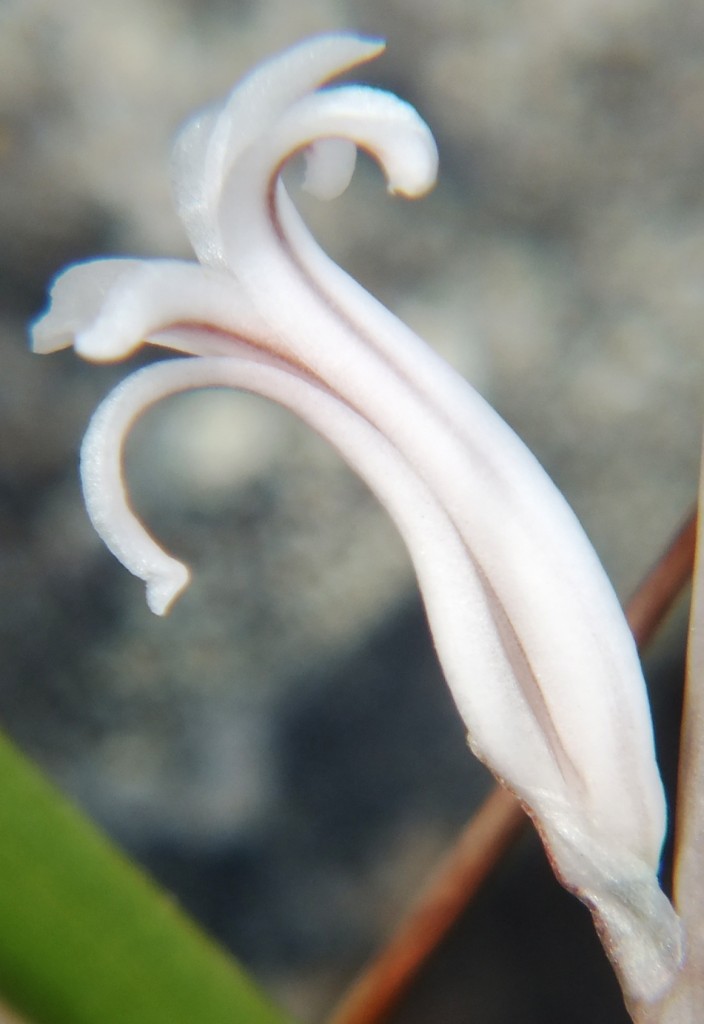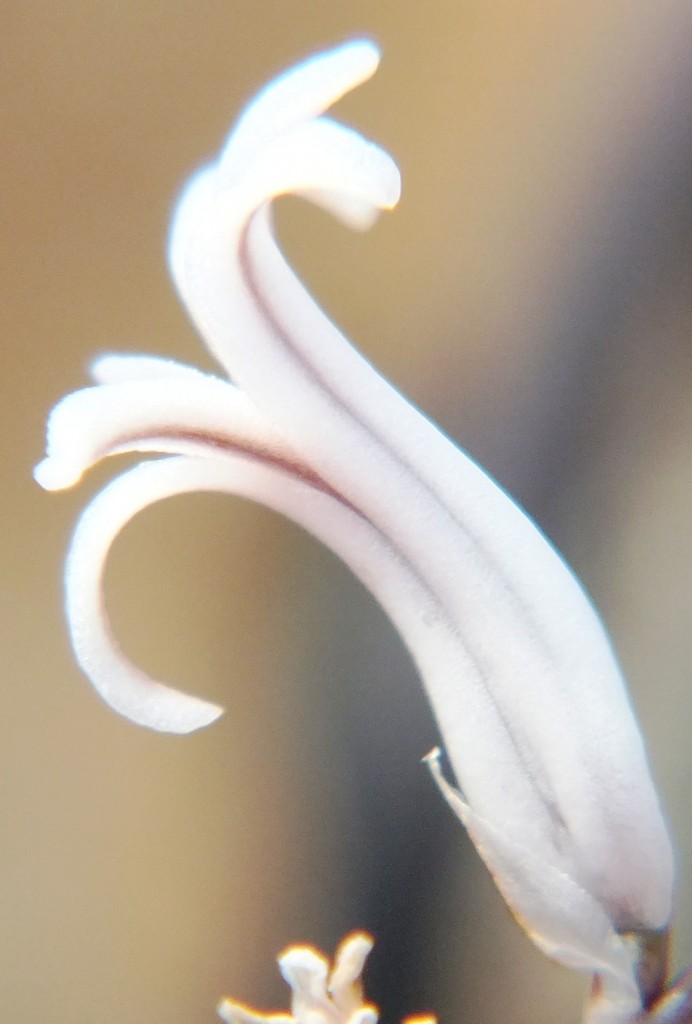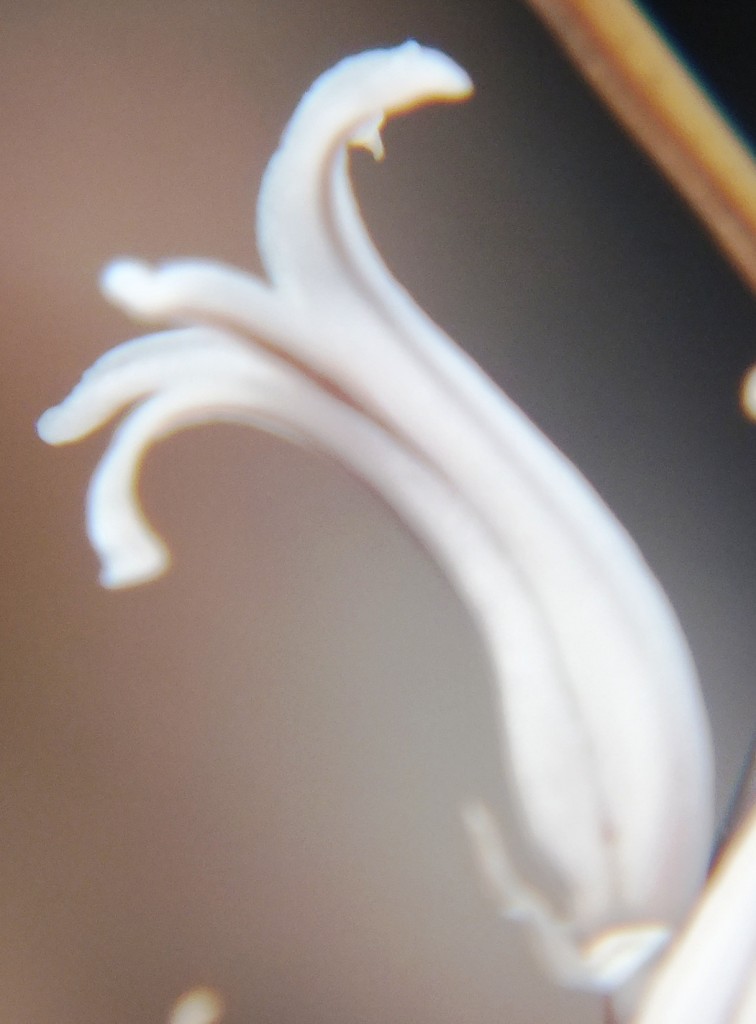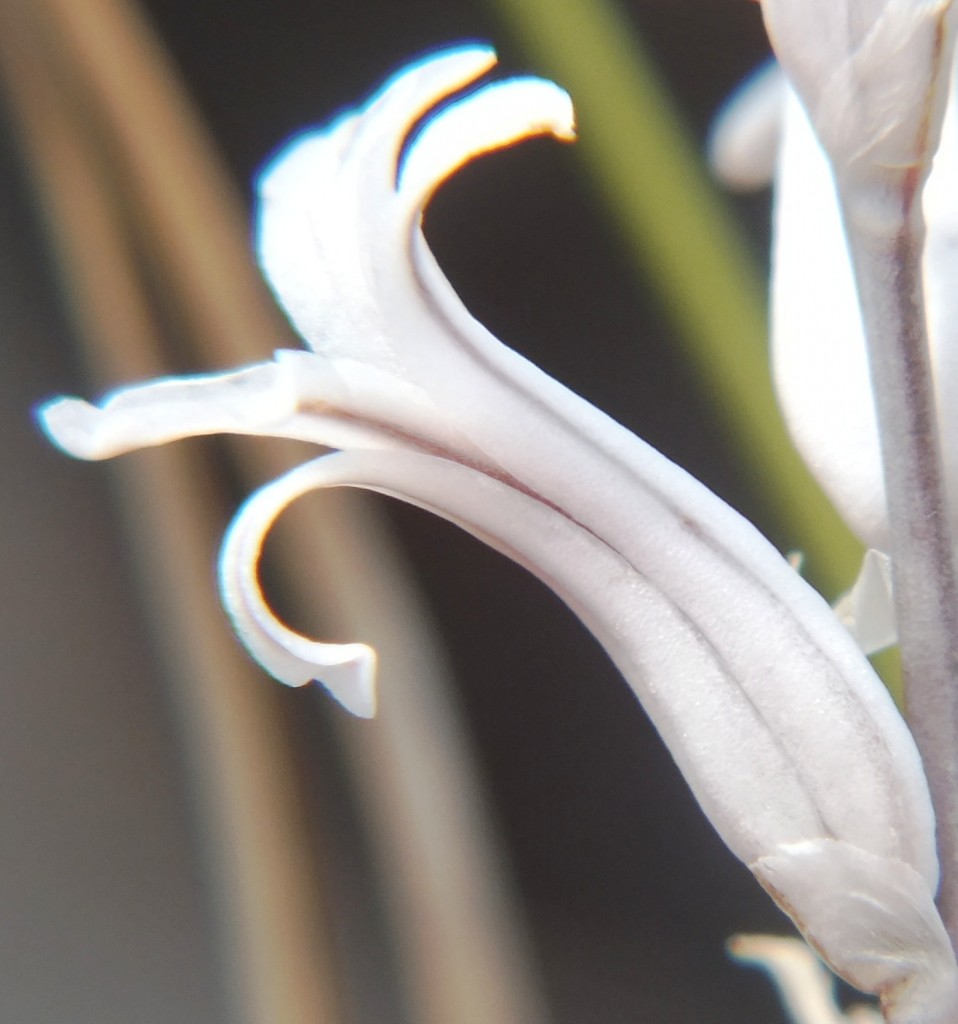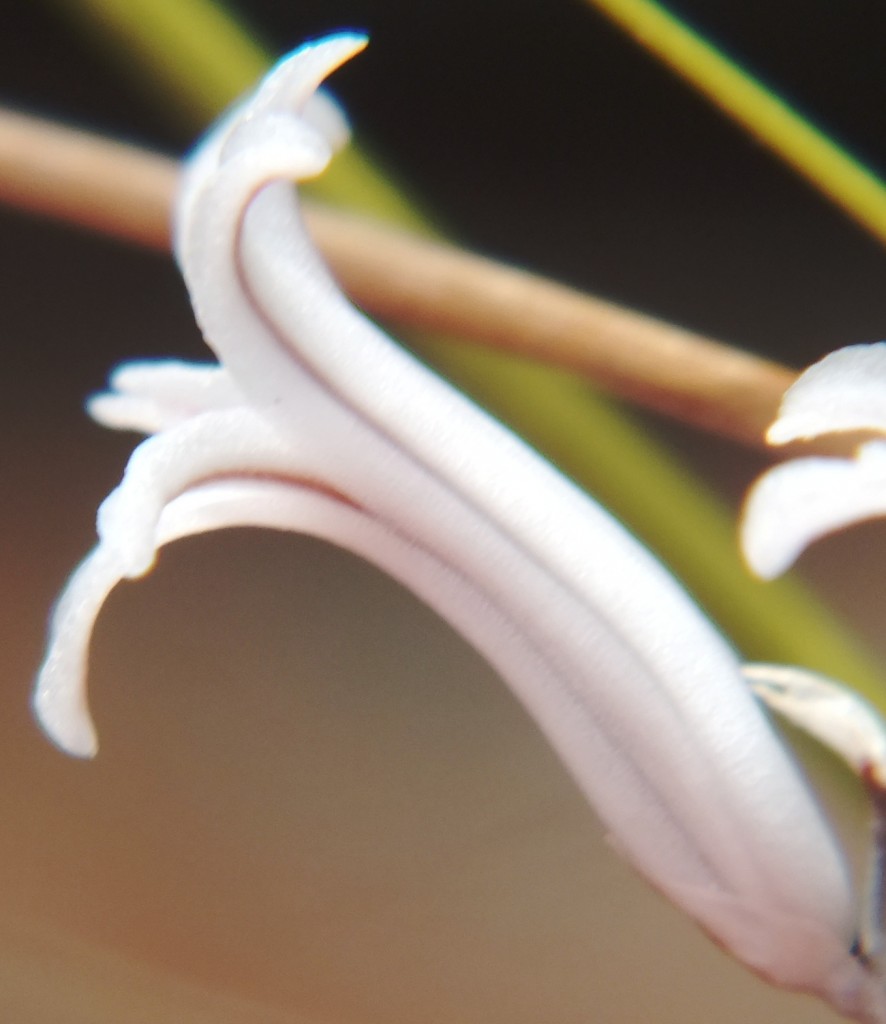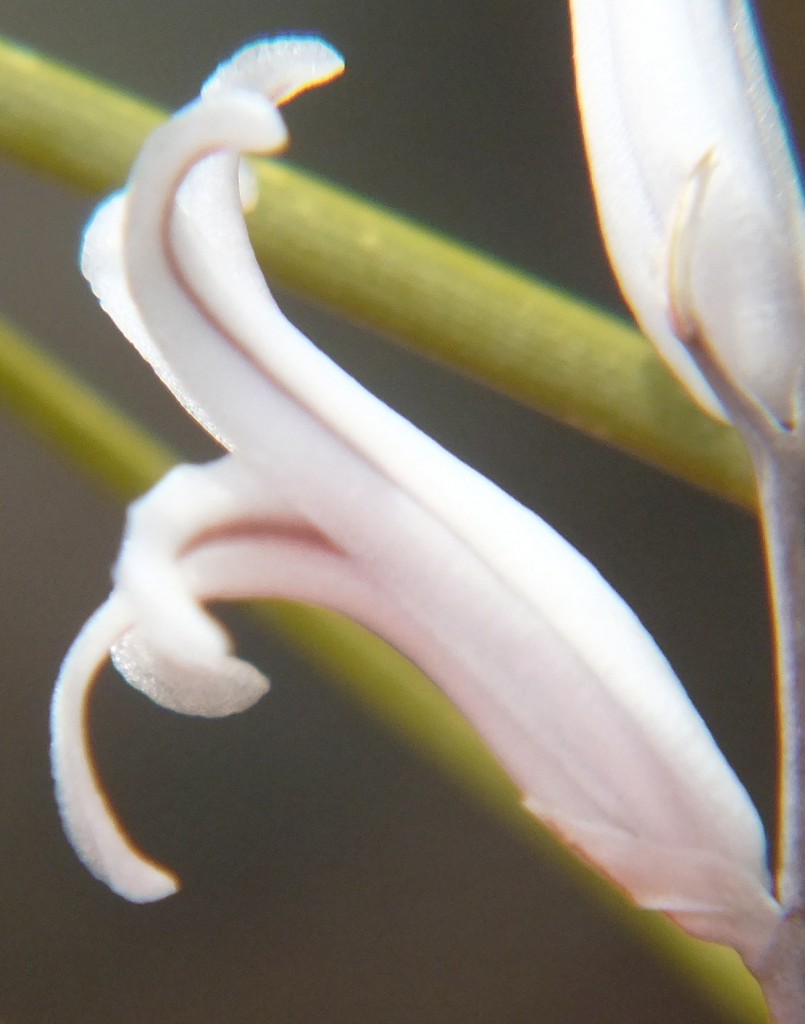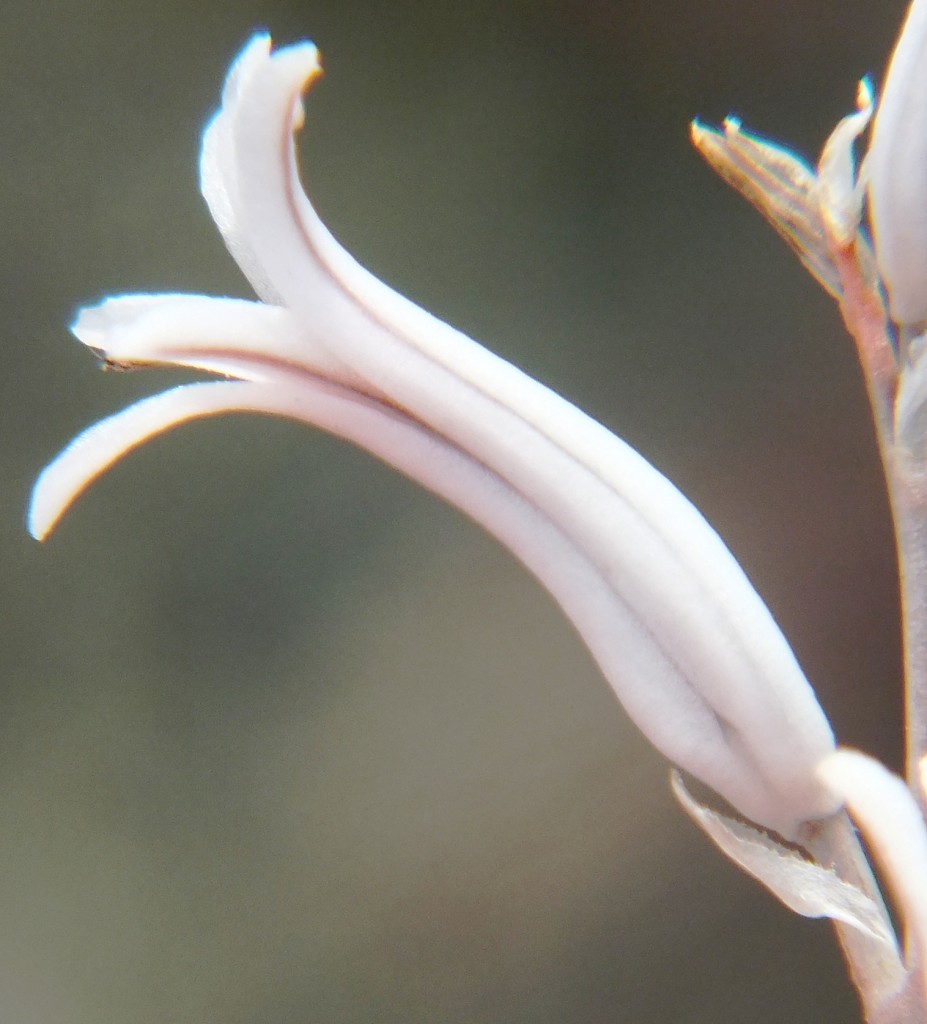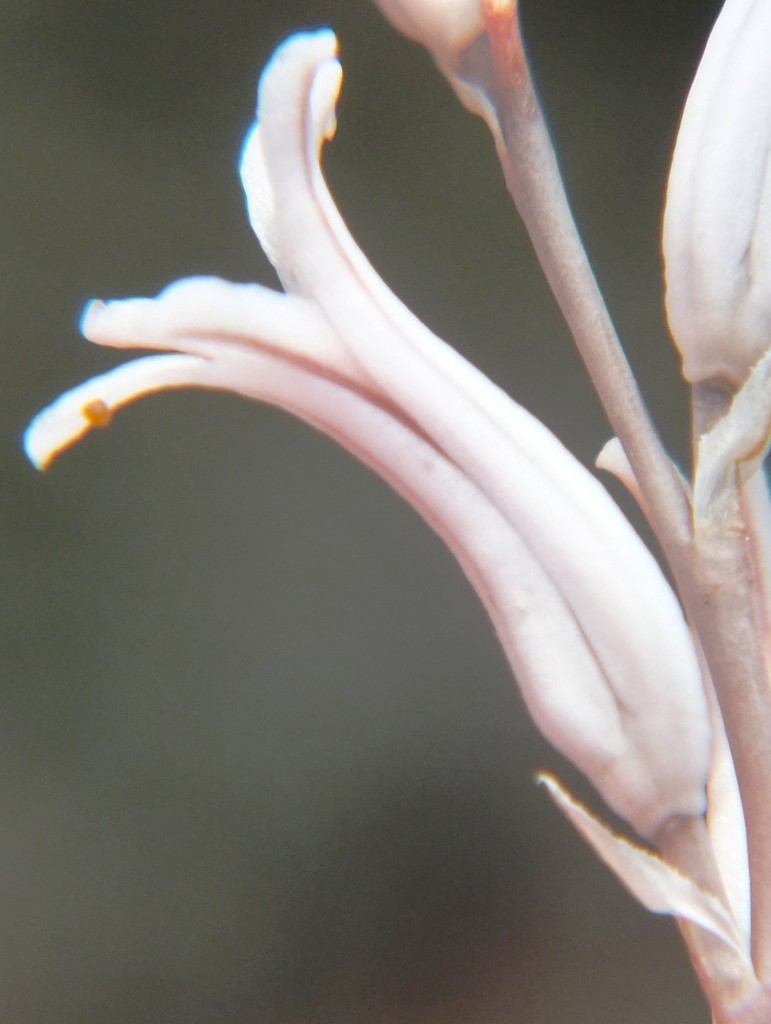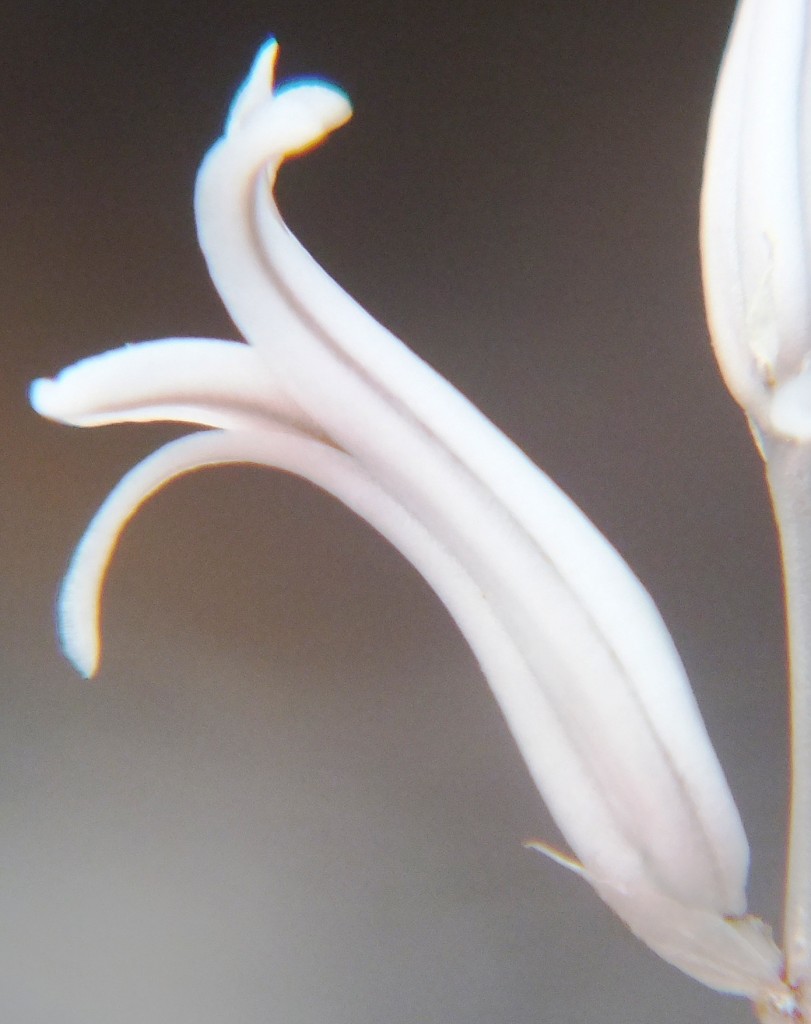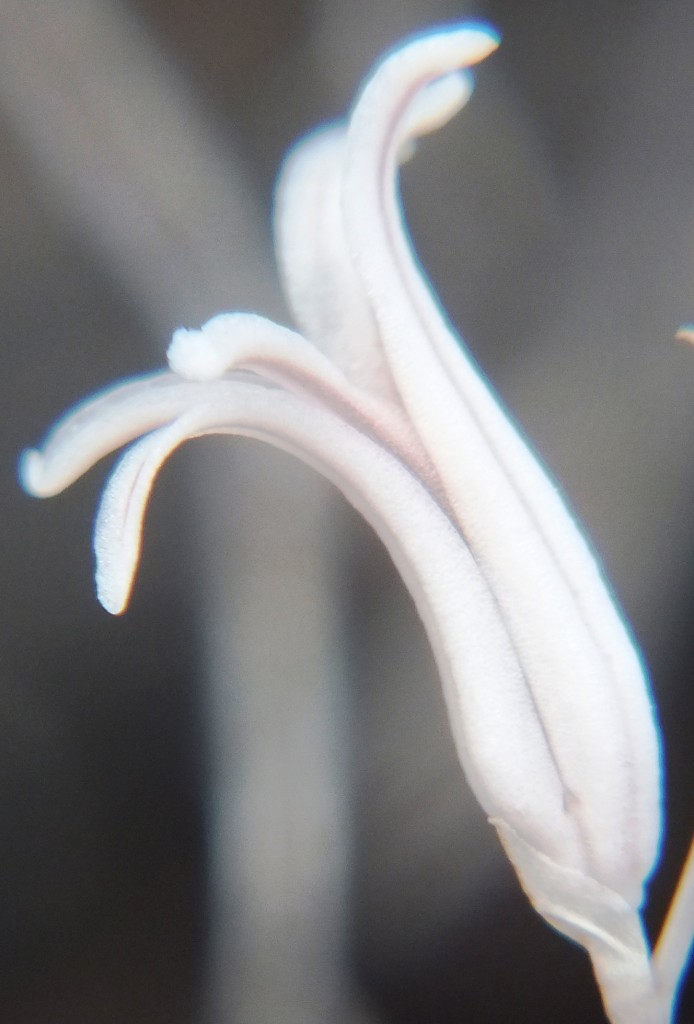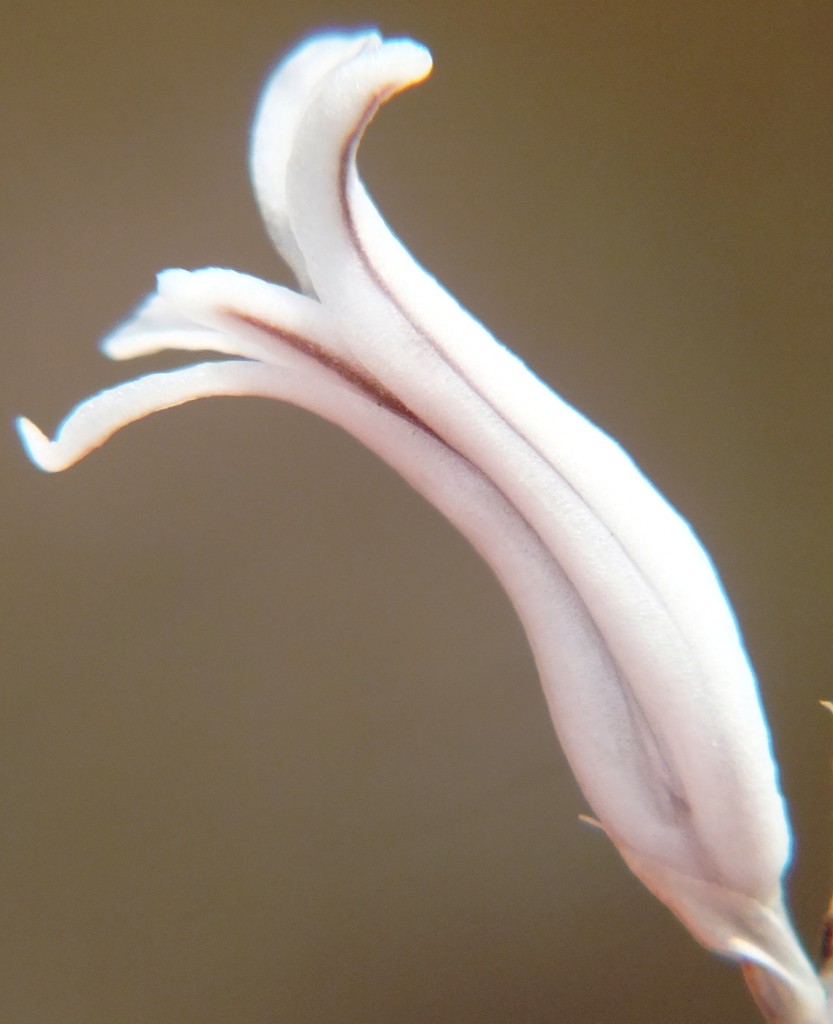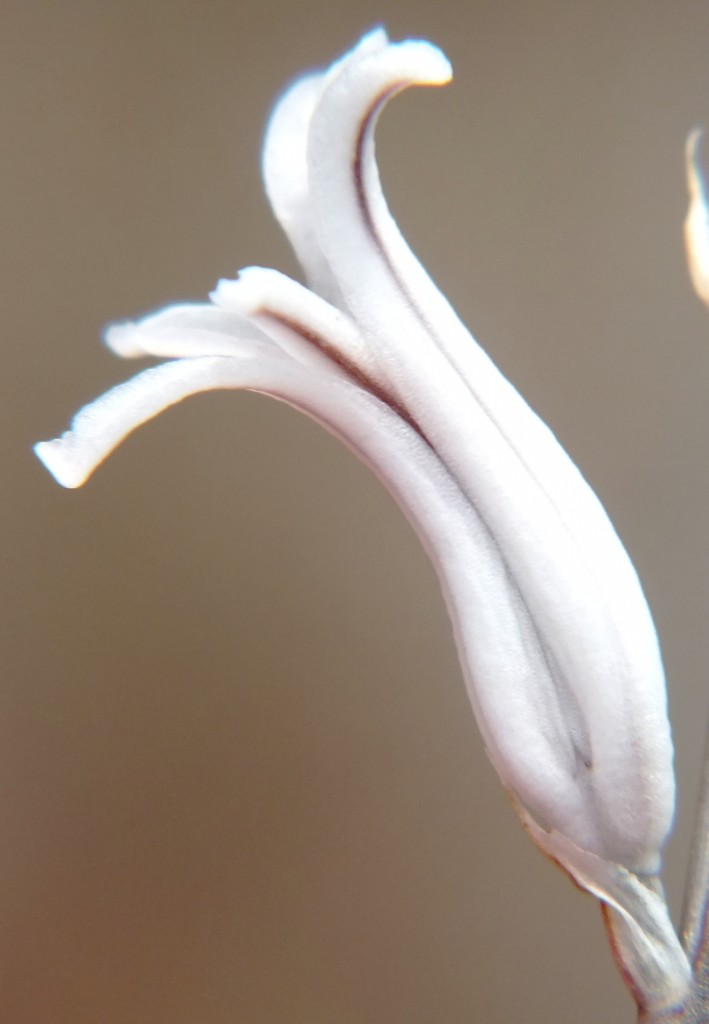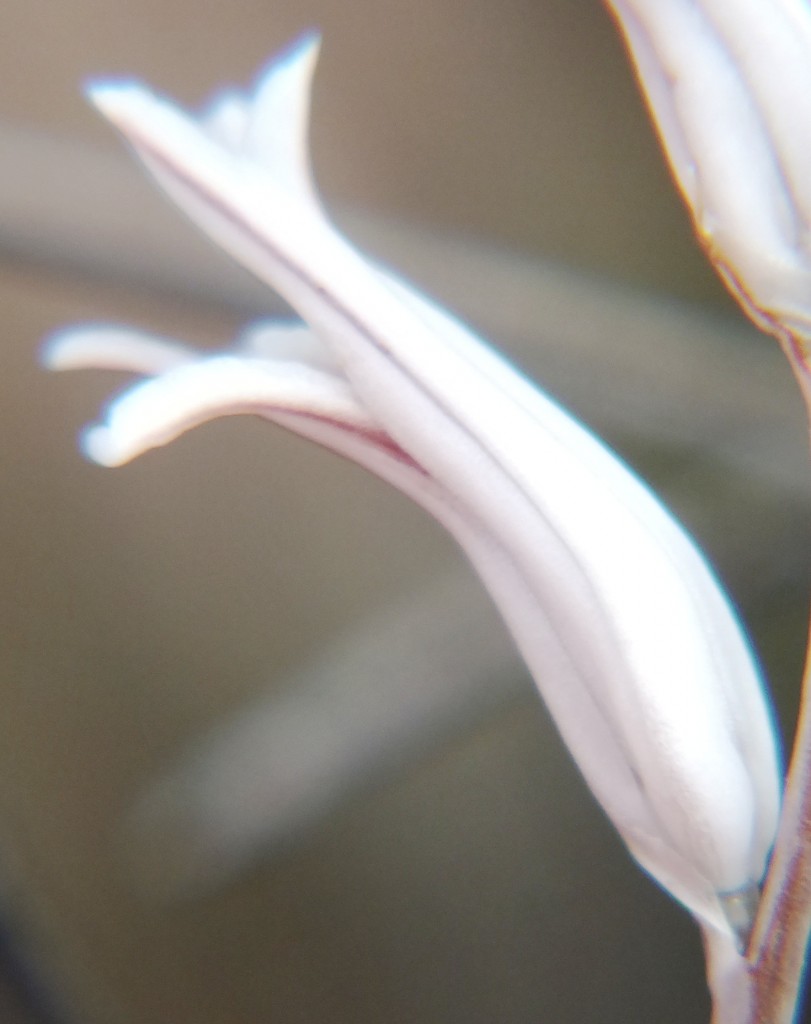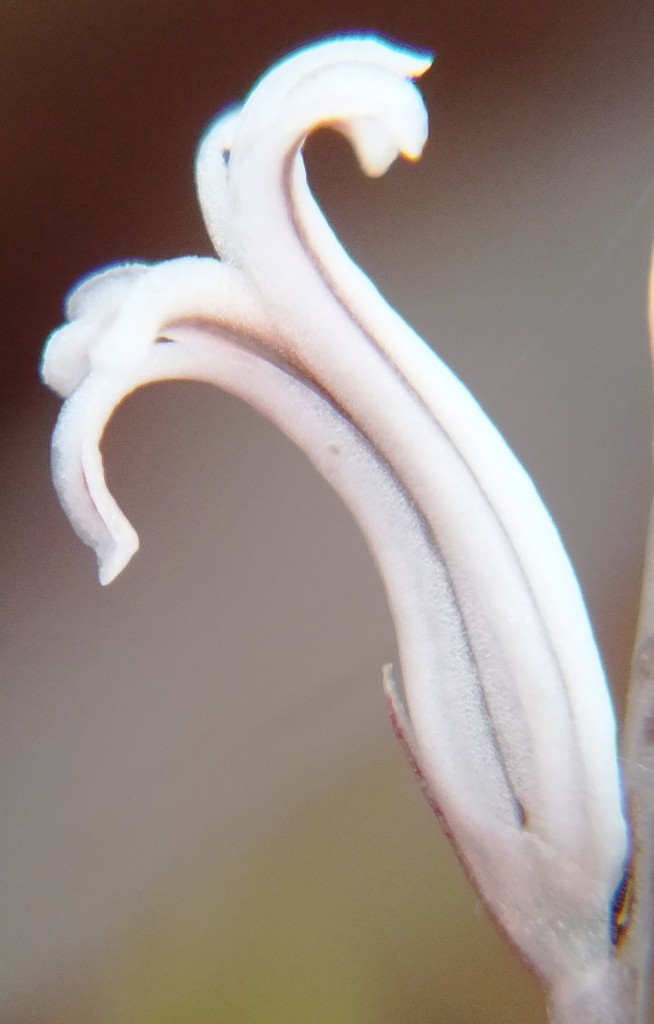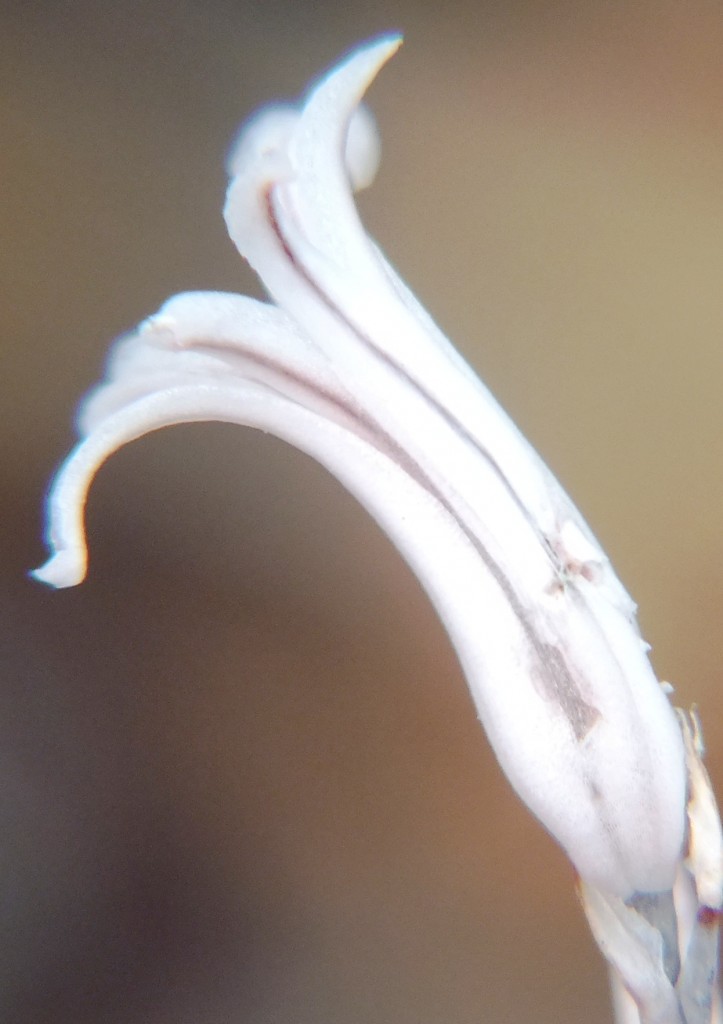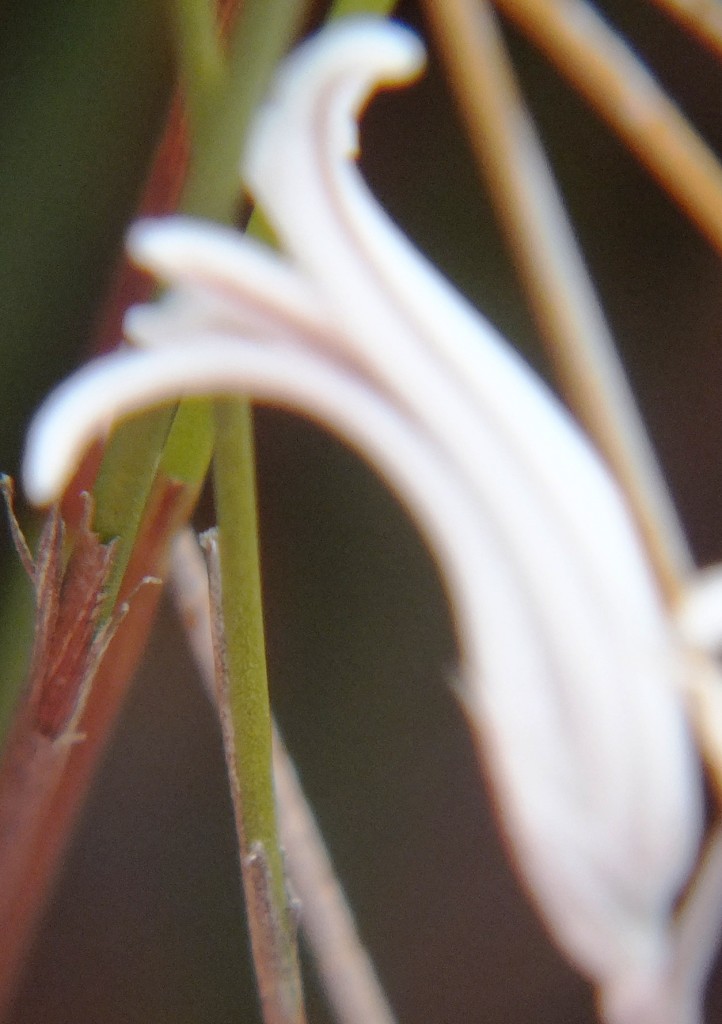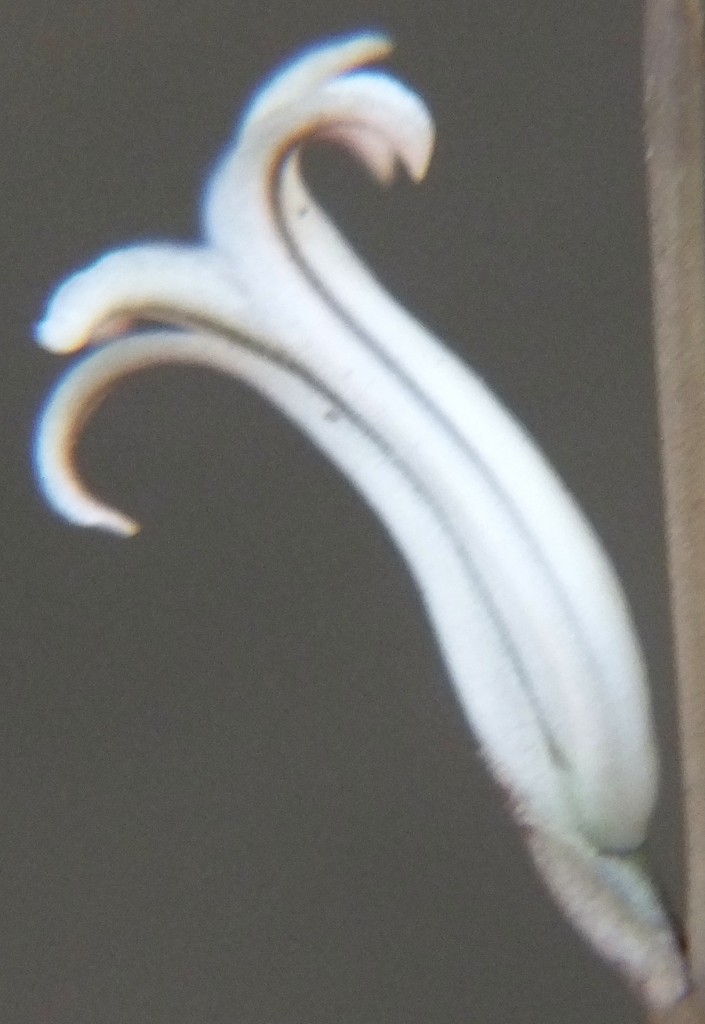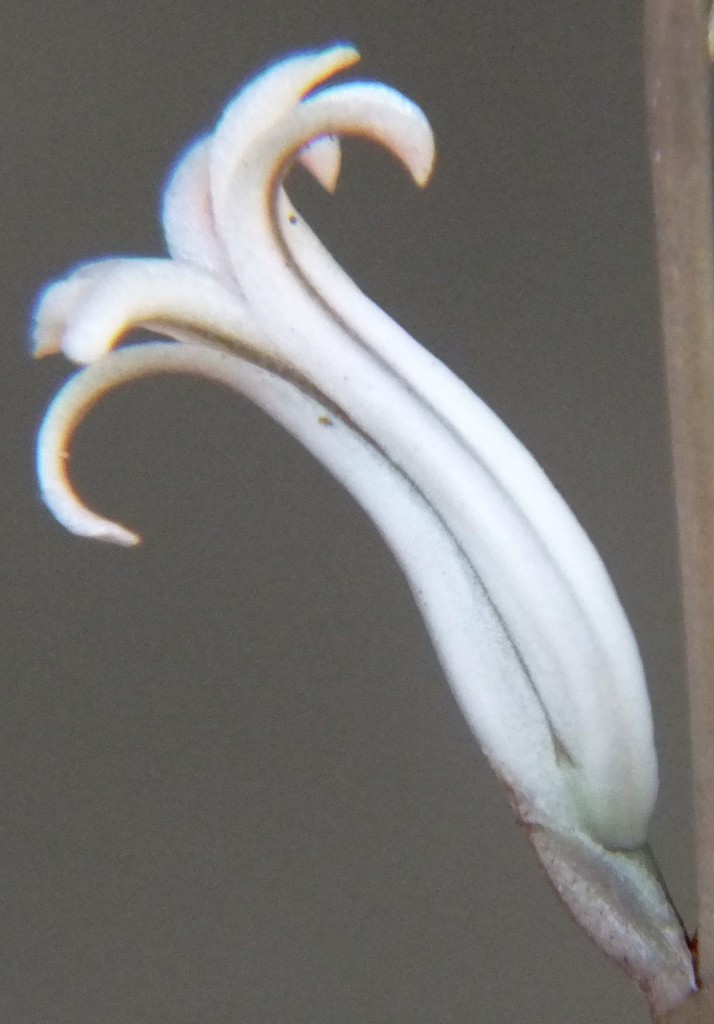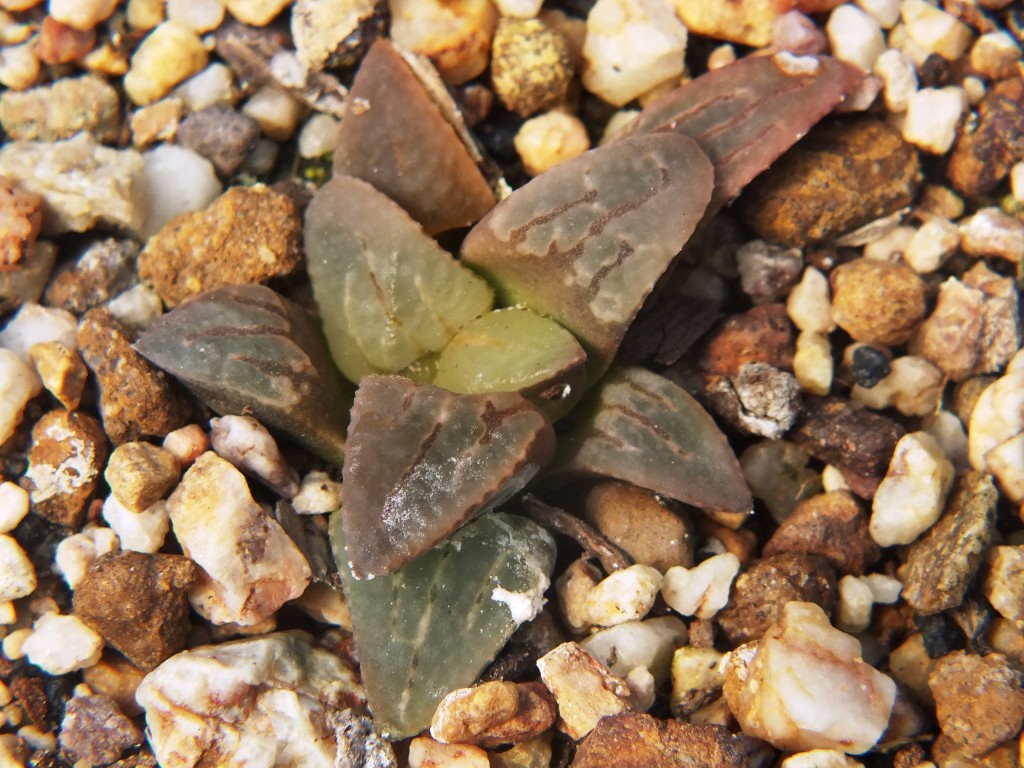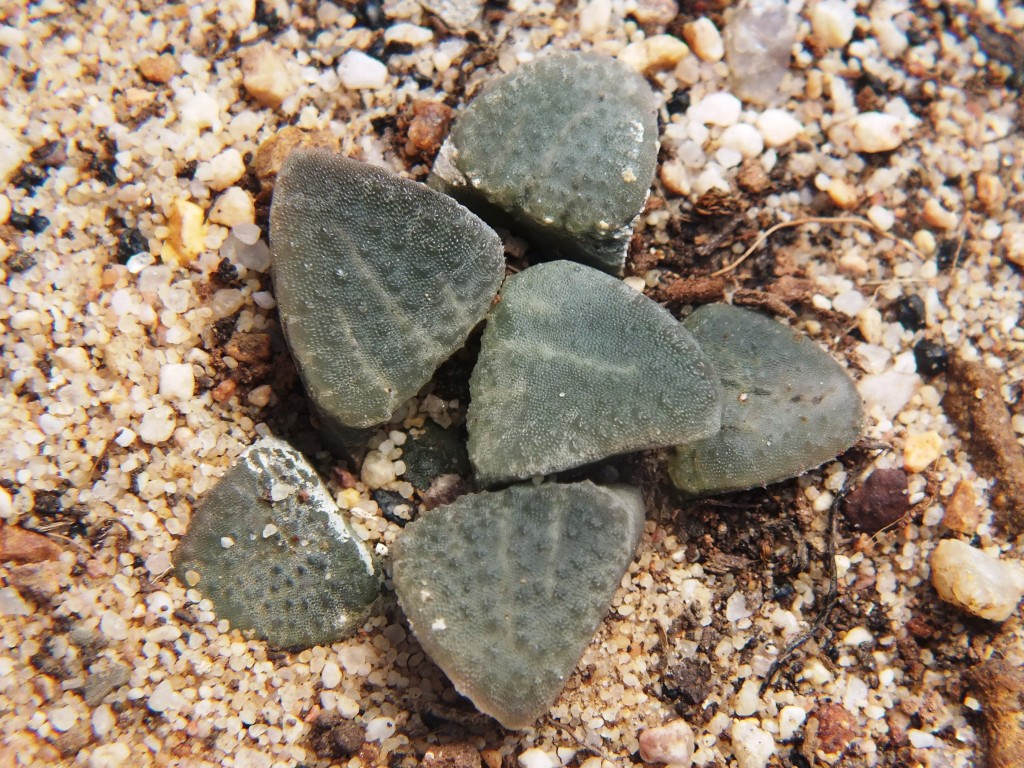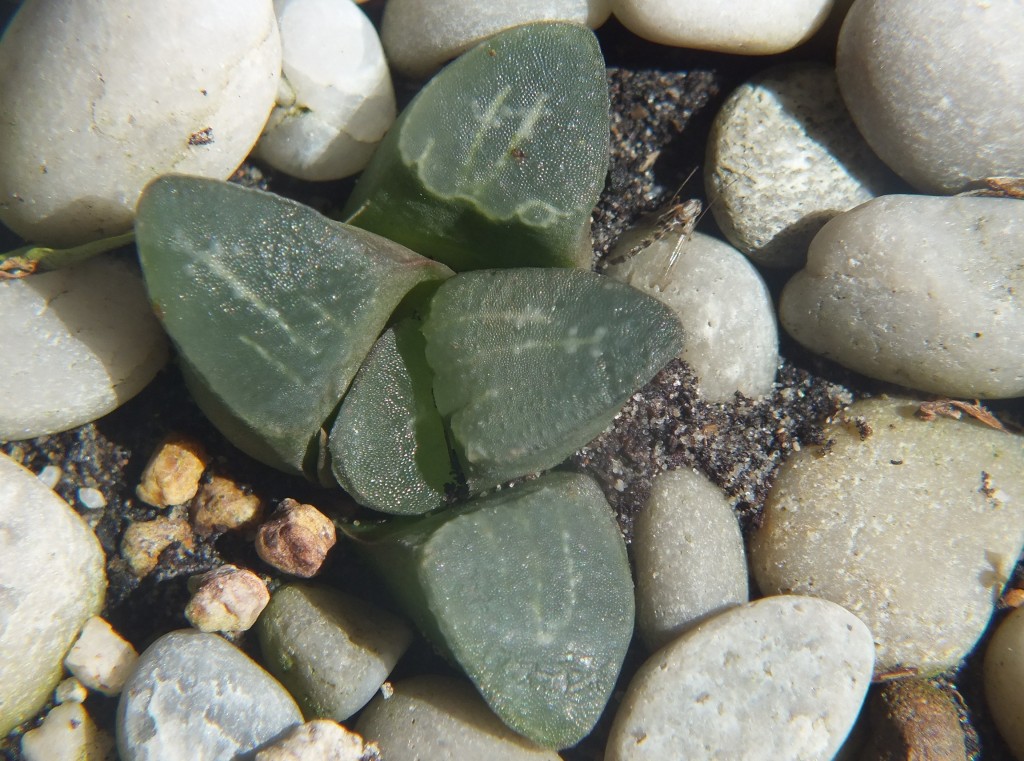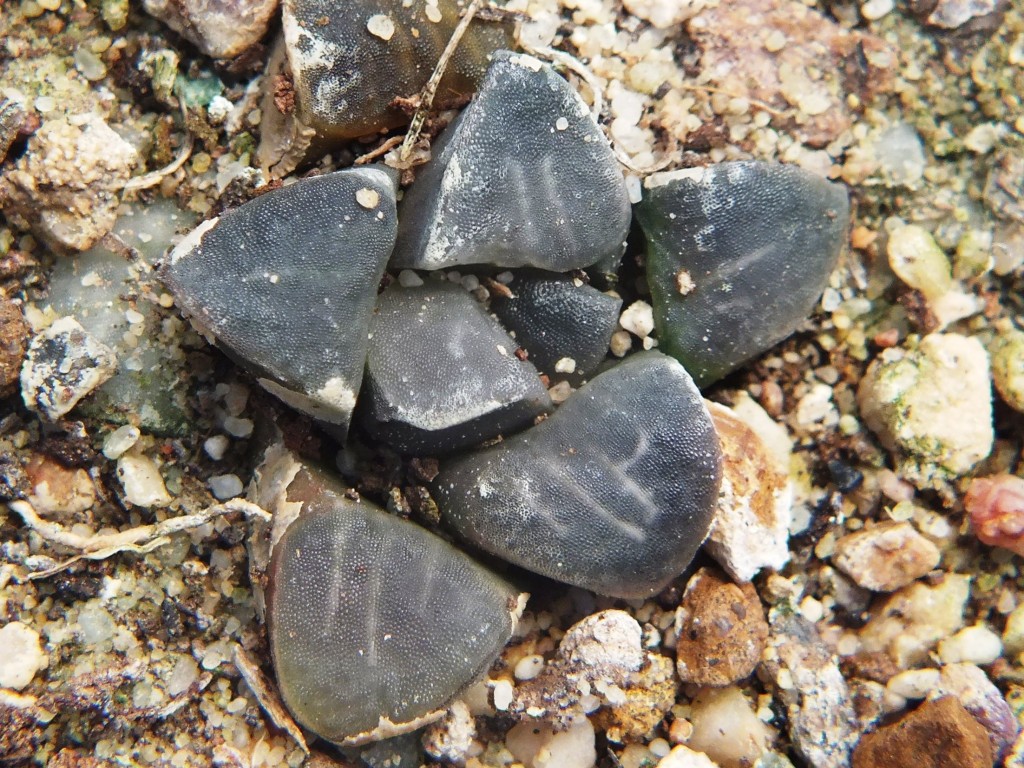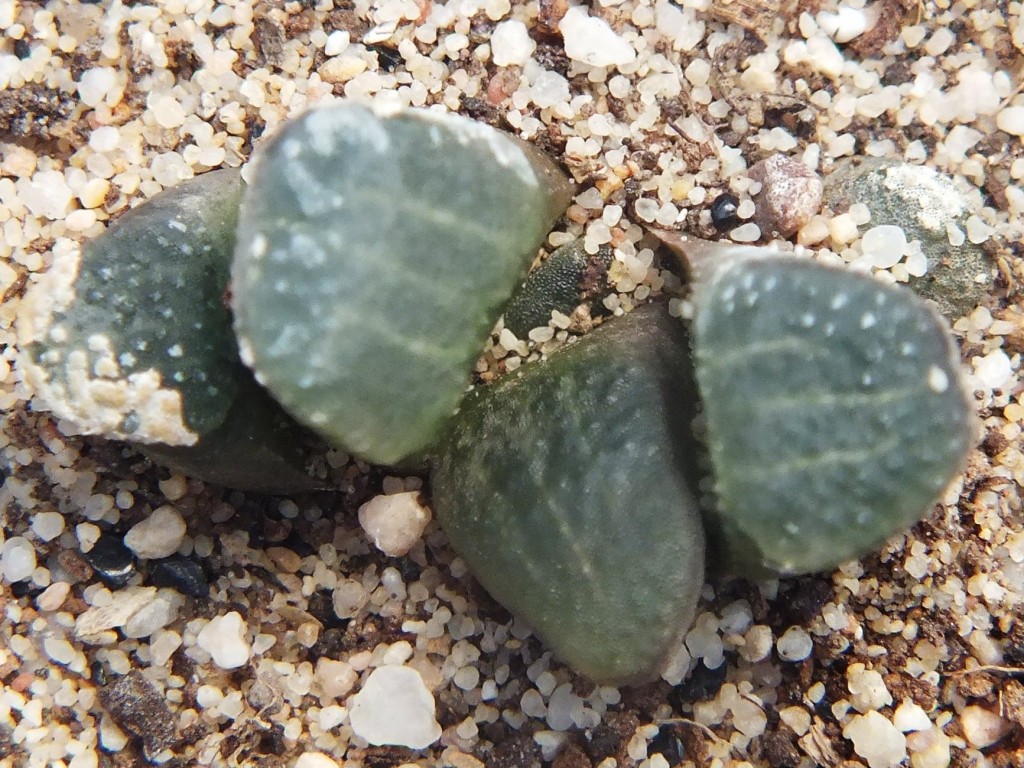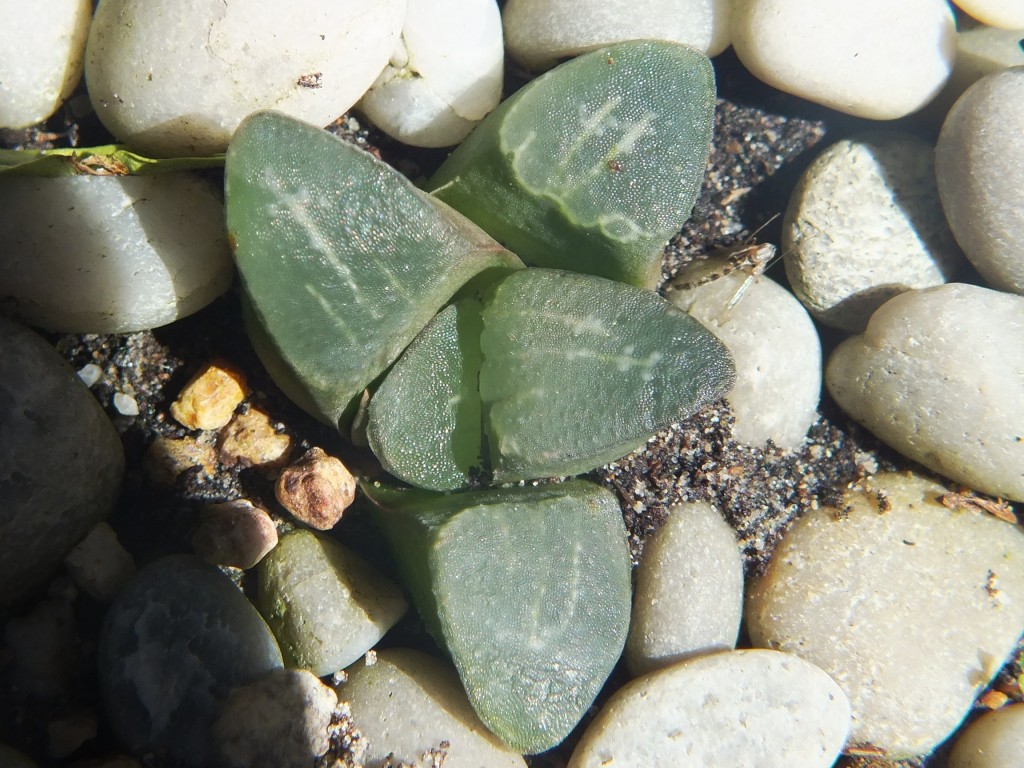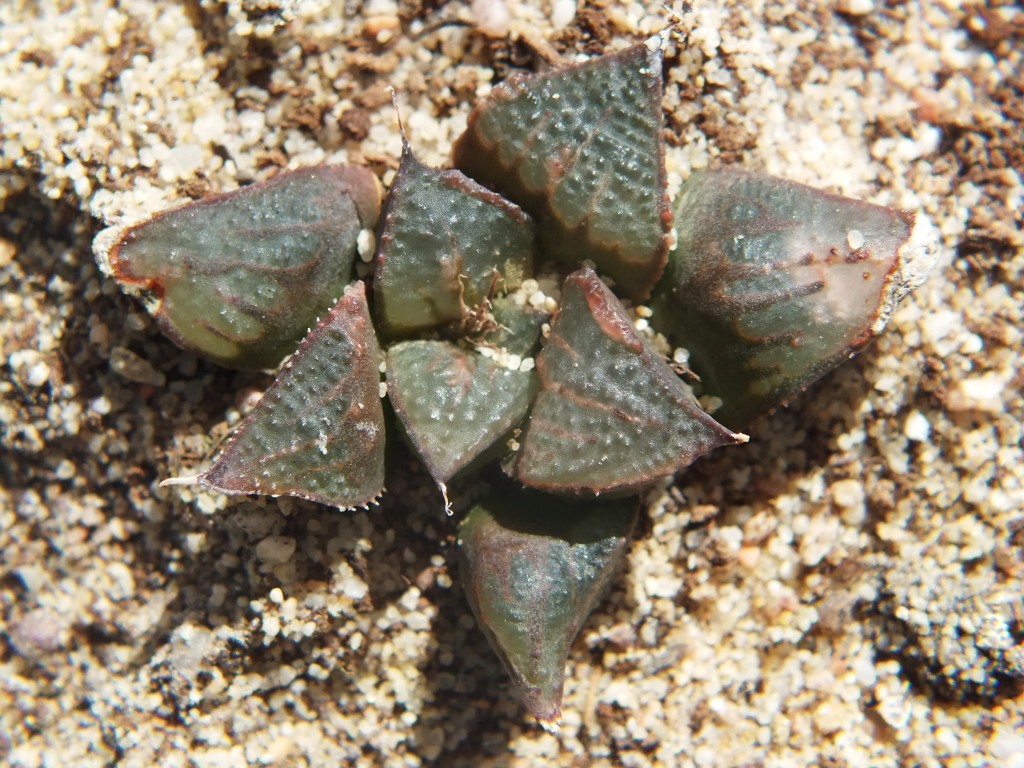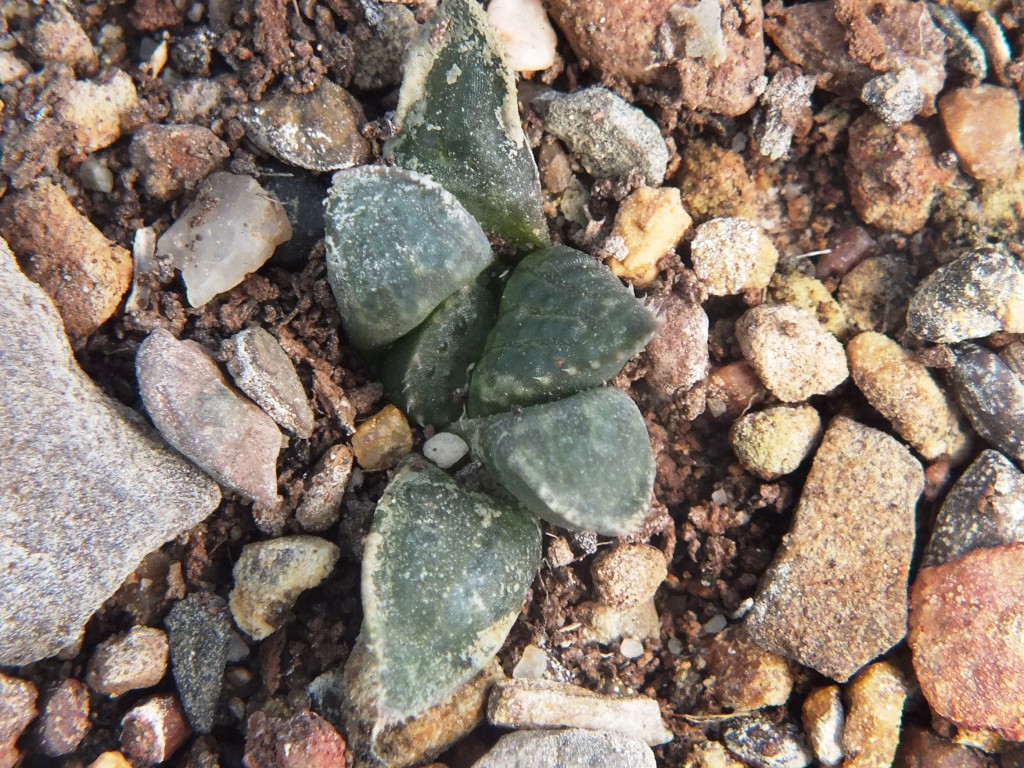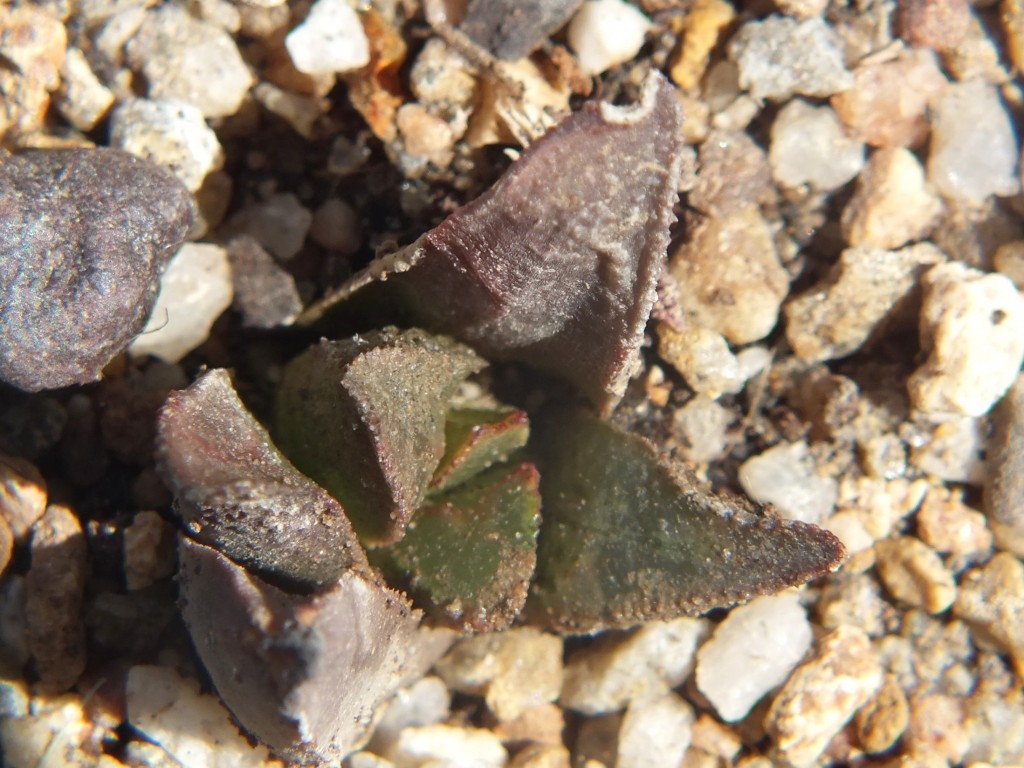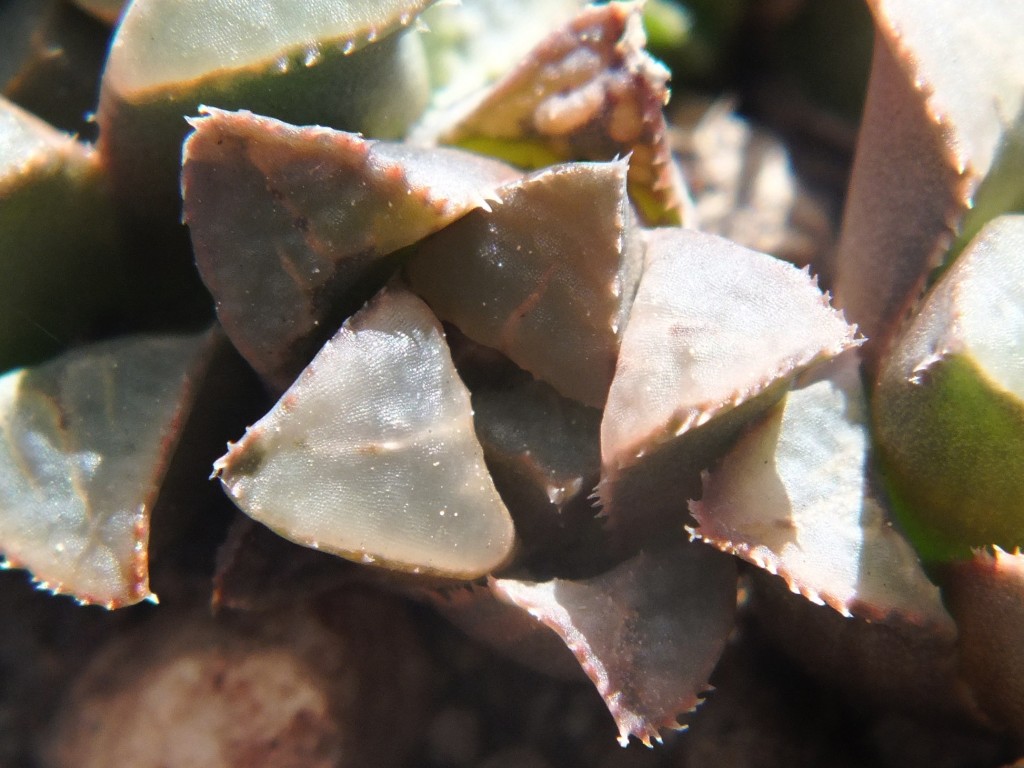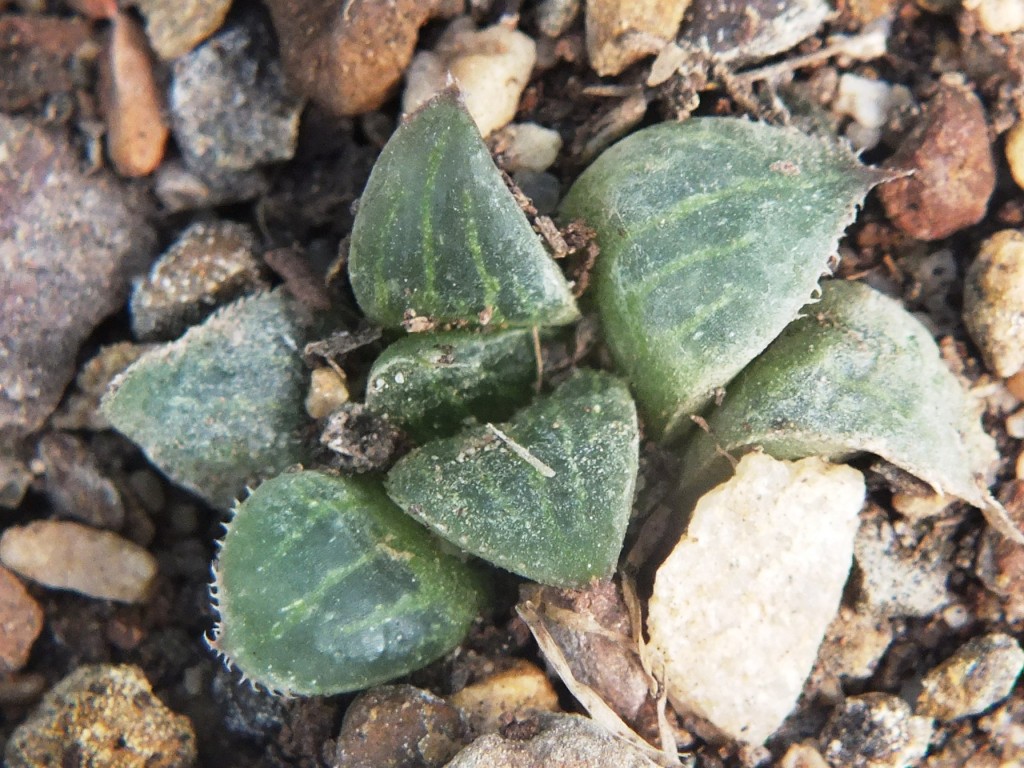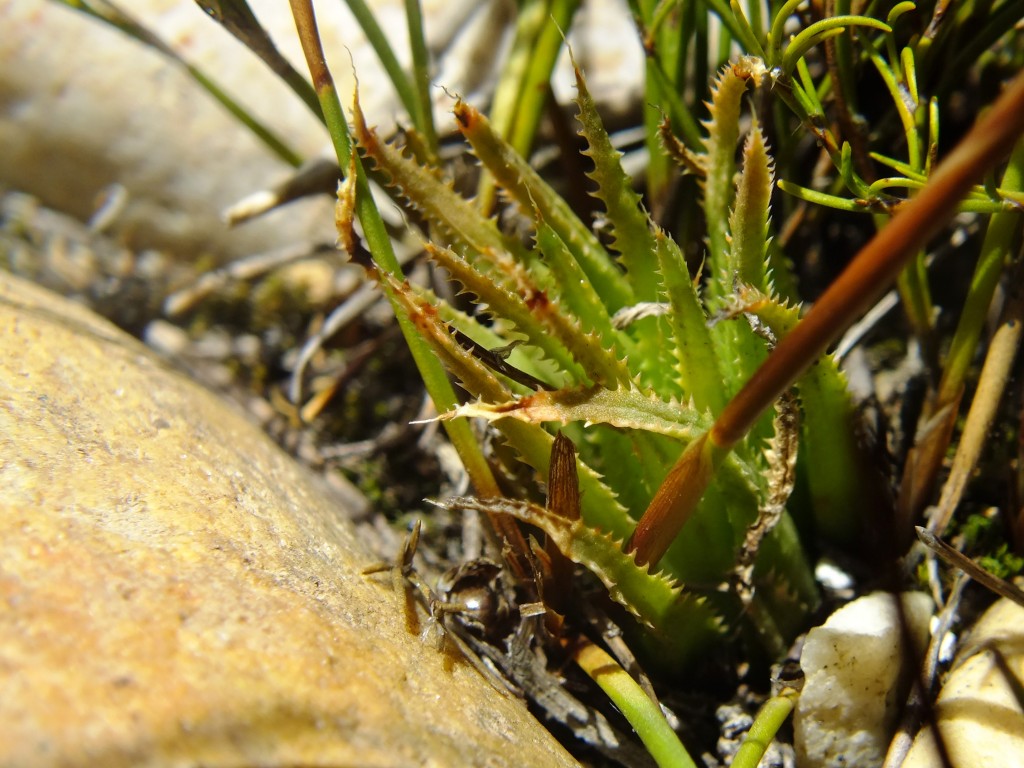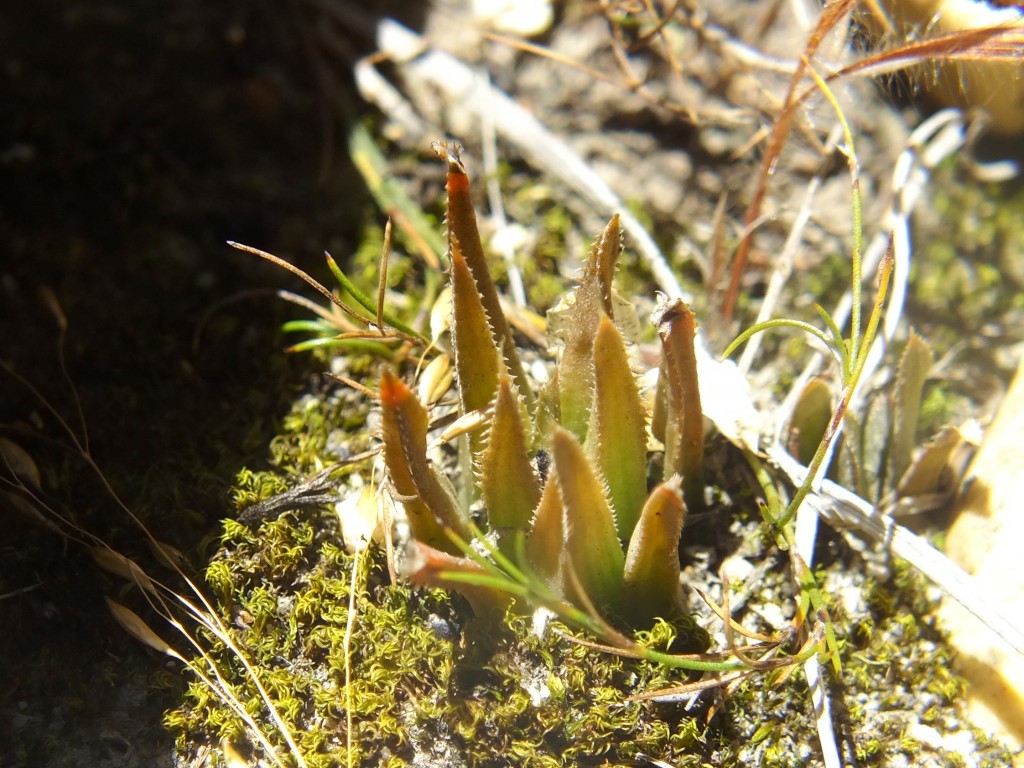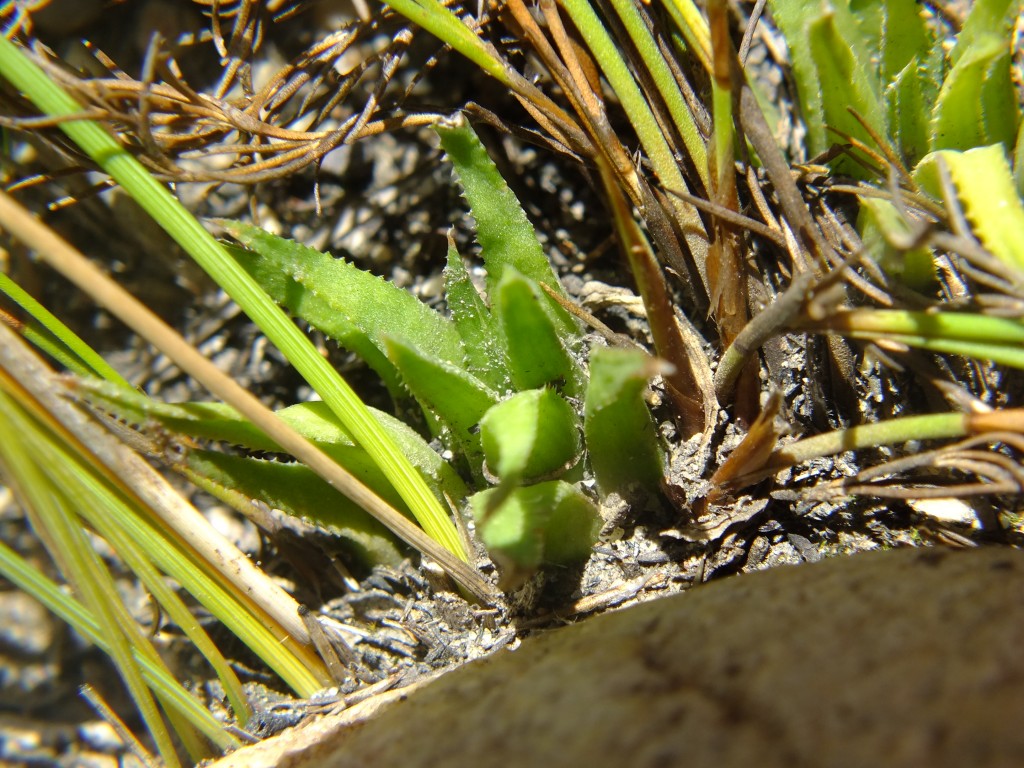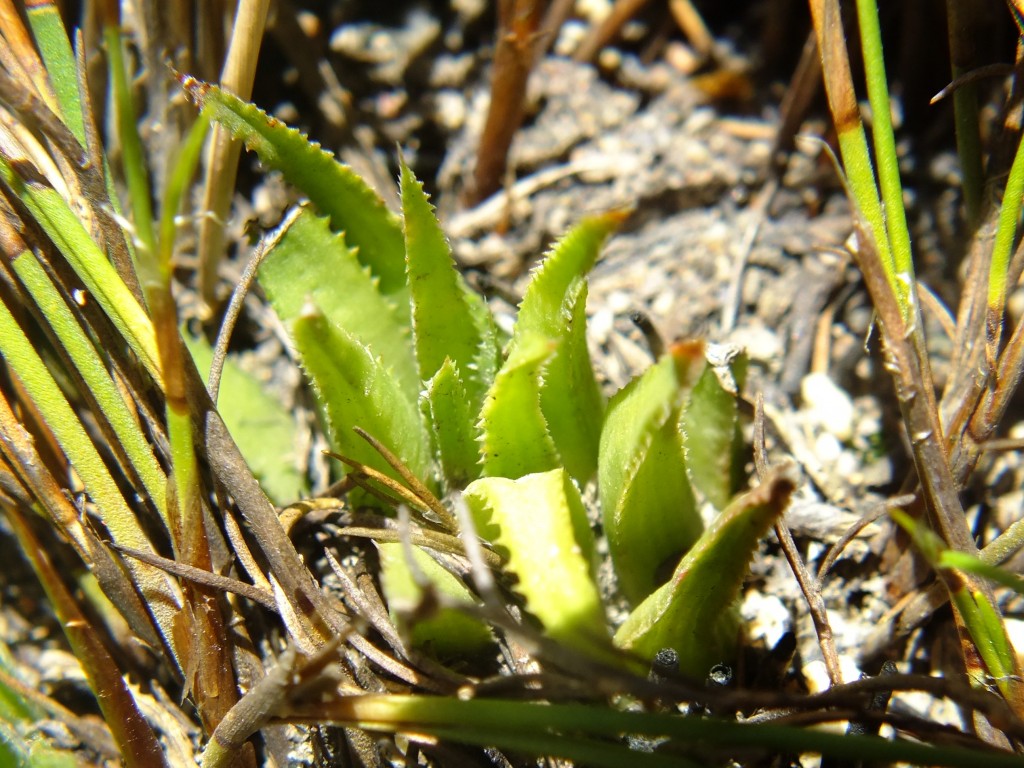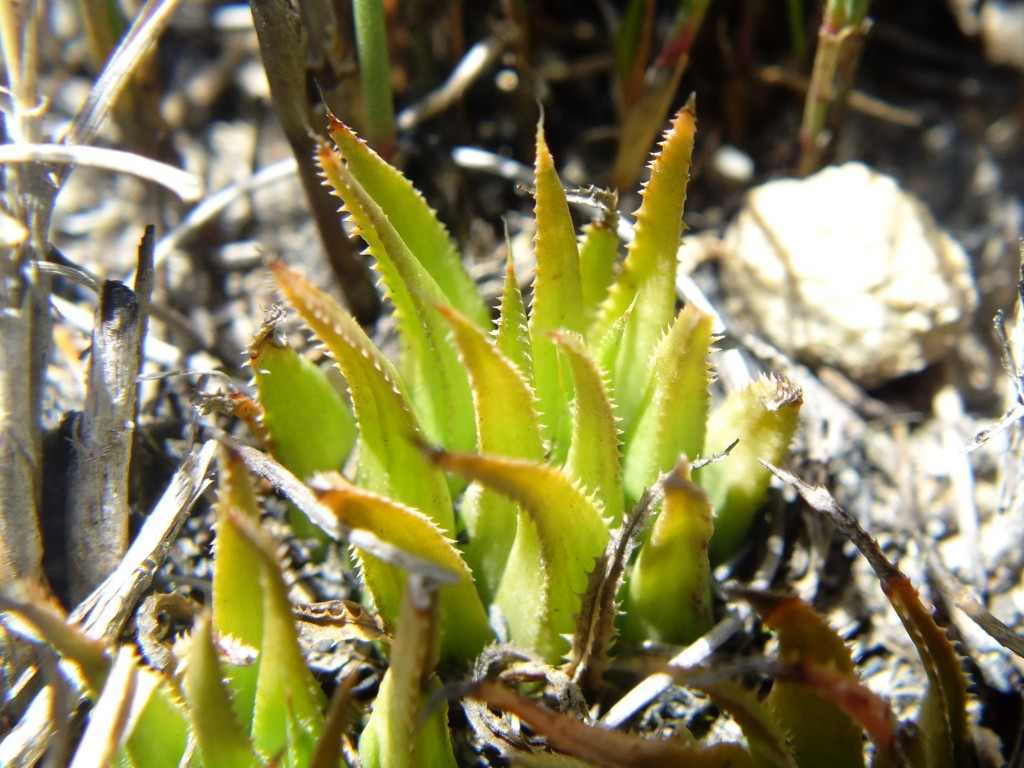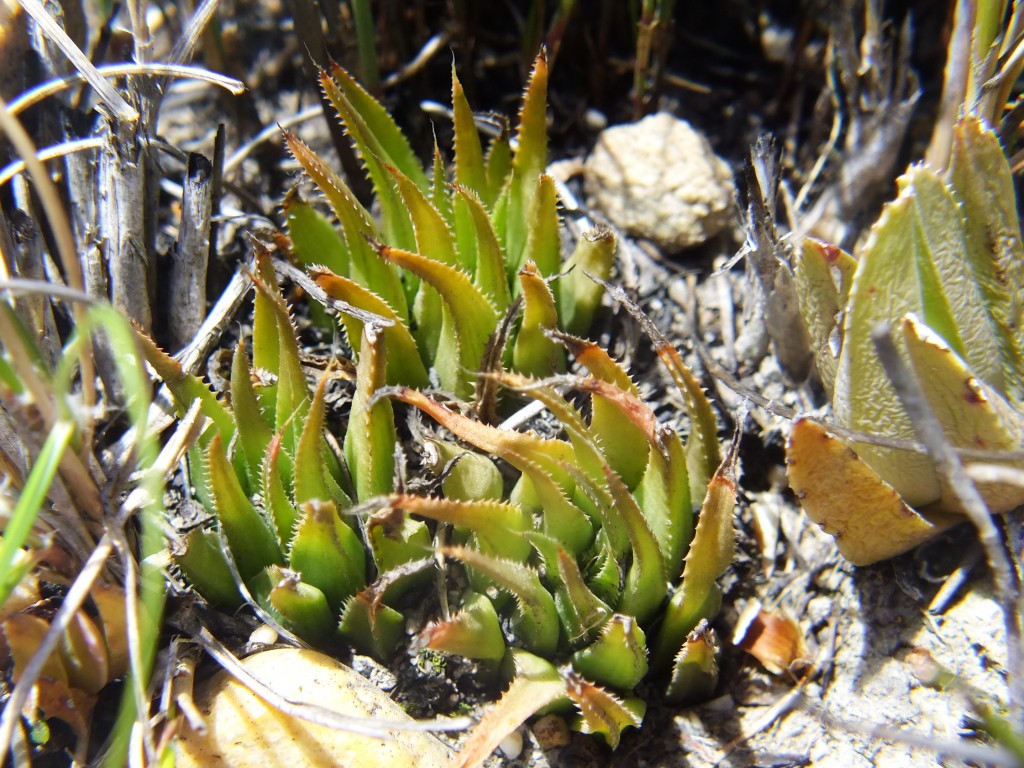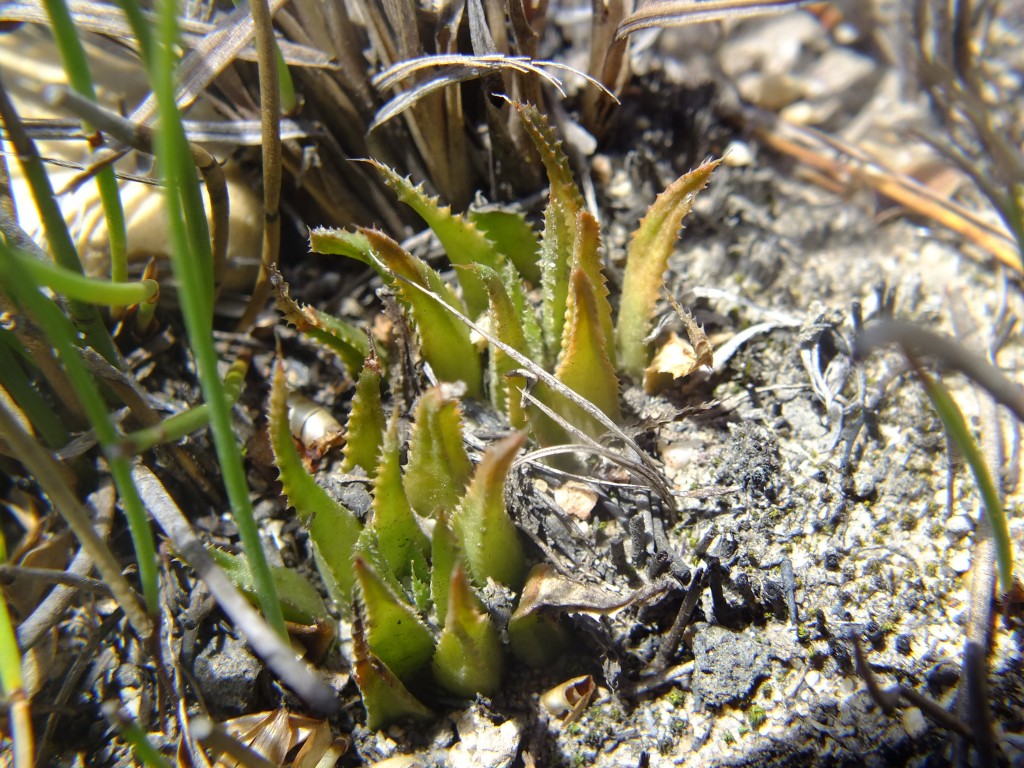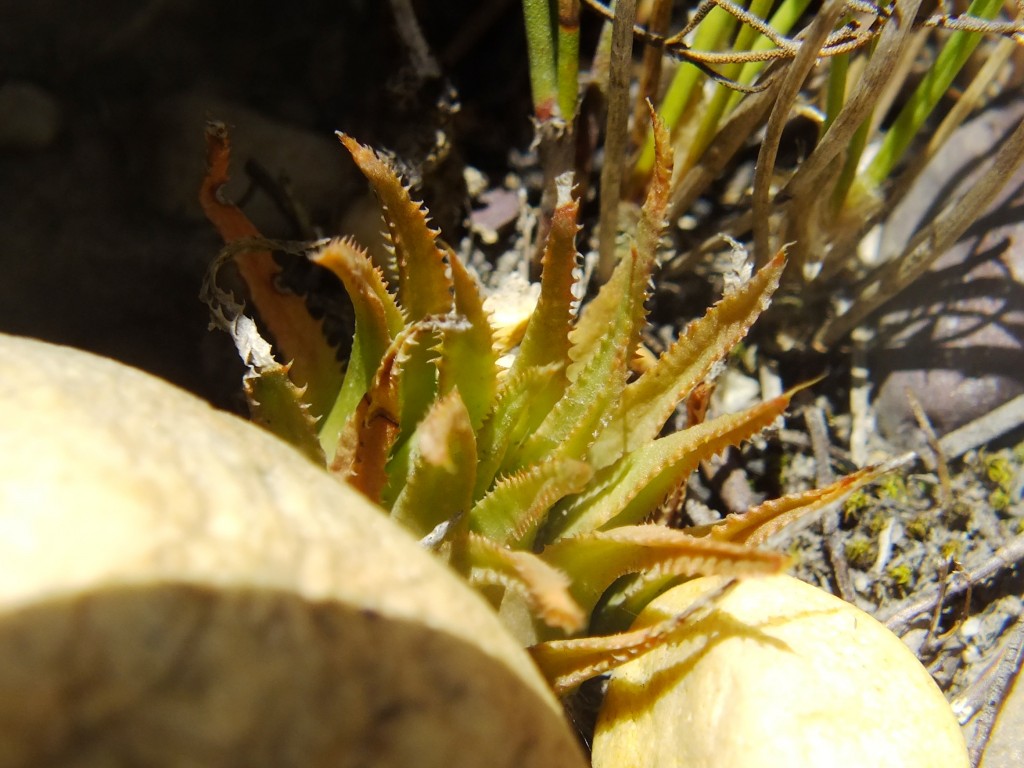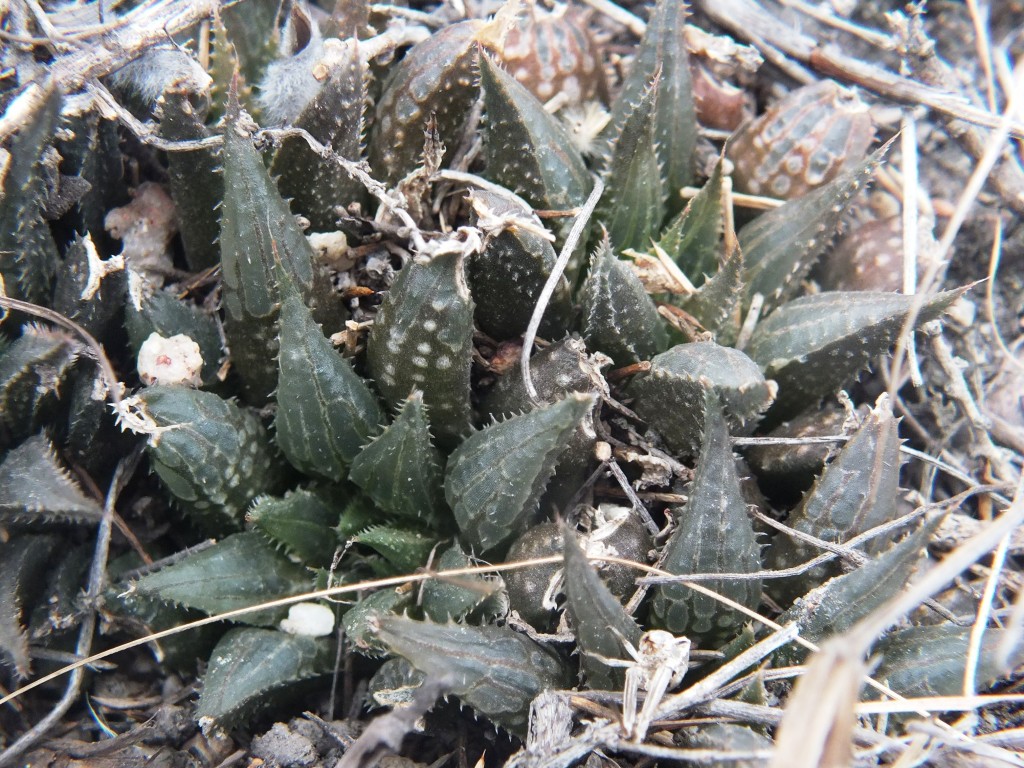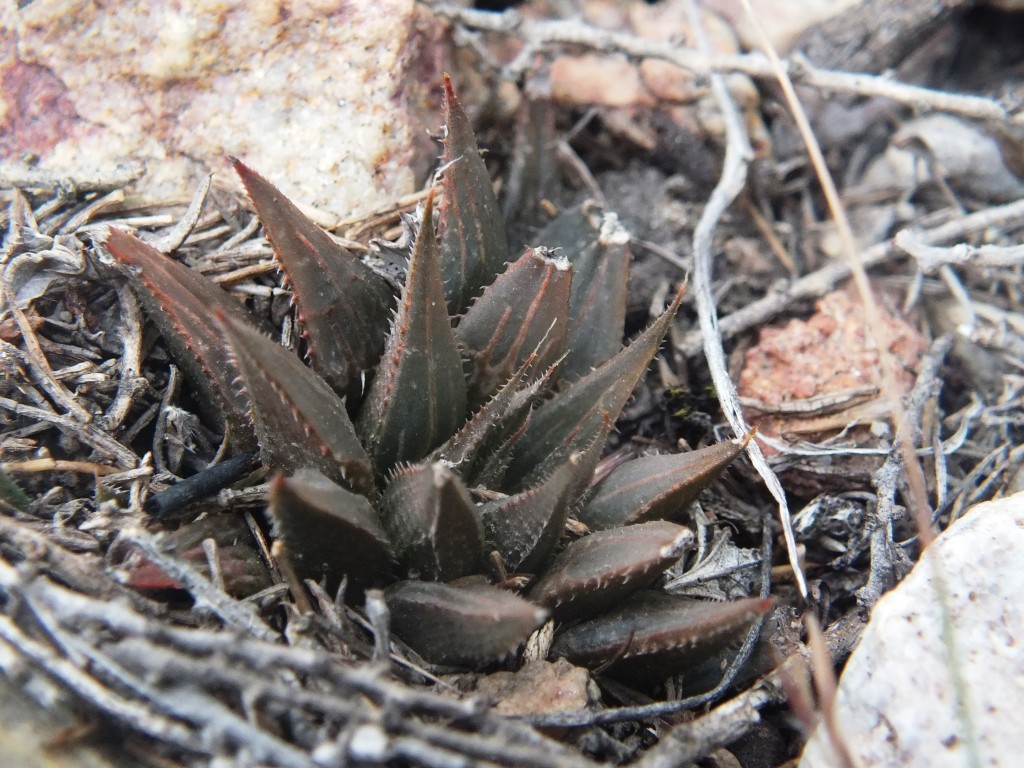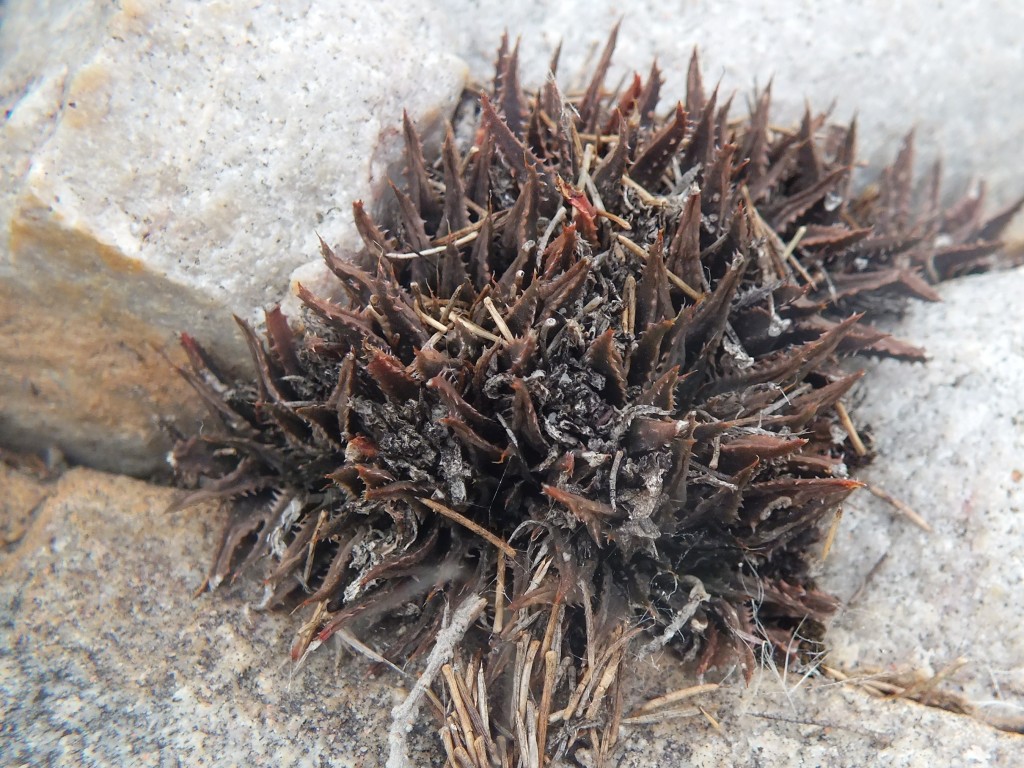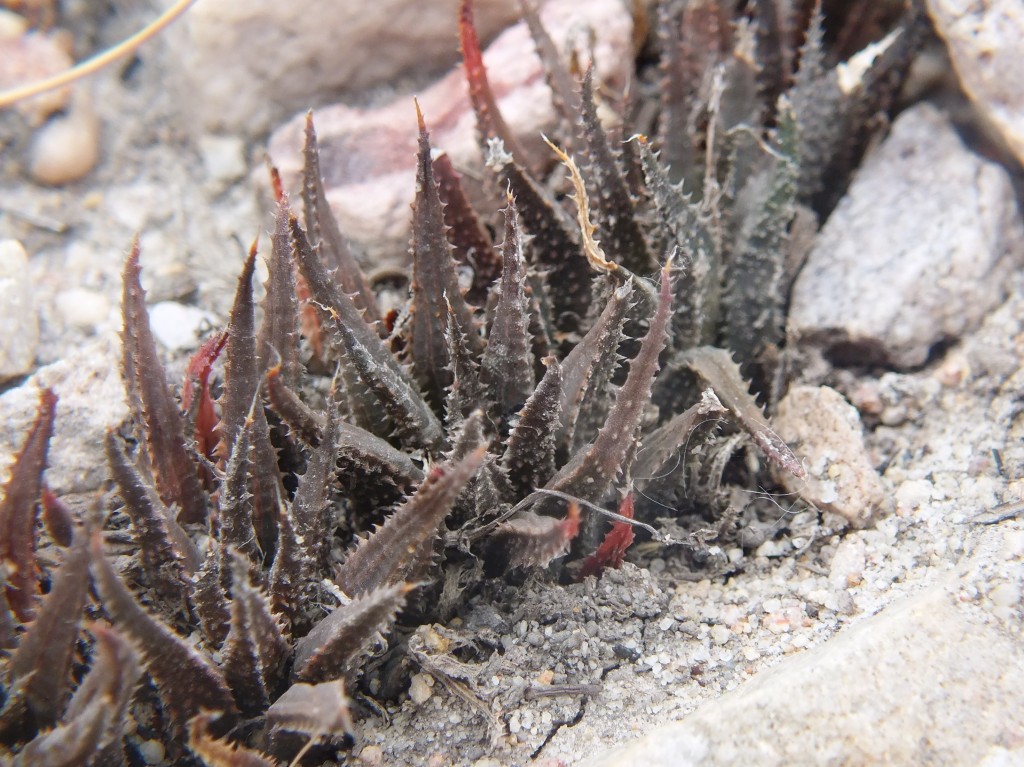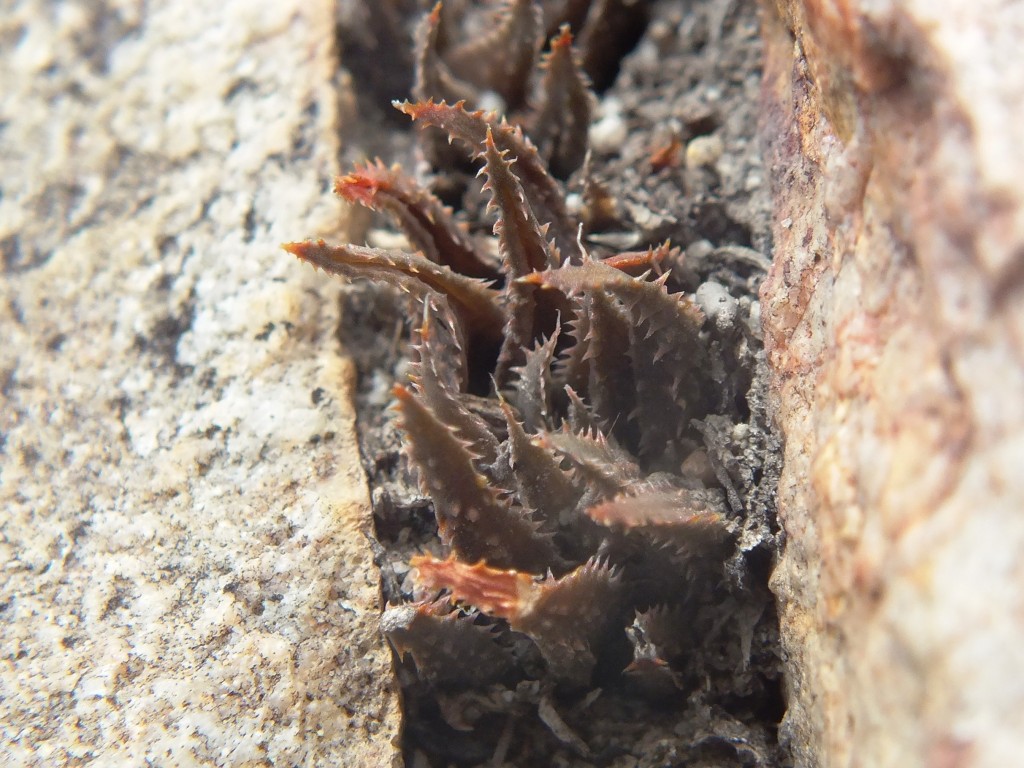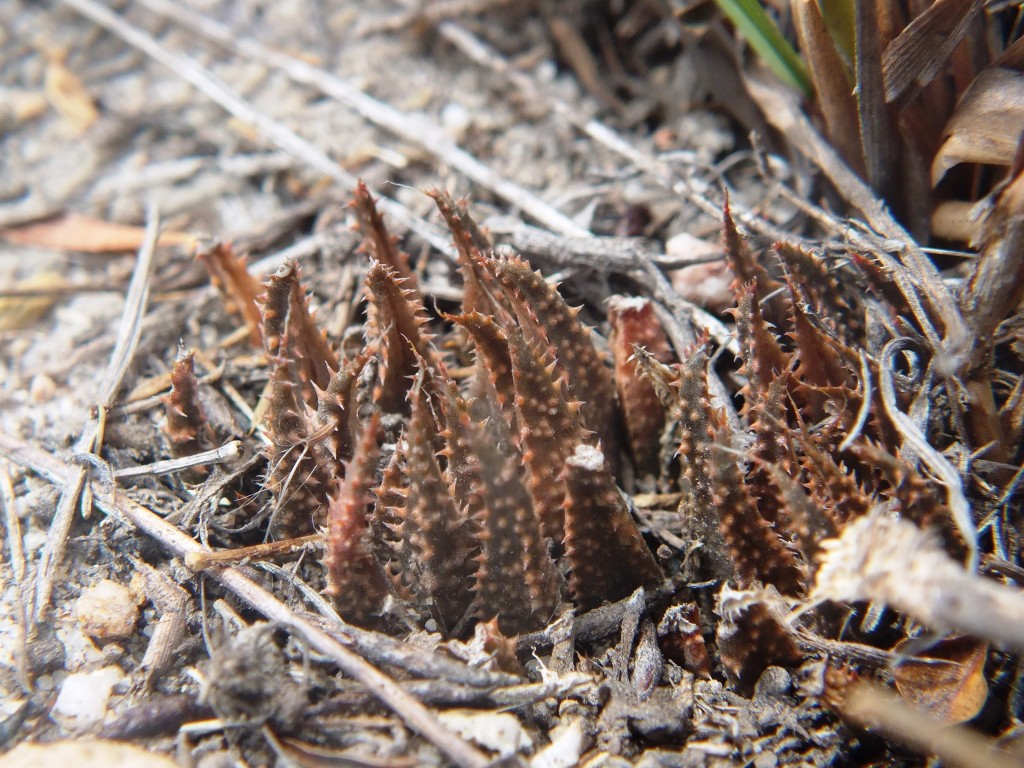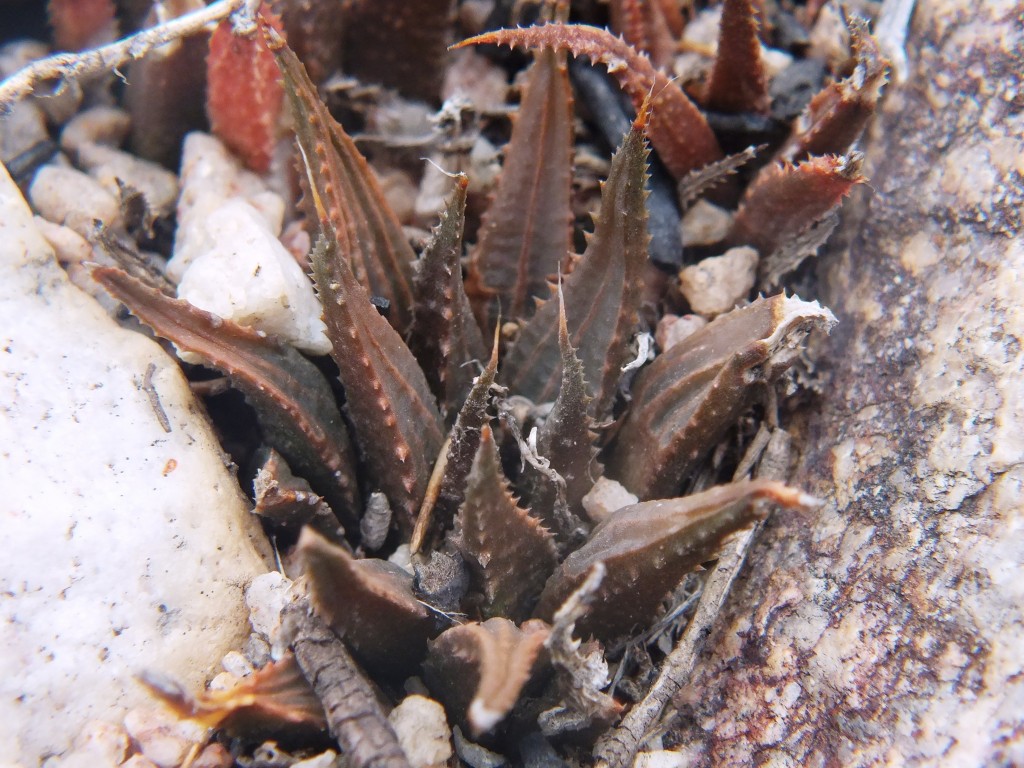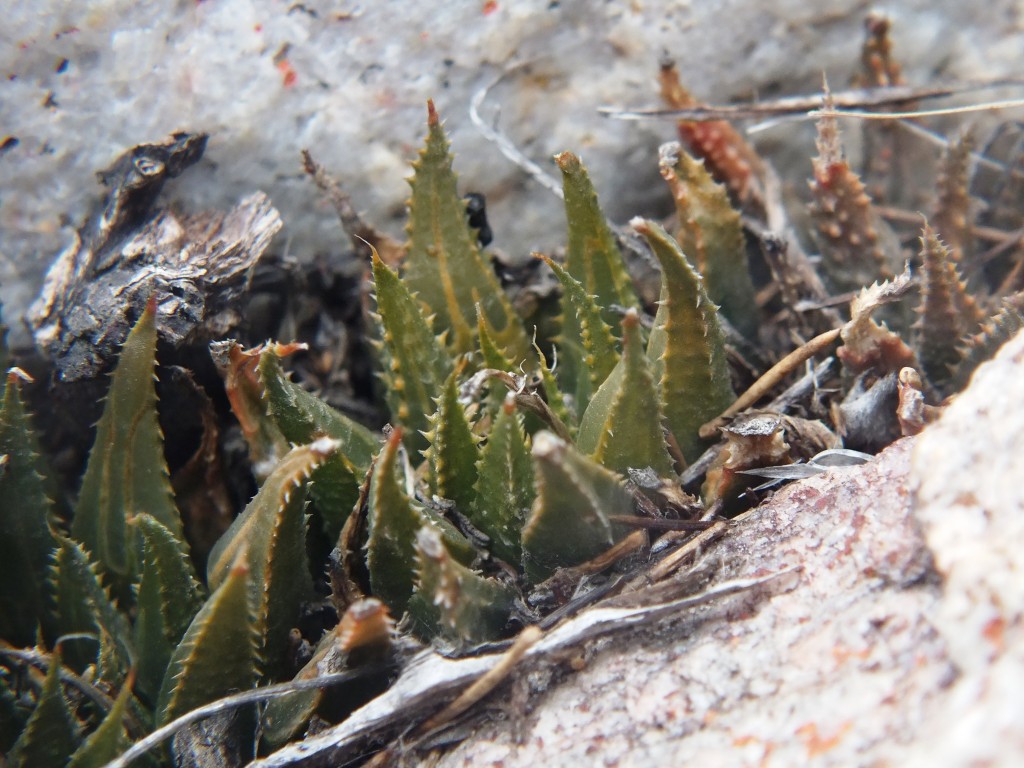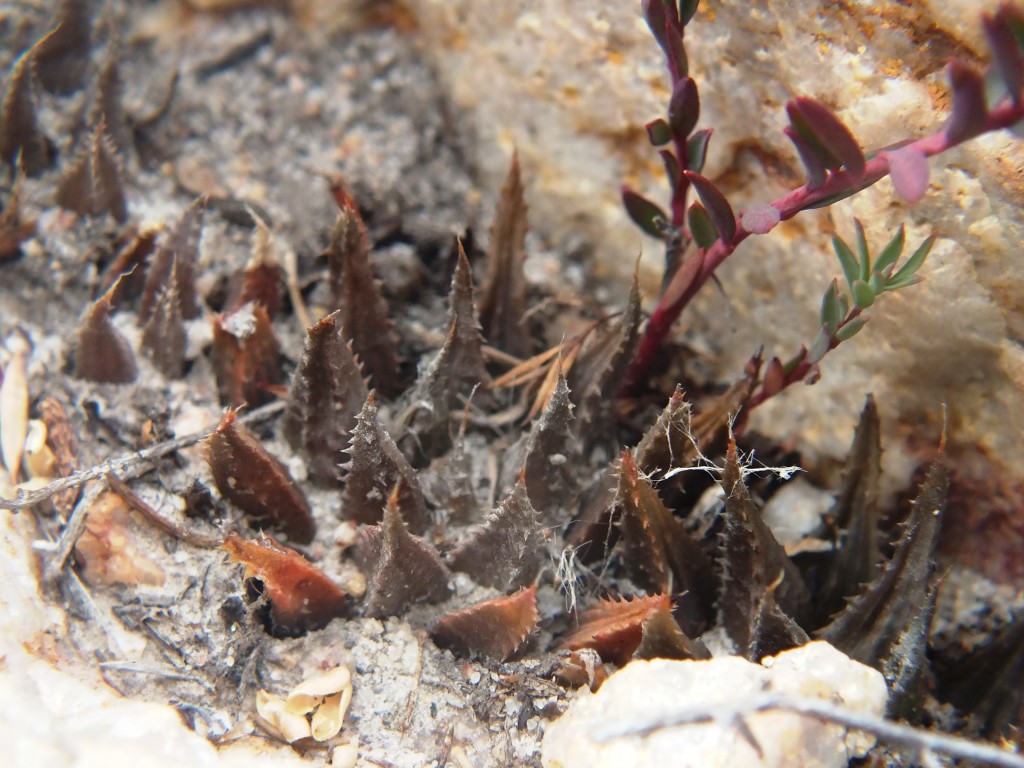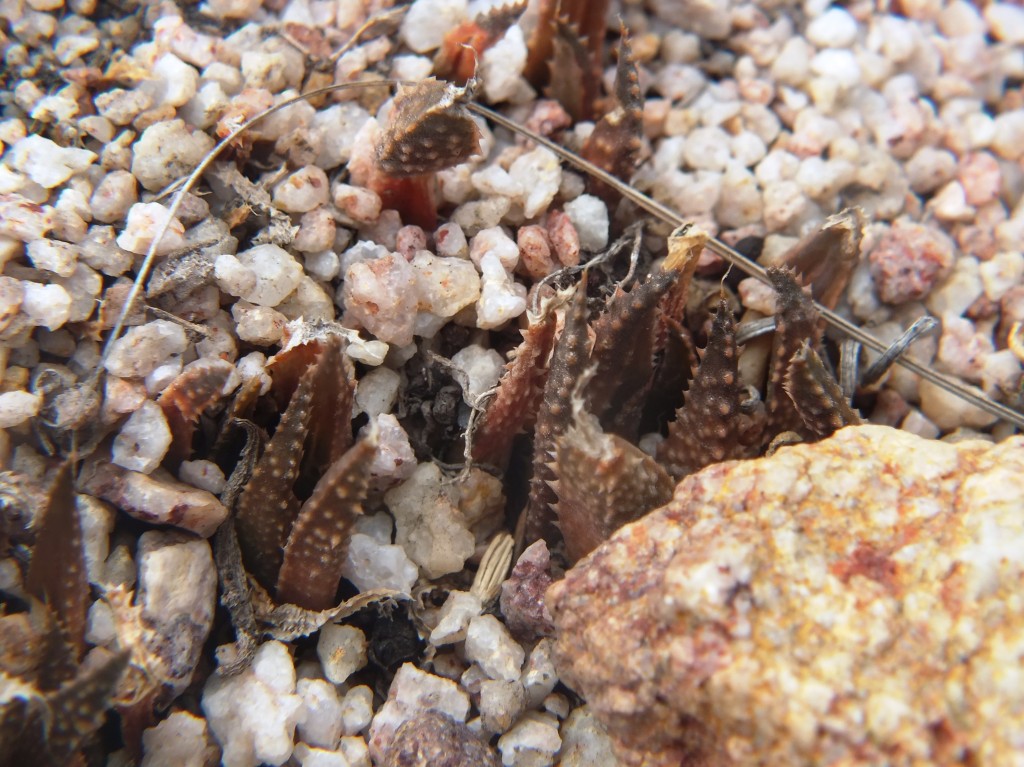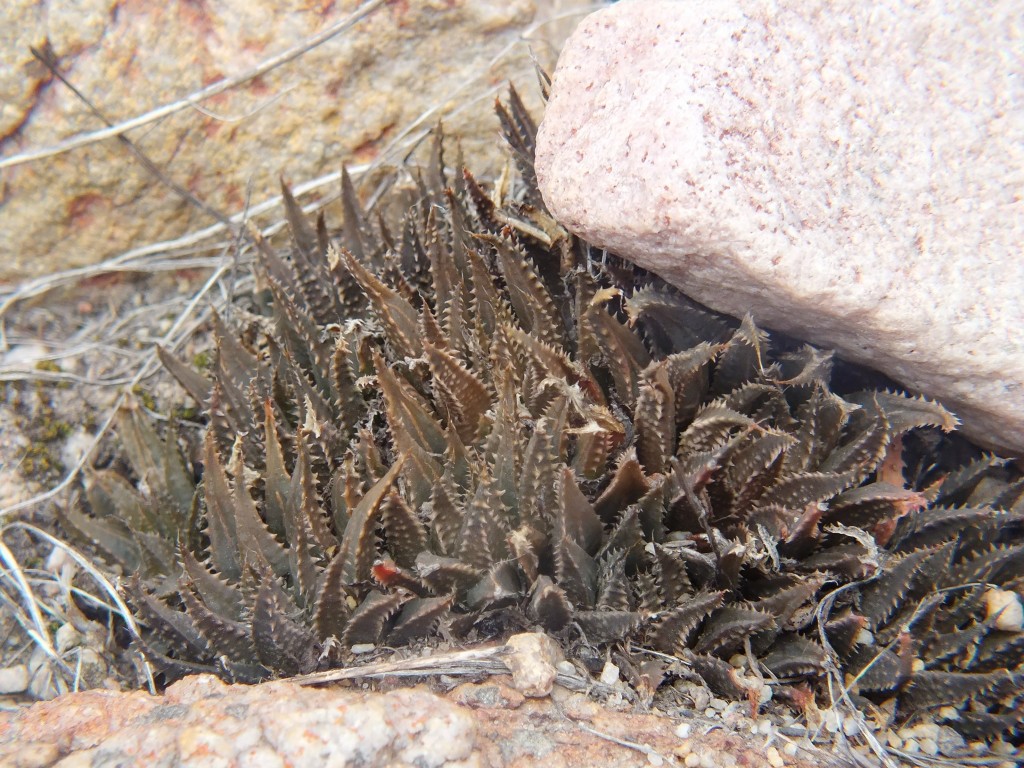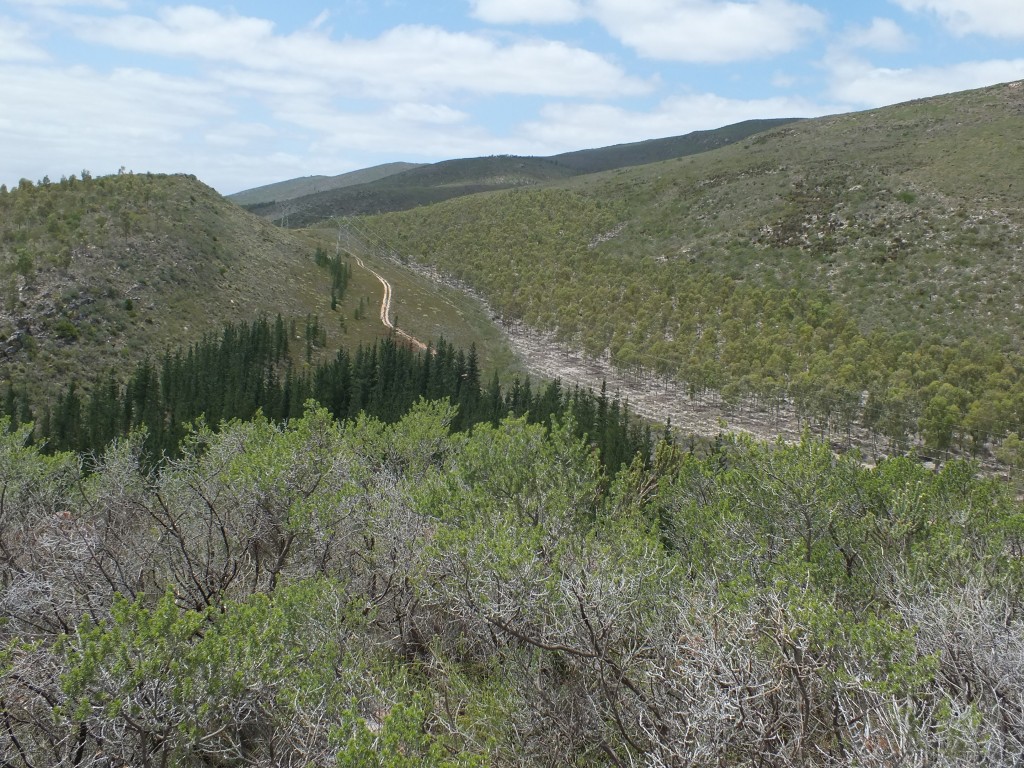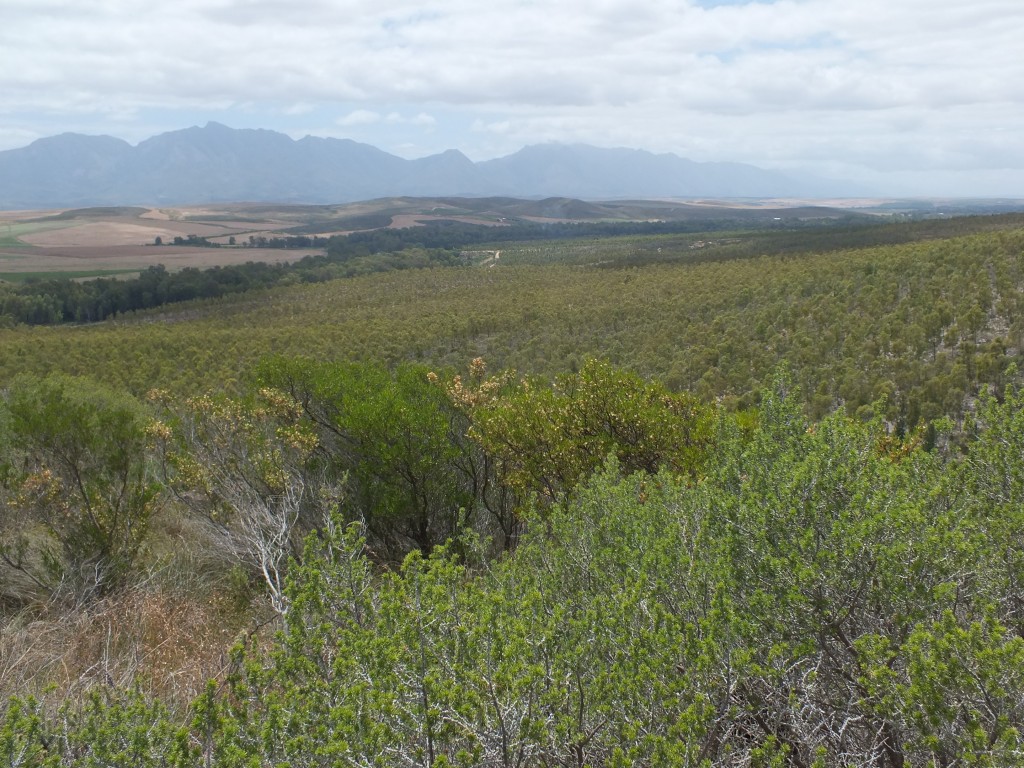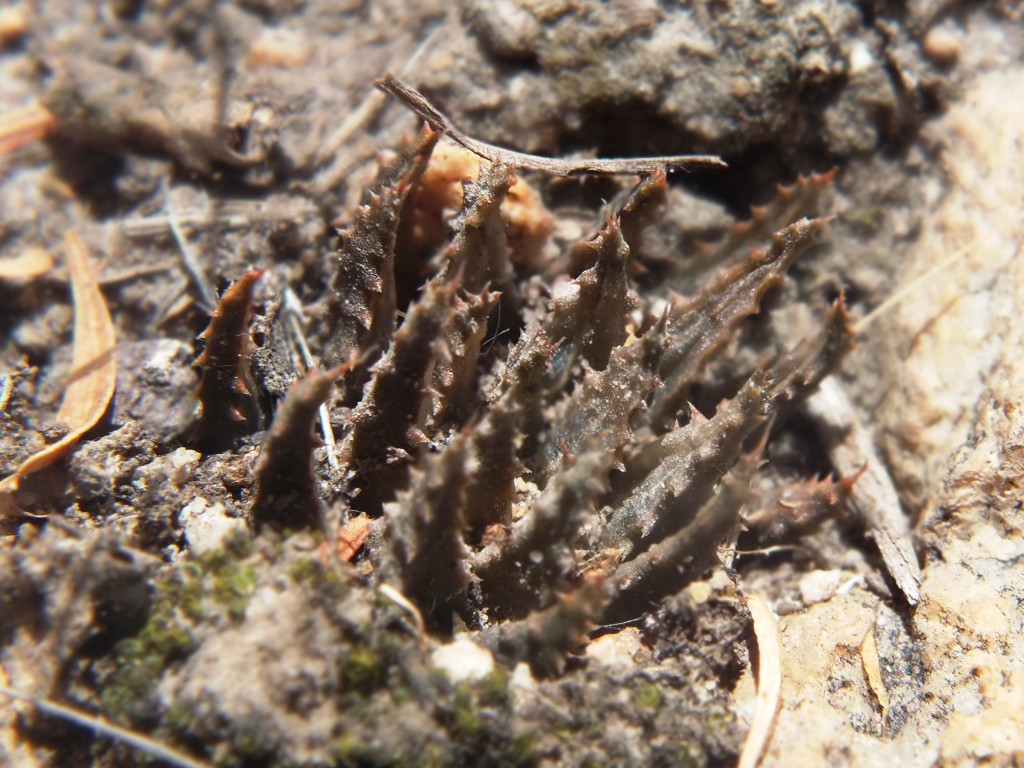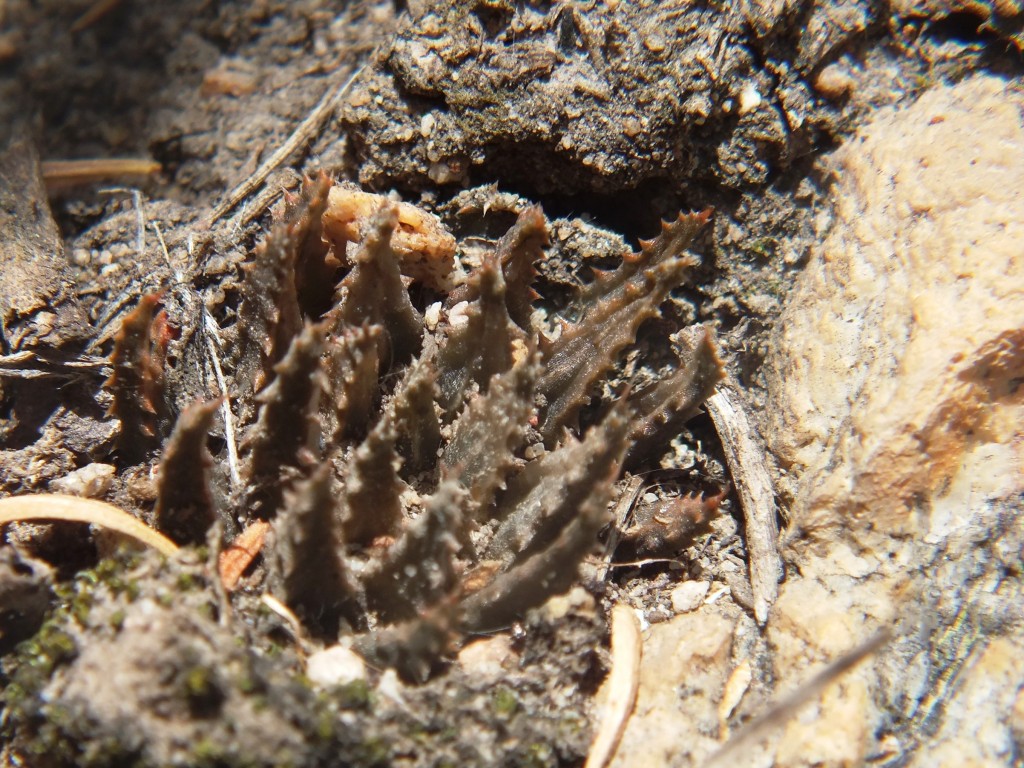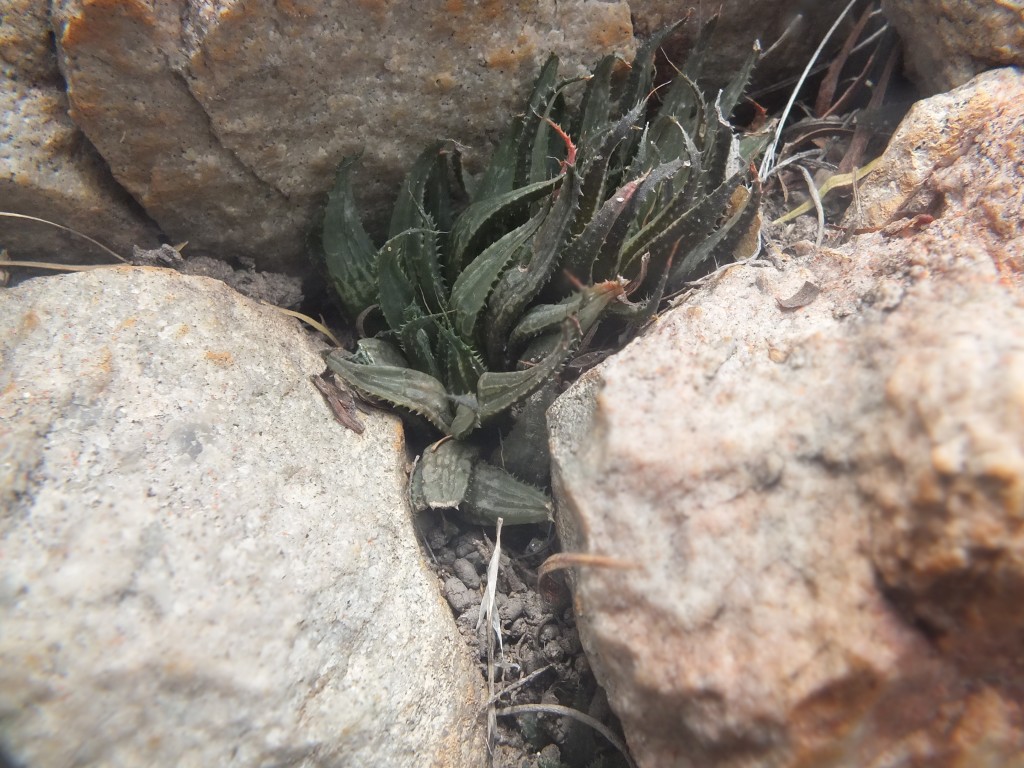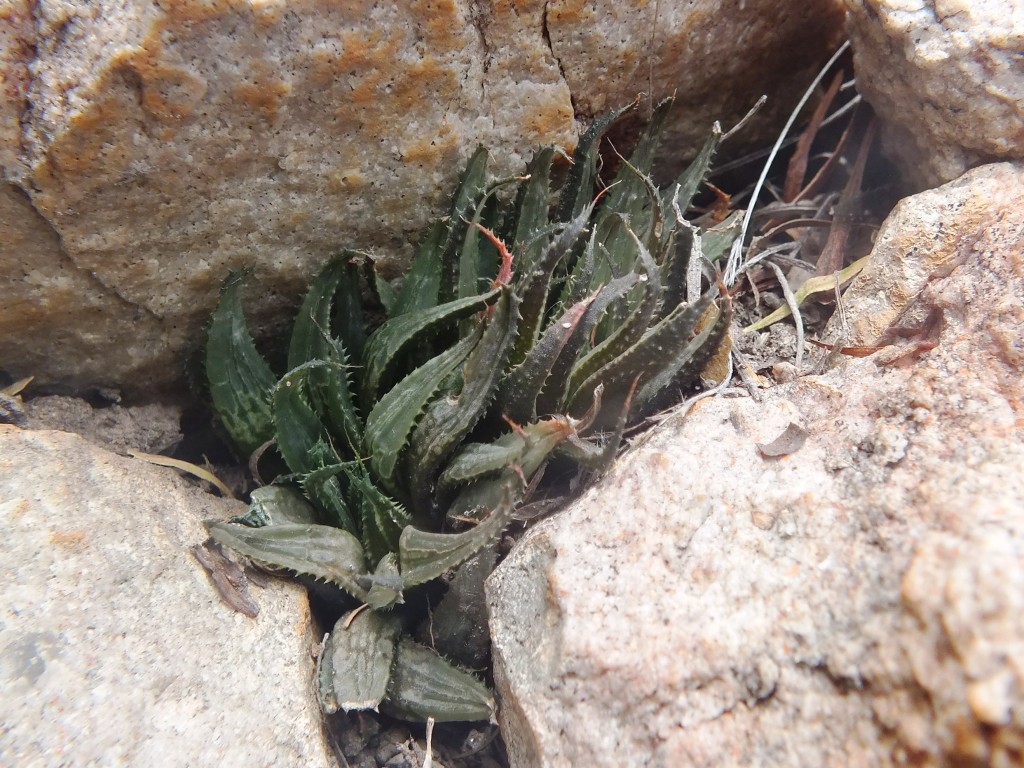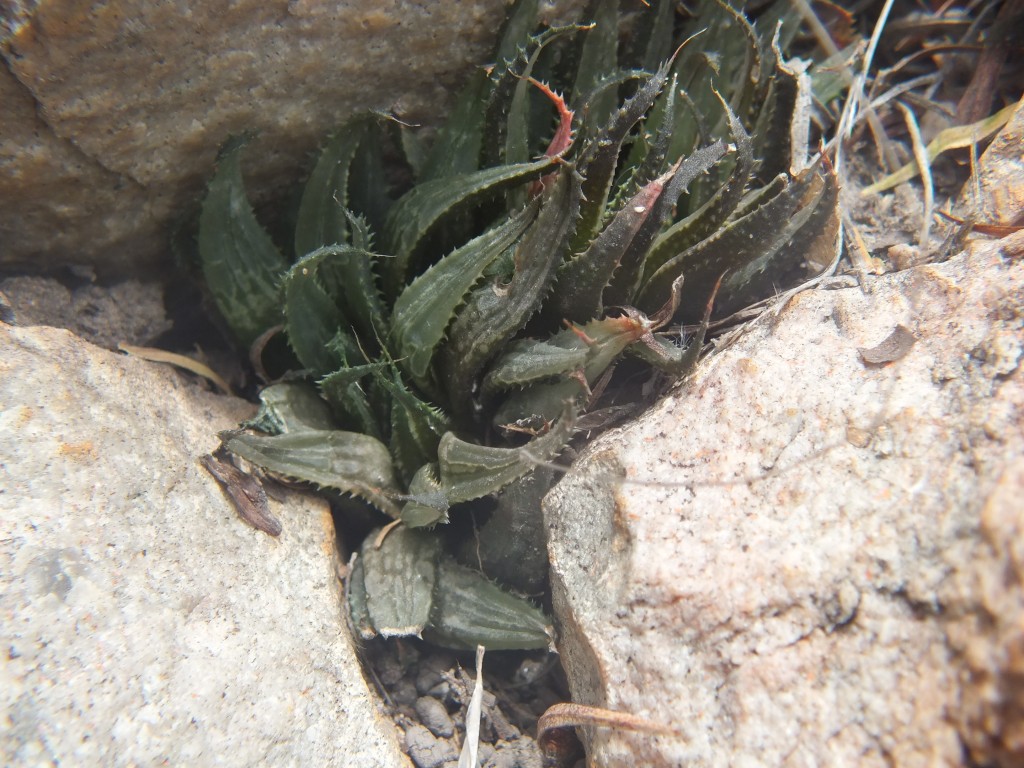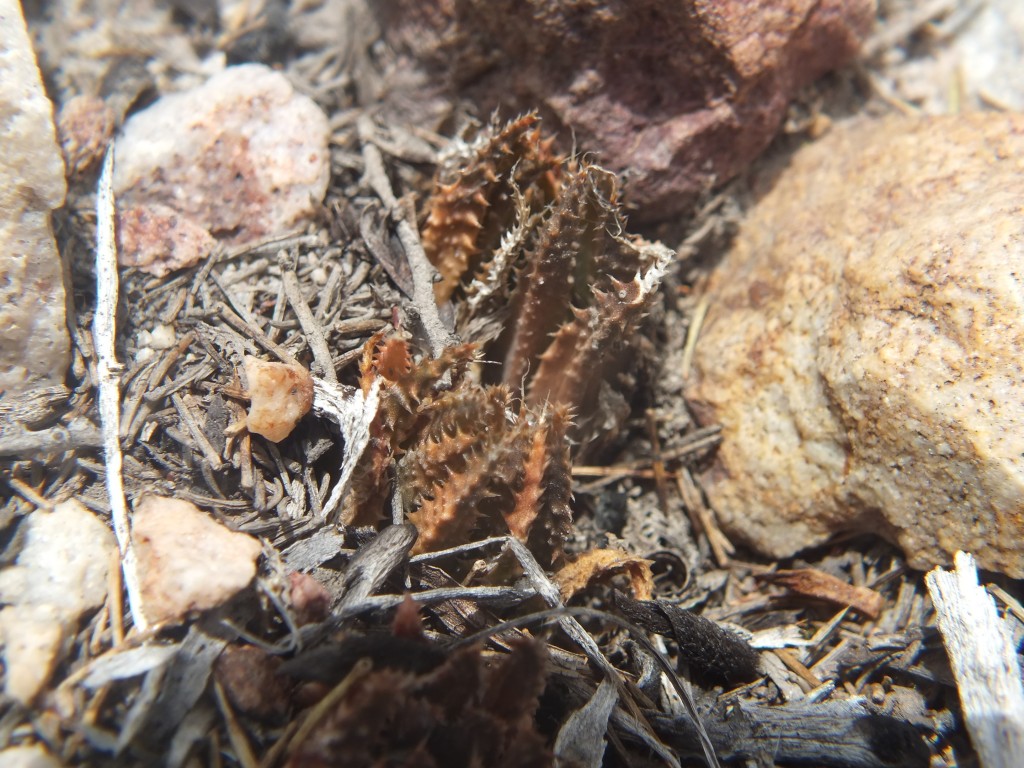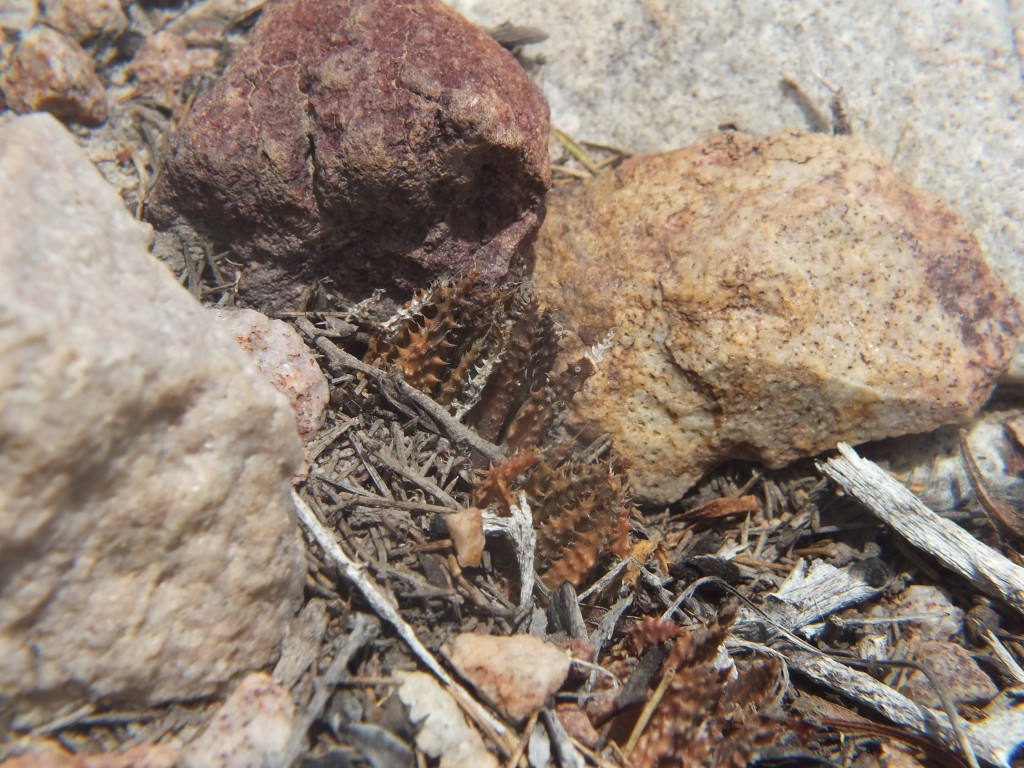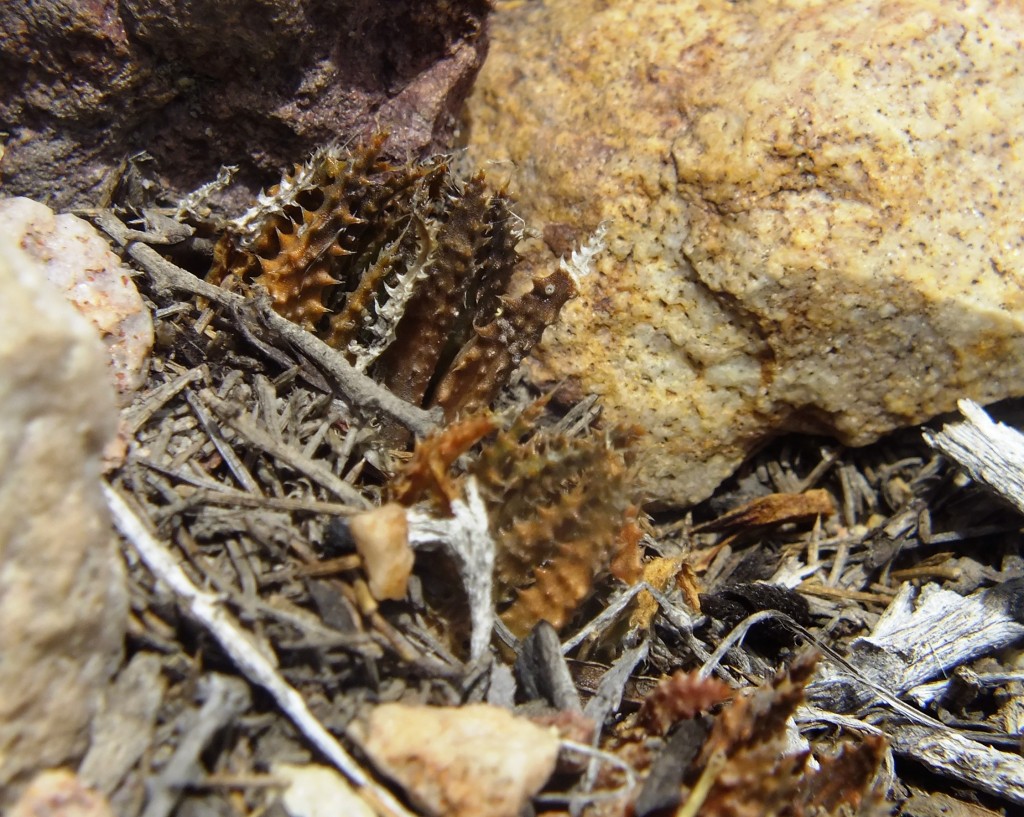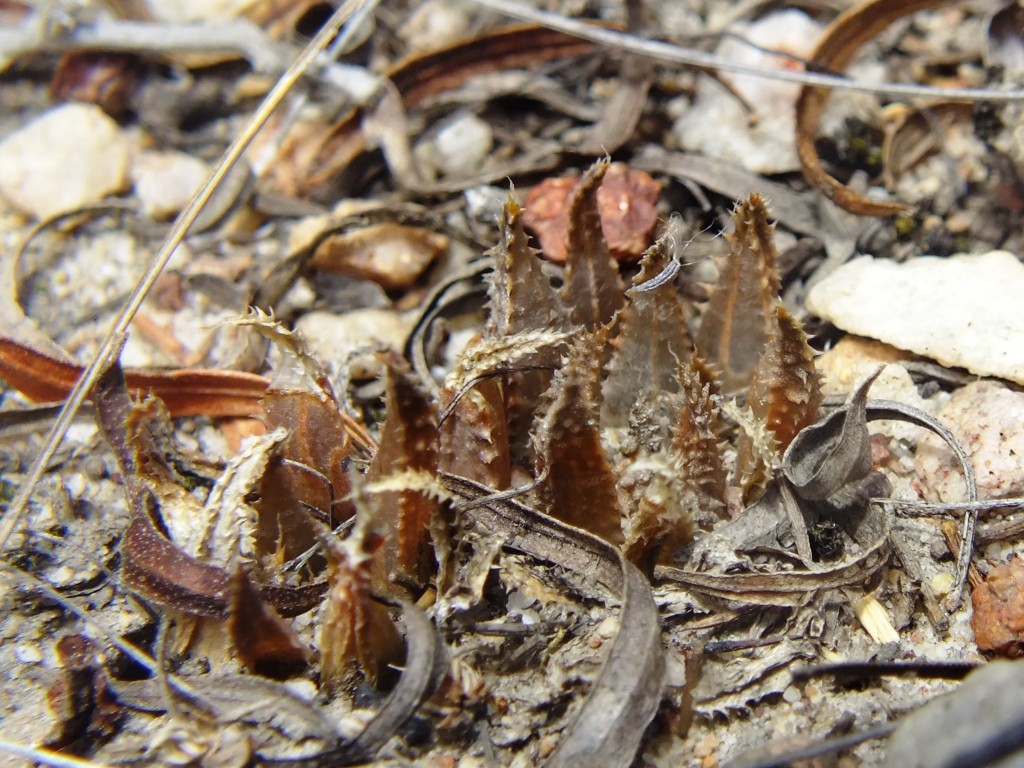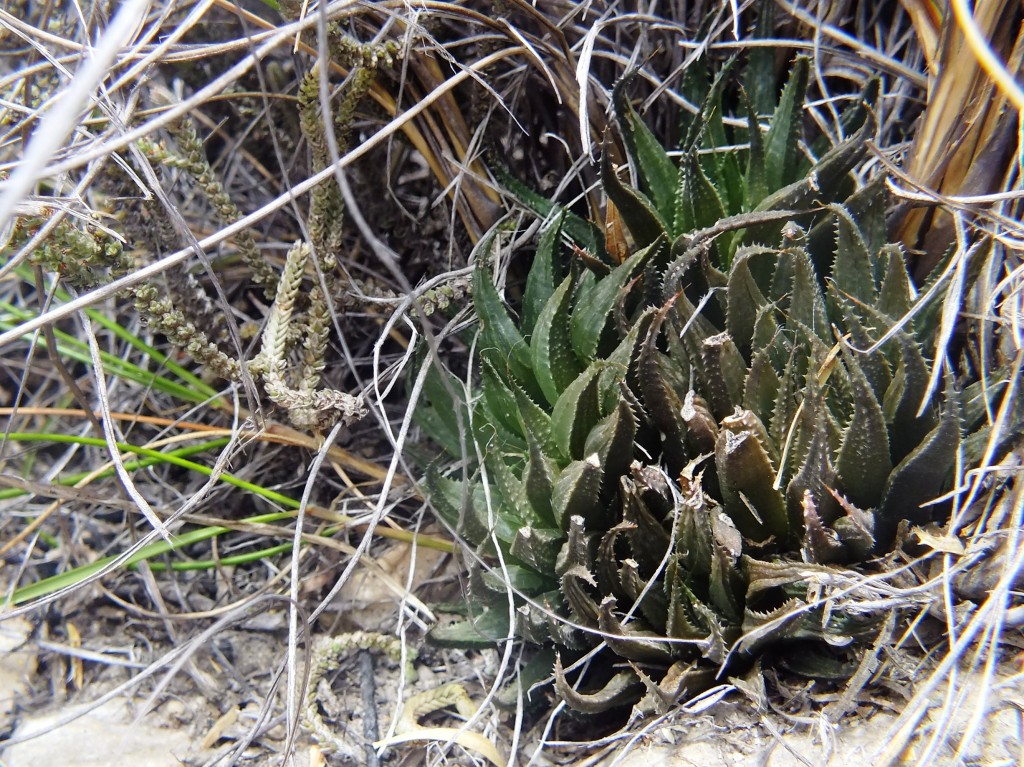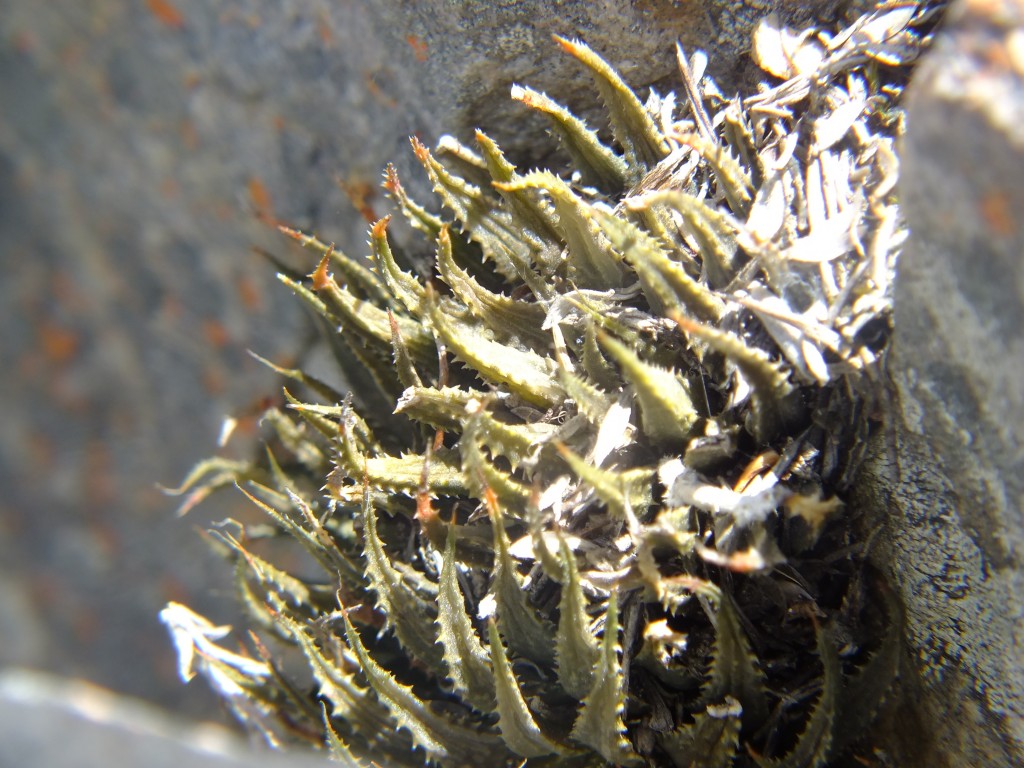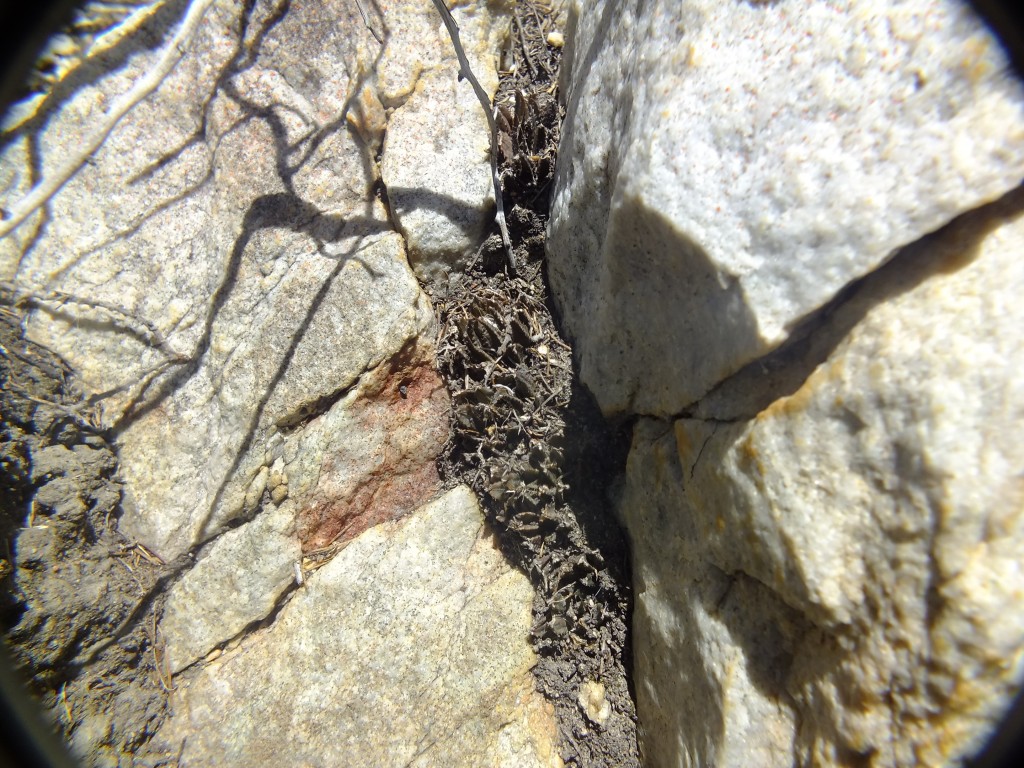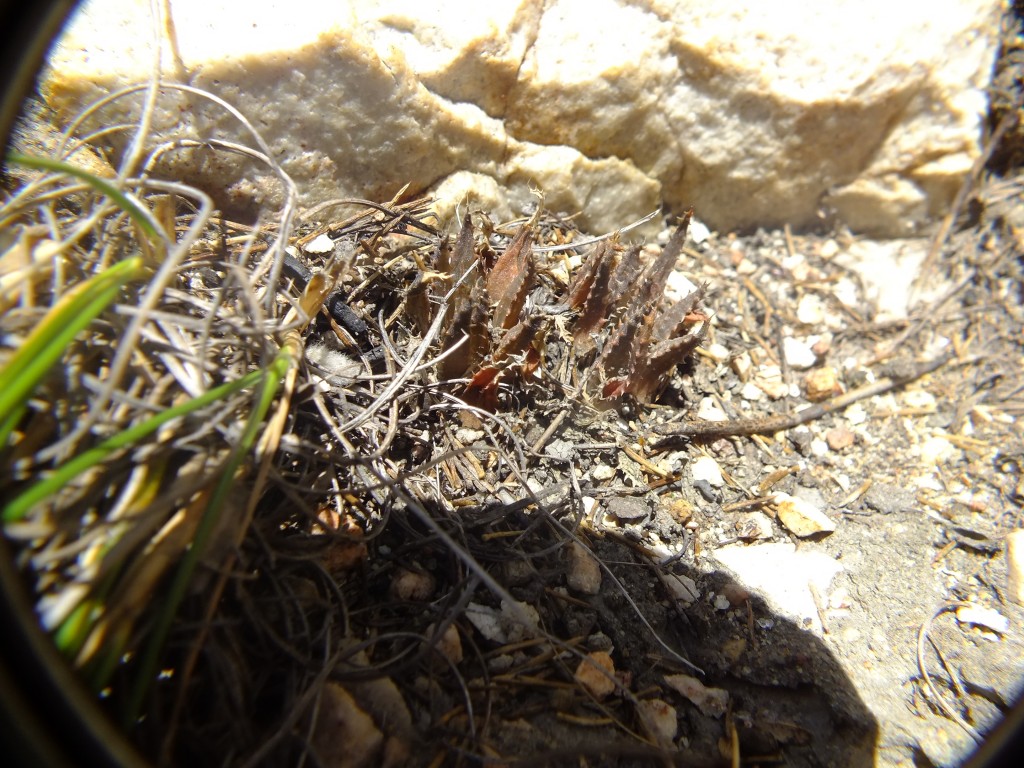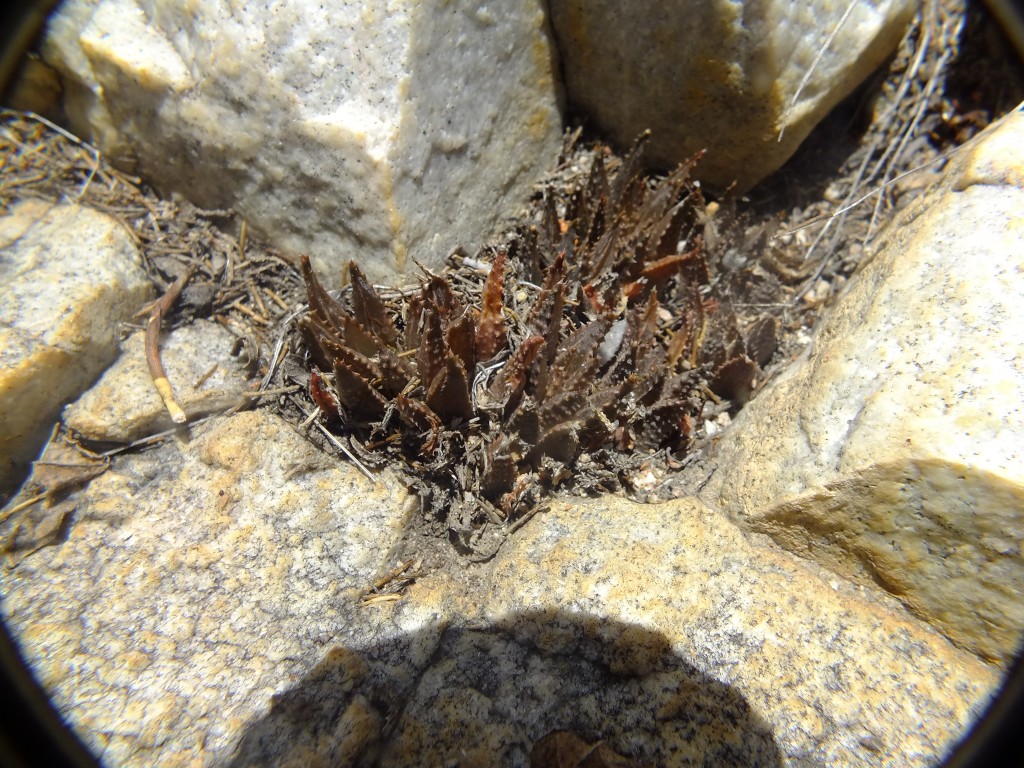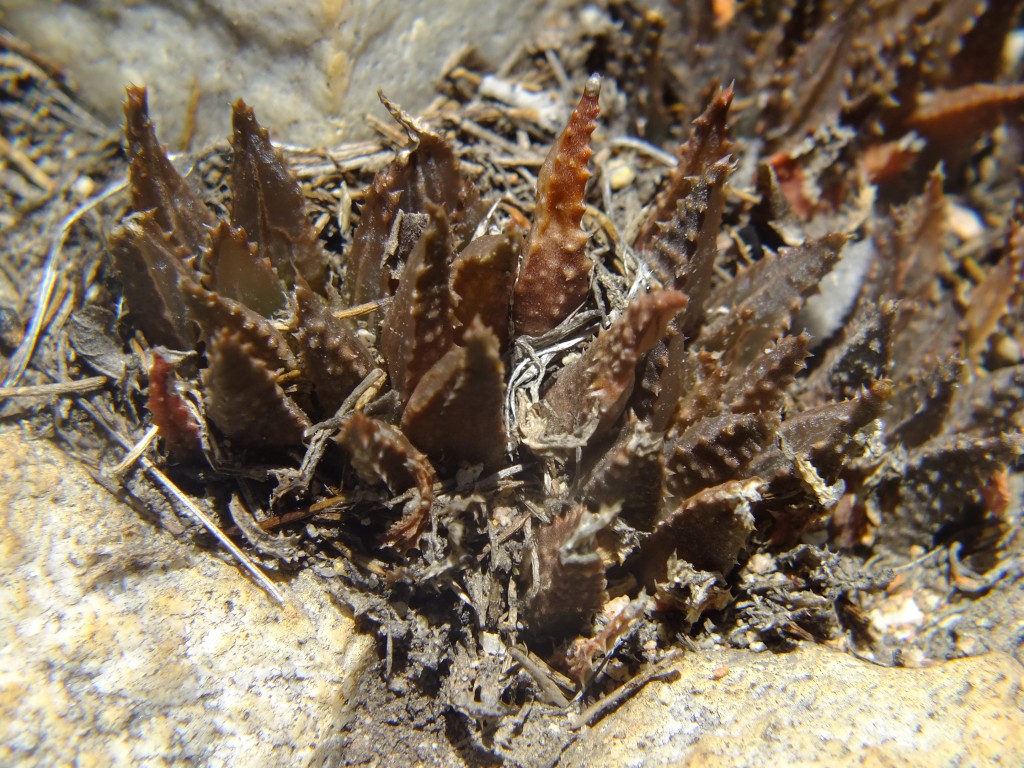Preamble: Maybe the difficulties and strife in Haworthia classification is that we do not know what it is that taxonomists do. Taxonomy is the academic discipline of defining groups of biological organisms on the basis of shared characteristics and giving names to those groups. The scientists that do taxonomy are called taxonomists. The names taxonomists give to species don’t just tell us what they are called, but also tell us about how they are related to one another. In the following article Bruce Bayer shares his views that Haworthia taxonomy should be about more than identification and descriptions, rather the interpretation of the characters that reveal genetic relationships and evolutionary pathways. ~ Lawrence Loucka, 7 September 2012
Genetic history – the place in Haworthia classification.
By M. B. Bayer
This is a huge subject and I cannot by aptitude or knowledge attempt to cover it fully. However, it is so basic to plant classification and Latin naming that we all need to have some background understanding. The entire object of classification boils down to arranging living (and once living things) in a scheme that follows the theory of an evolution from simple life forms to the present array of creatures. This is because it is thought to be the logical way in which knowledge of the said creatures should be organised i.e. according to the way in which they traveled the creative way. All classification is simply a way of organising information so that one can generalise from the singular to the plural.
Whether one believes in such a progressive process or in a spontaneous divine creative event does not matter. All the evidence points to change of some kind and if we call it evolution does not alter anything. It is argued that there is in fact no direct proof that, say, man evolved from a primitive primate. That may well be so, but there are many fossil primates that are speculated to fill that gap. The case is that evolution is a scientific hypothesis and science does not, or cannot claim, that this is proven. A scientific hypothesis simple stands as a possibility or probability of something known. Such a hypothesis can only be proven untrue, and then it is replaced with a new hypothesis that stands as the accepted truth.
Whatever, the ultimate truth of the matter, classification in science is directed at reflecting how the different life forms are related to each other in respect of change? In the acceptance of evolution the process of change is the genetic history of the organisms and is referred to as the phylogeny. It is often depicted as a branching tree with the branches originating low on the trunk as ancient origin, to terminal branching for recent.
My experience with classification comes with education and qualification in entomology (insects). It so happens in insects (and higher animals) that there are many characters and structures that can be used to examine the process of change and modification that might go with evolution (change). The word “homology” is used. So, say, the wing of a bird is likened to the forelegs of a dog – they are said to be homologous structures. The change in structure from that of a segmented worm (eg. Onycophora) to say, a wasp, can be tracked through a whole range of insects. The head of a wasp is seen to be derived from 6 primitive body segments, the thorax from three, and the abdomen from several. There are muscles and nerve endings and sub-segments that are all evidence of these connections. In entomology, there was a stage when a qualification in insect classification required the student to also present a phylogenetic scheme to explain relationships relative to an origin. This all based on morphological characters, their homology and their interpretation as primitive or advanced. What is really odd is that too often a classification comes to deny the variability that a concept of selection and adaptation that evolution rests on, is denied.
In plants there is no luxury of musculature, or nervature or even detailed bone or segmented structure on which to base good homology. Botanists are therefore very hard-pressed to properly derive phylogenies or explain this genetic history. Nevertheless a very serious and honest effort is done to do this. The process of cladistics was derived from entomology (Hennig) and became the standard for the student in botanical classification. Students were required to evaluate characters on a basis of primitive and advanced, and construct cladograms that illustrated a hypothesized process of evolution. The advantages of the method over conventional decision making were that it is said to be an objective way of arriving at a conclusion rather than personal subjective decision making. With the complaints against my use of words and language, it is worth noting the remarks of a leading botanist who said that the methodology of cladistics was just the use of a new language that did nothing more than strain good-will. Agreed.
With the arrival of DNA sequencing, a whole new ball-game was created with each amino-acid base pair representing a character. So DNA sequencing has become the modern standard for the construction of phylogenies and genetic history – the phylograms. So much so that the article in Taxon 56:645-648, 2007 by A.B. van Wyk argues that the phylogram represents the process of phylogeny as the genetic history as opposed to the cladogram that attempts to construct the genetic history. I personally think that this is intellectual wizardry and the literature references in the Taxon article only expose the mystery that surrounds classification. It takes classification wholly out of the reach of any but a polymath. Basic to the whole issue is that scientists still have not reached any certainty about what a species is. The theory of evolution is not disproved. Van Wyk has said
Plant taxonomy, despite all its impressive achievements towards phylogenetic reconstruction, will then risk being denoted as yet another ivory tower science – a pursuit disconnected from the practical concerns and needs of everyday life, esoteric, over-specialized, its classifications of little practical use to the majority of end-users”.
It sounds very impressive, but I weep for the fuel that it adds to the fire of ignorance.
What truly appears to be the case to me is this. To construct a cladogram, the taxonomist needs to be very familiar with the plants and have a good understanding of the characters being used in the process; adjudging them according to some scale of advanced or primitive. The DNA sequencing method requires no knowledge of the plants at all and a phyllogram simply follows a statistical analysis of equivalence of the base pairs. What I see is DNA derived products that so far tell me no more than I already know about the genera, and nothing at all about the species other than some serious mismatches.
I argue for a species definition, not as some vague statement that species are things into which a genus can be divided, or simply a list of names under a Latin genus heading, or the zoological concept of closed breeding systems. My definition drawn from a lifetime of interest, observation and experience in things material as well as esoteric, is that the creation is a conscious one. This is not a new idea of mine. The conflict between religion and science is that the one maintains that creationism followed some sort of seven day event as in the book of Genesis. Whereas science (as we practice it today), has its origins in the quest for freedom from any such religious belief system. Whether creation began as a big bang, and complete or incomplete does not matter to me. We are faced with natural phenomena in the present that we can observe have changed and are changing. I do not think either the cladogram or the phylogram is anywhere near good enough as an answer, because they are two-dimensional diagrams that do not adequately portray the realities of time and space. Not only that, a three dimensional improved tree model will not show how fast things change within a time span. My model of the species tree is a fractal model that suggests species in a process of “chaotic” order. By the word fractal I mean the endless variation that seems to have no order. While I insist that the concept of a species of Haworthia must mean the same as the concept of a species of insect or frog, or bird or mammal, I do not mean that each species of Haworthia has the same branch clarity on any tree depicting relationships.
What I do not know is how fast populations might change in the process of genetic drift i.e. move off in a direction determined just by the local genetic content. Neither do I know how much nor how frequently interchanging of genetic material between populations occurs and how this is affected by distance between them. In the field there is a very distinct flow of difference (or similarity) with geographic spread. I have repeatedly found that with widely separated known populations, new populations between them are predictably intermediate. It does not seem entirely rational that there are not more random isolated individuals. My experience with hybrids is that they are very local to the mother plants while any populations tend to be very confined and local. What is odd is that hybrids may be found despite great differences in flowering times of the parent species.
The reality in Haworthia, however we define species, is that there are populations that are neither one taxon nor another. If the classification were to present a basic requirement that ALL populations known and unknown must fit the model, then definitely we have to consider that there are considerably less species than other writers are prepared to consider. One can continue building a classification from the top in which each new population is simply described as something new and given a Latin binomial. This process was suited to the origins of botanical exploration as well as nomenclature. It does make it a lot easier for collectors and the exciting process of always novelties for the collector. Alternatively one can decide that classification is by this stage a fully predictive one and one that must primarily suit the requirements of botany. If only botanical classification was more professionally and rationally based. Sampling is very extensive and a classification based on the known, is predictive. Personally I am very comfortable that I have achieved this in large measure – not entirely, but close enough and a lot closer than some critics will concede. With all that said and done, it is just a sad fact that formal classification is too often undertaken by people who have a need. That need may satisfy them within the limits of their personal experience and knowledge, with an uncomfortable disregard for the depth of knowledge elsewhere.
Reference: Readers can refer to the article in Haworthia Update Vol.2:149 (2006) “Nectar sugars in the Alooid minor genera and a need for another model”. That article is also posted to the internet with much of my other writing in HaworthiaUpdates.org.

